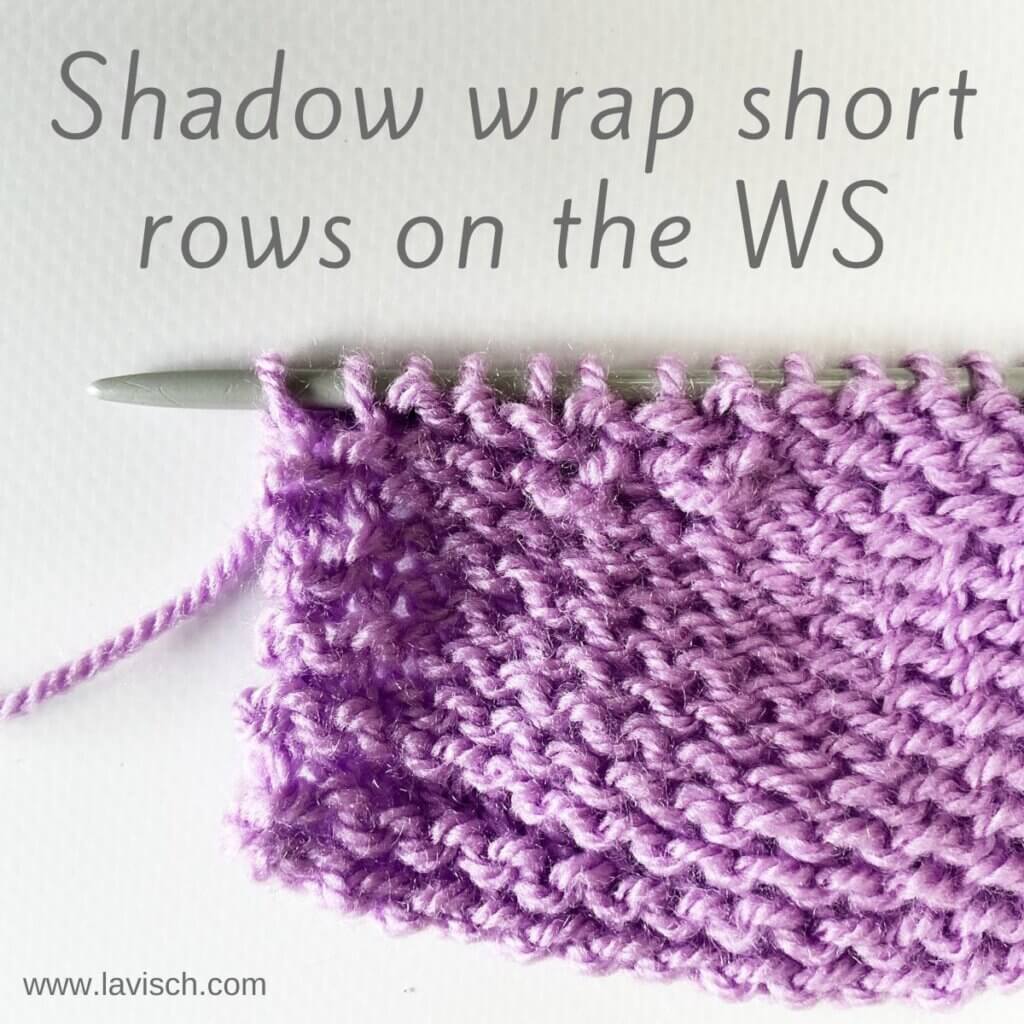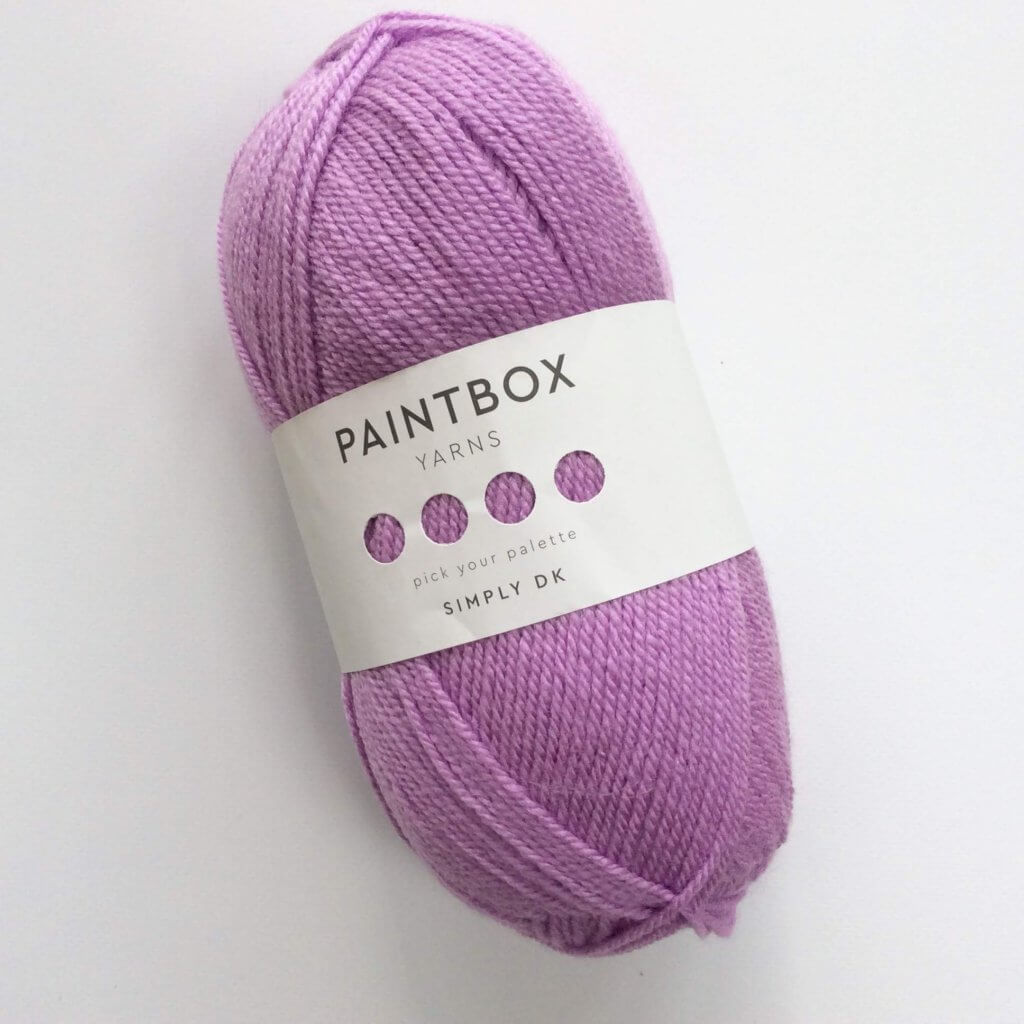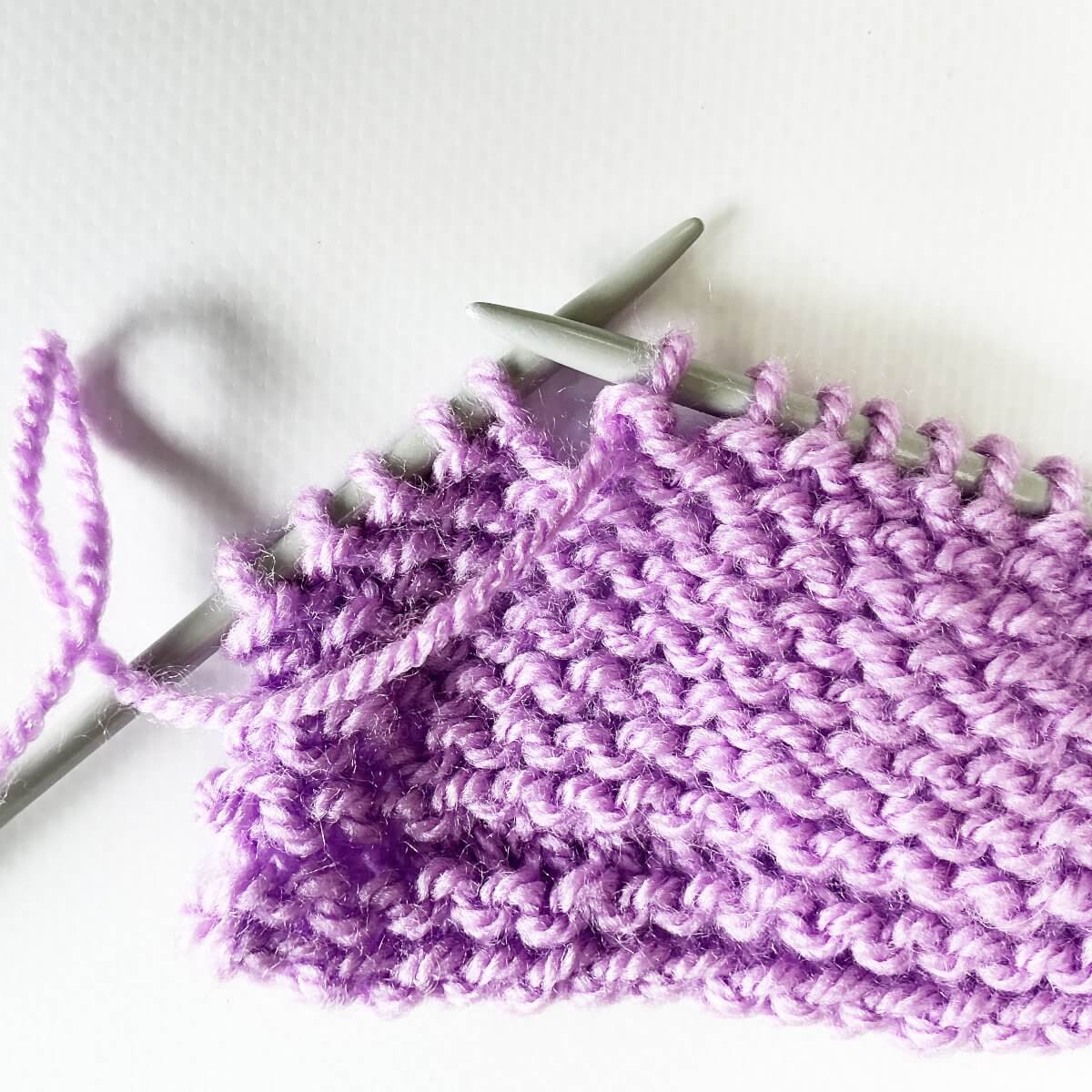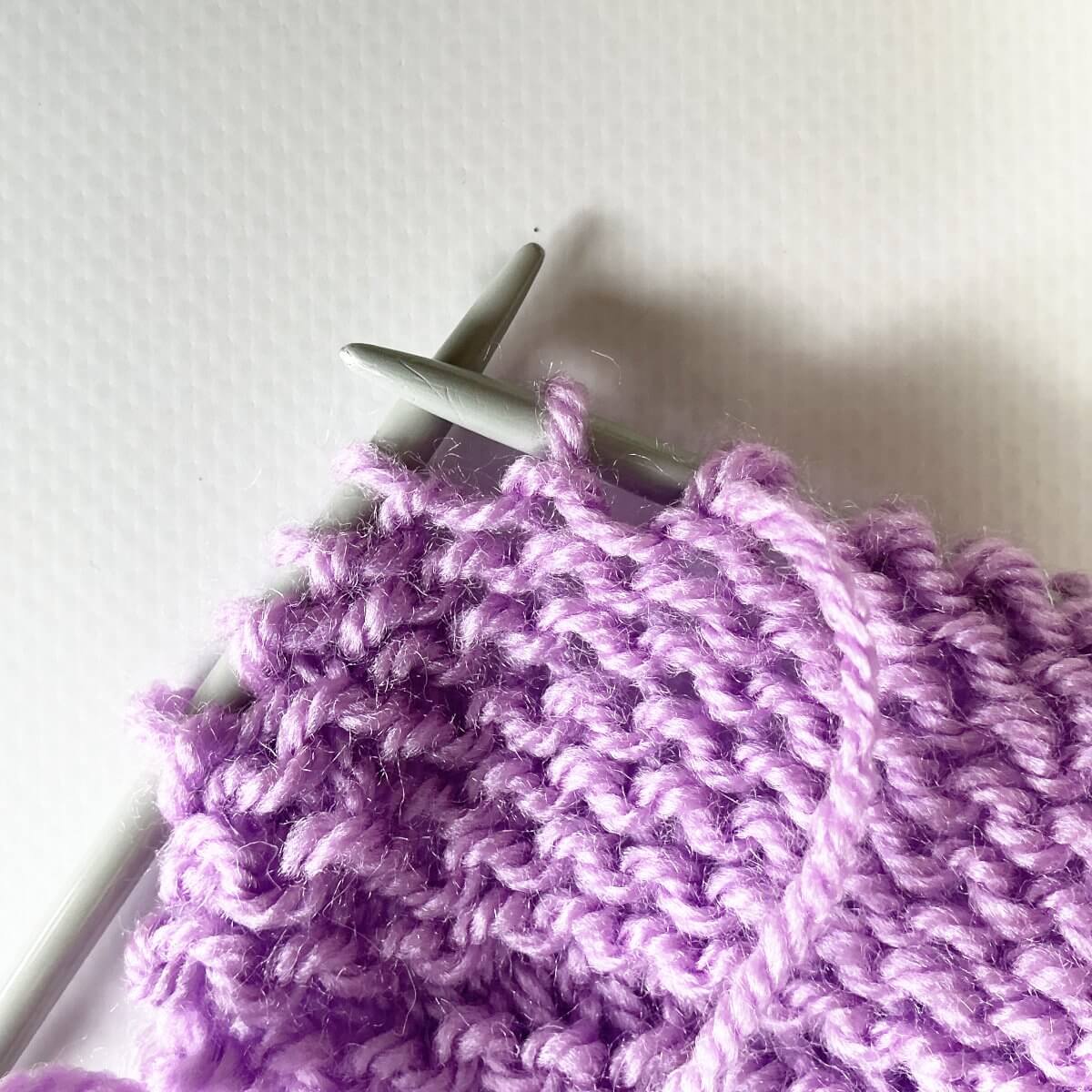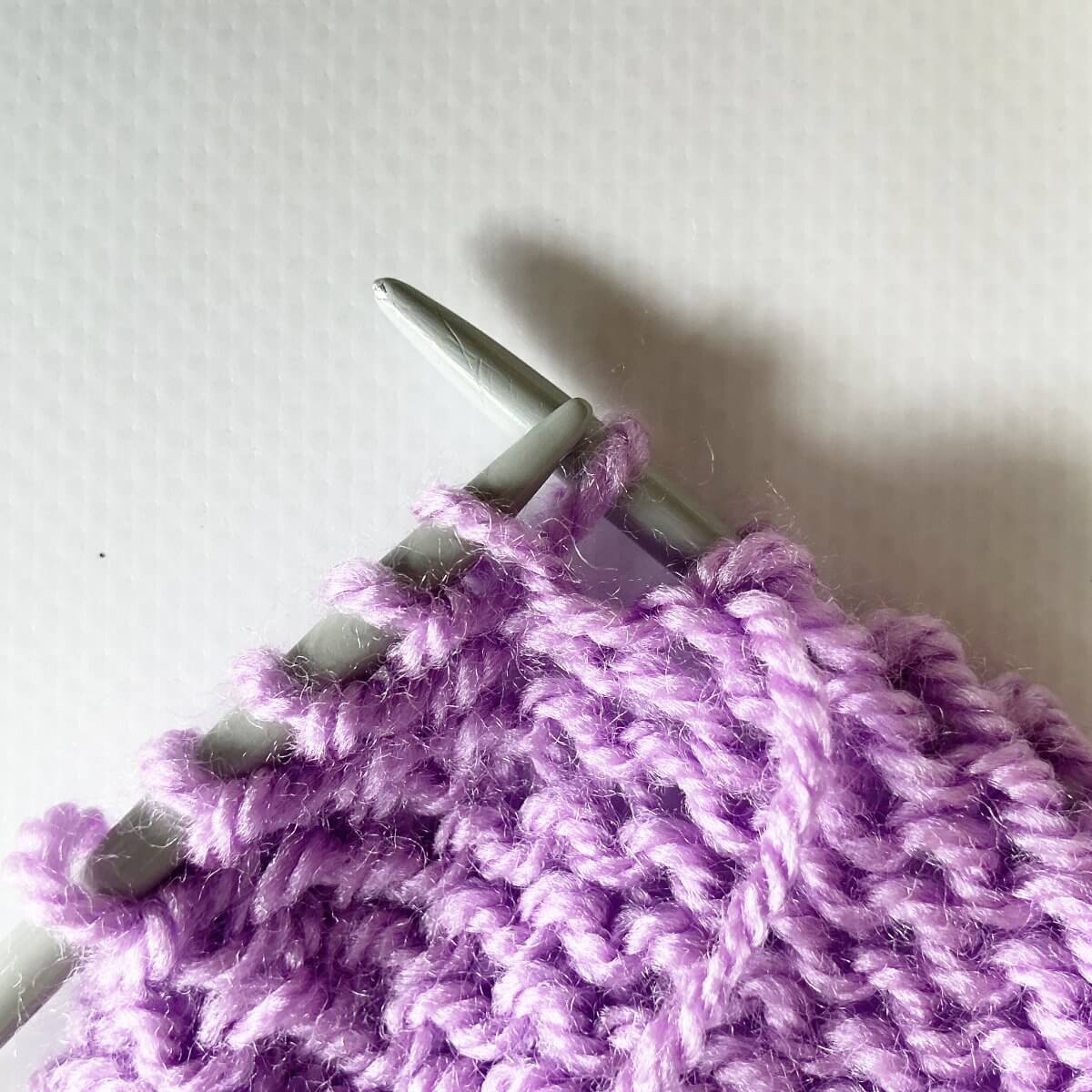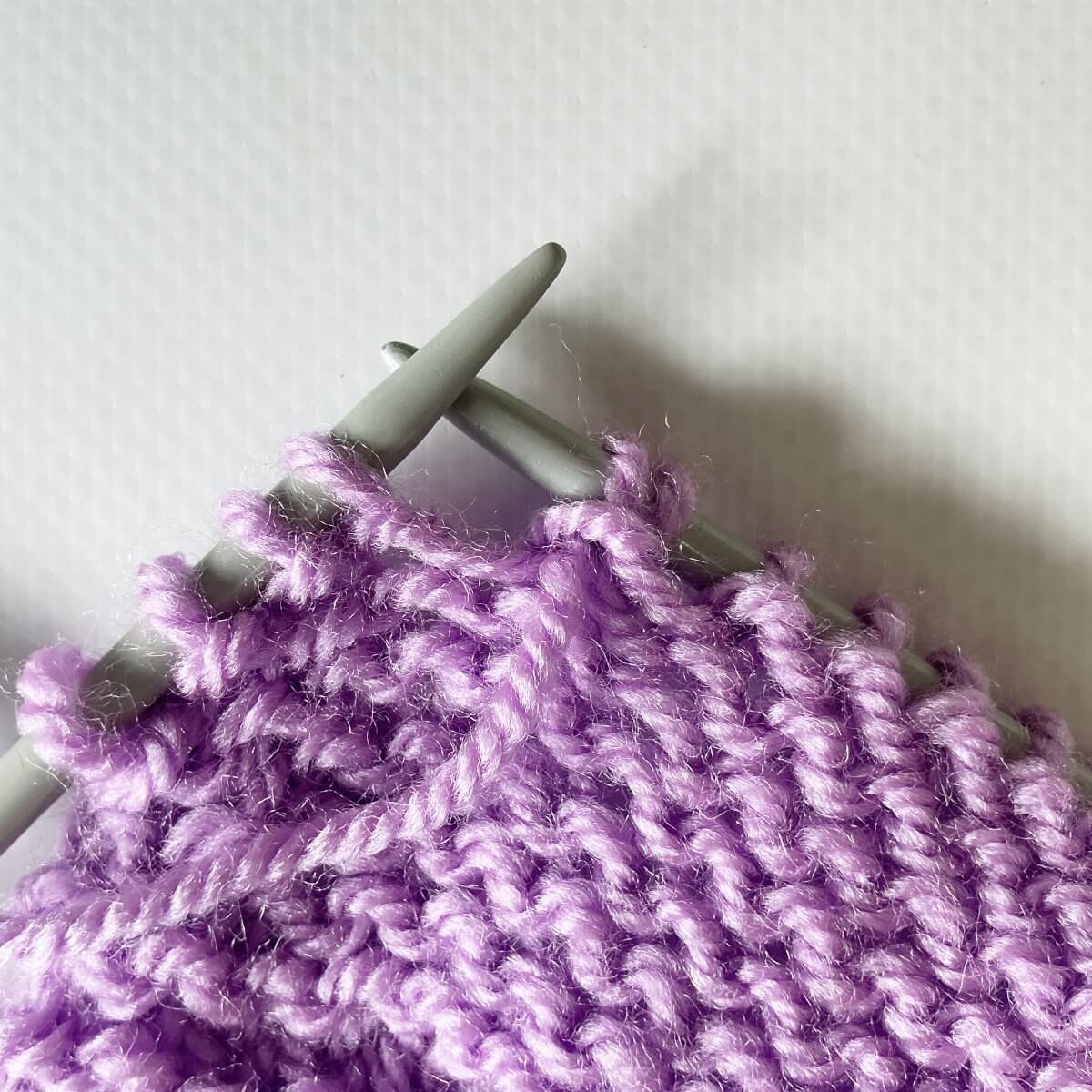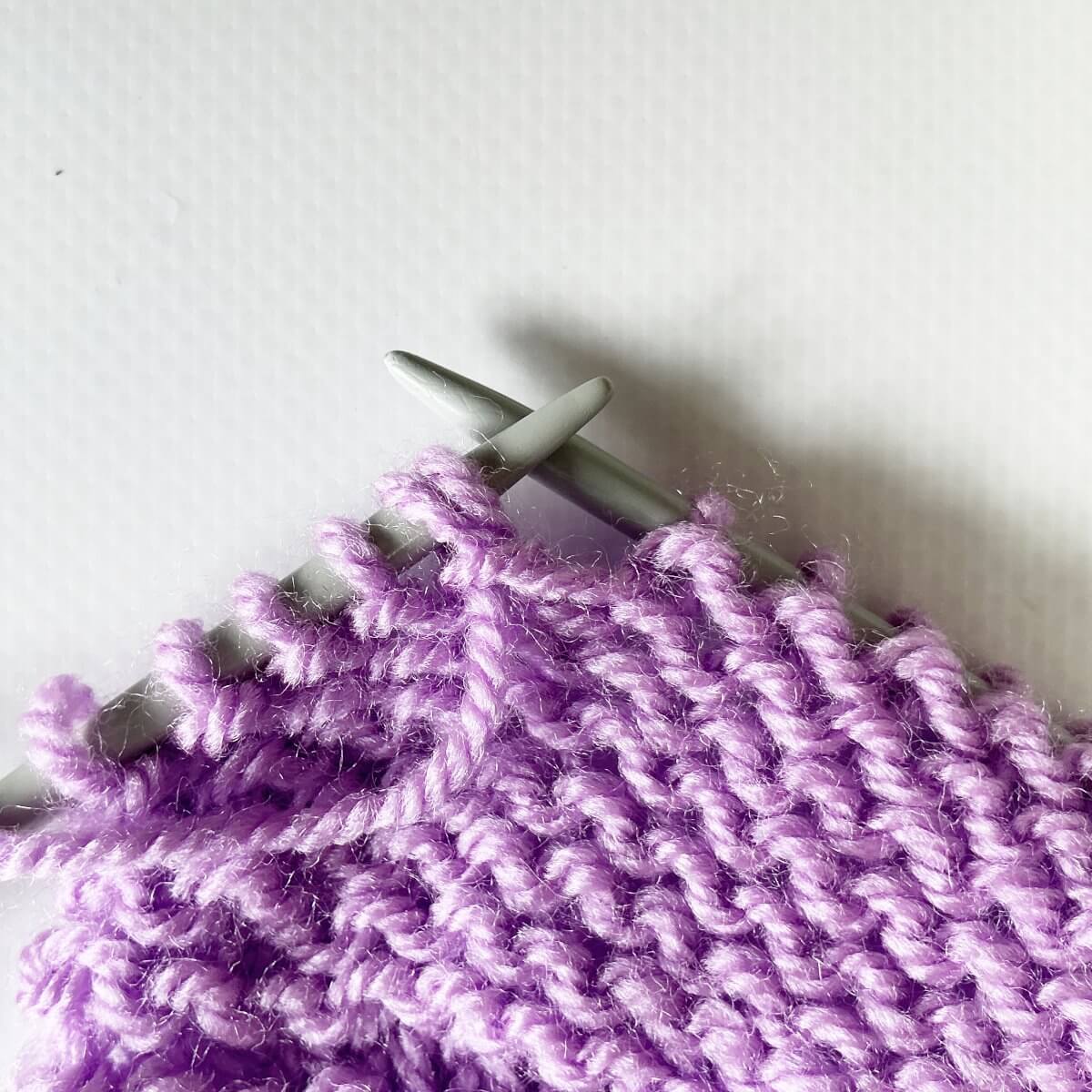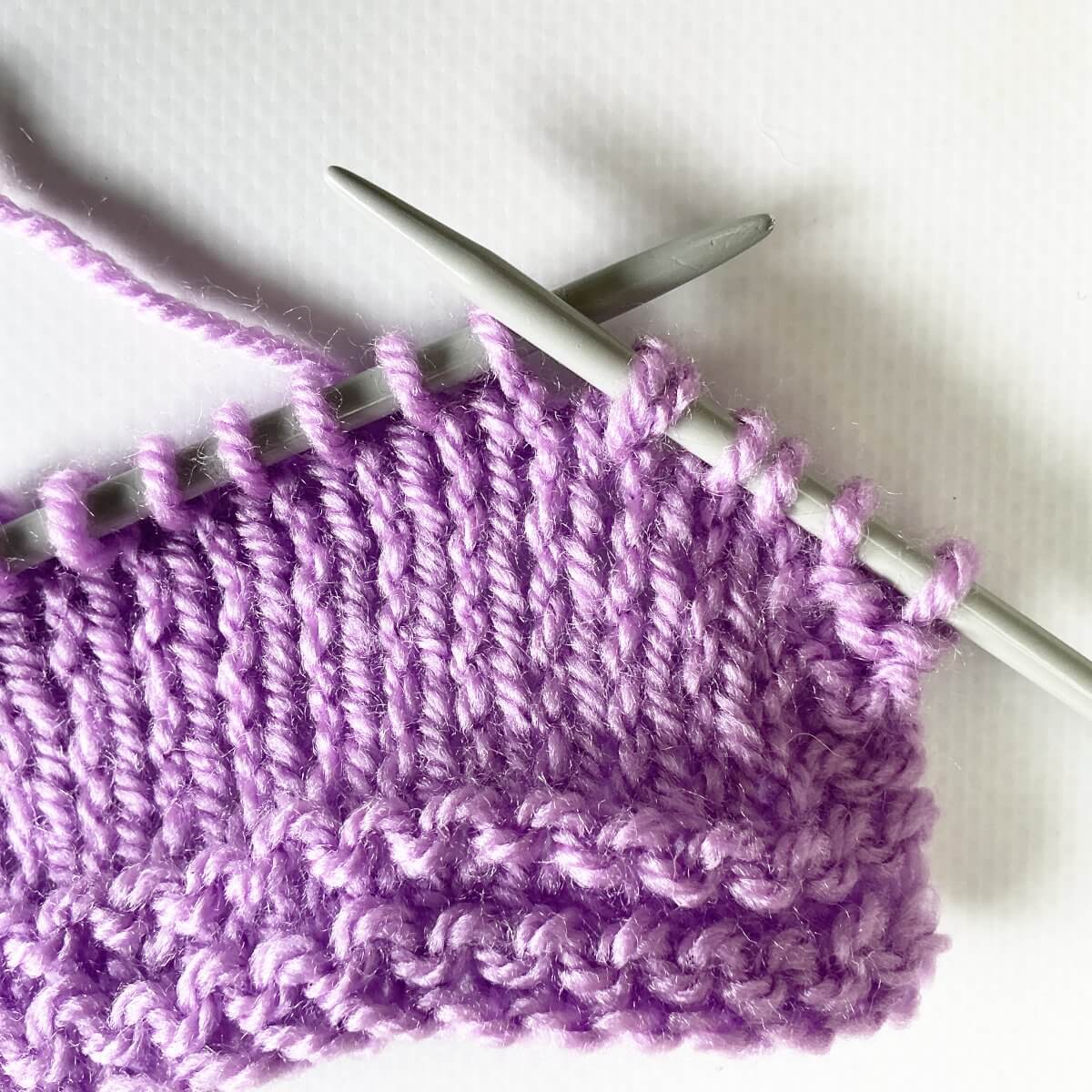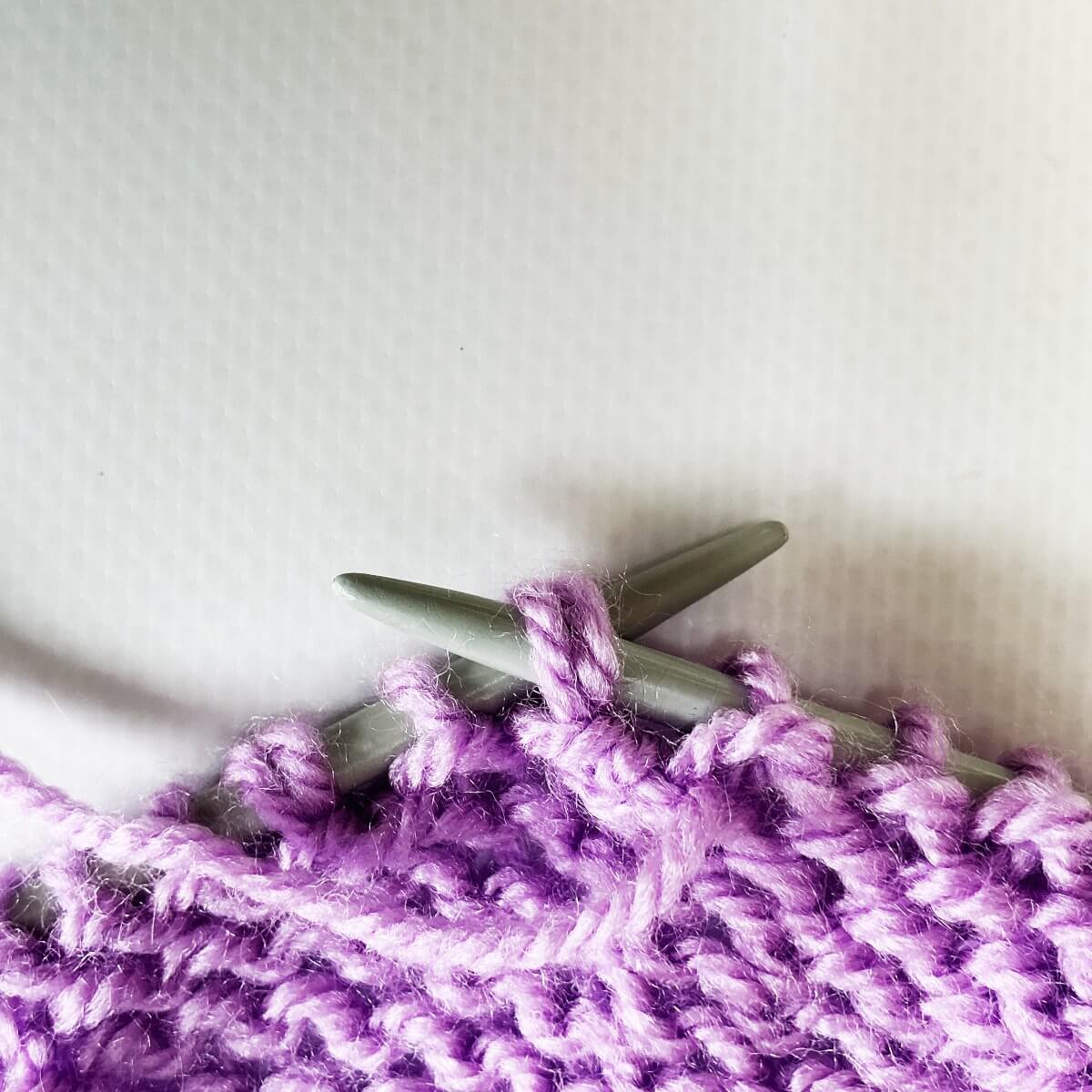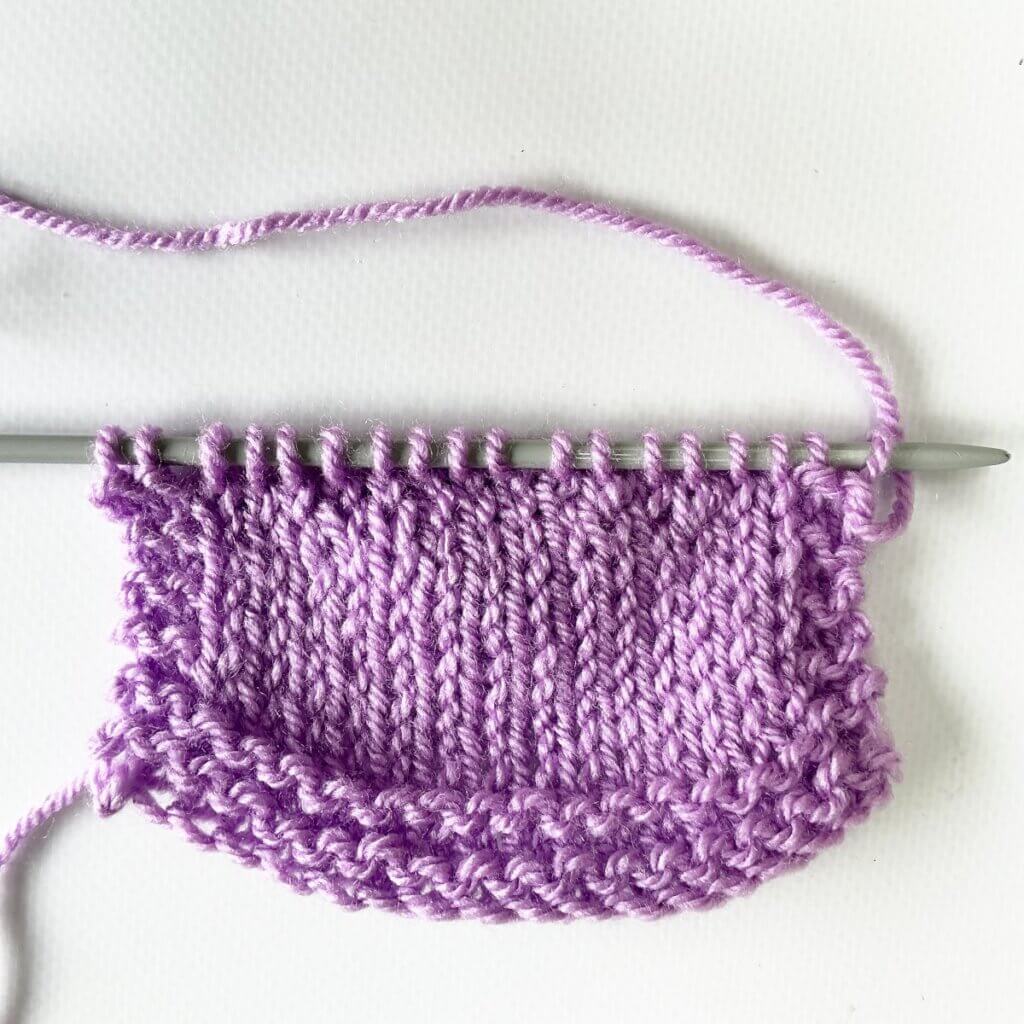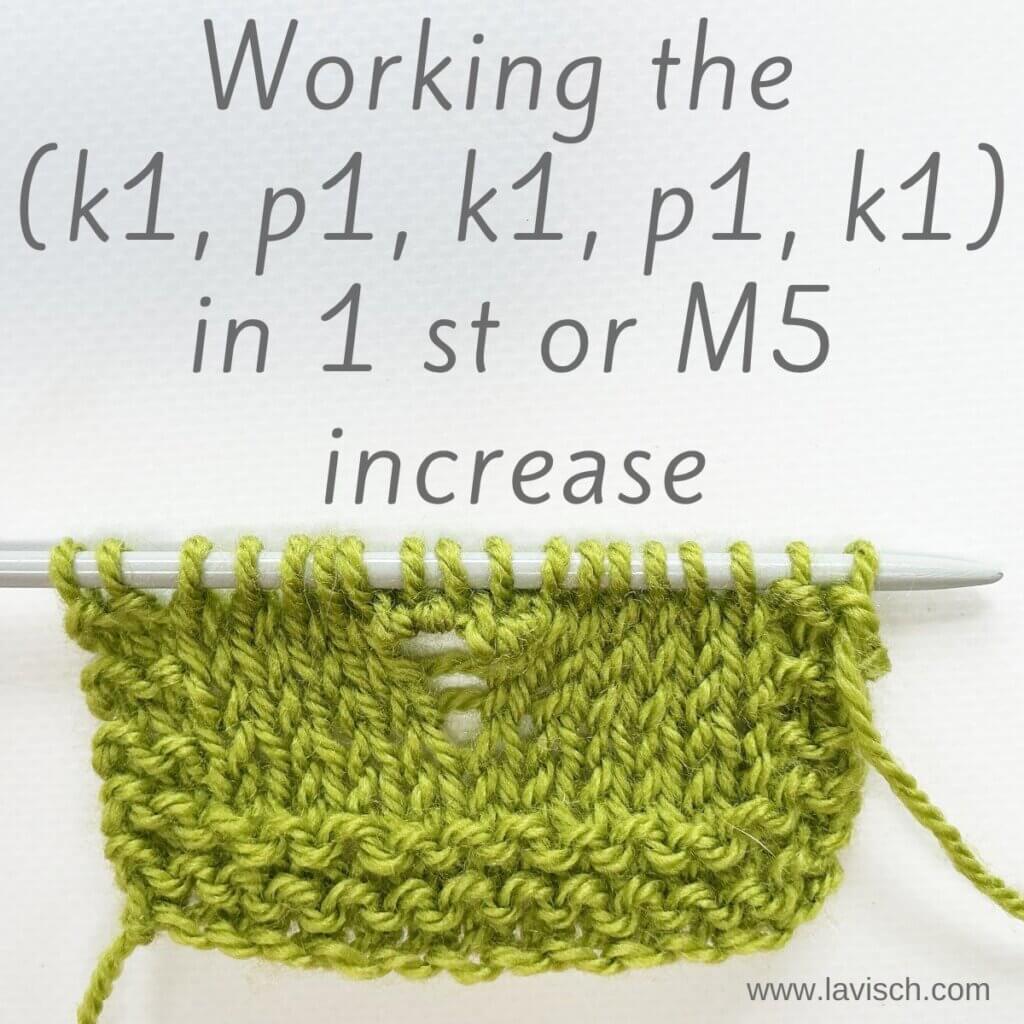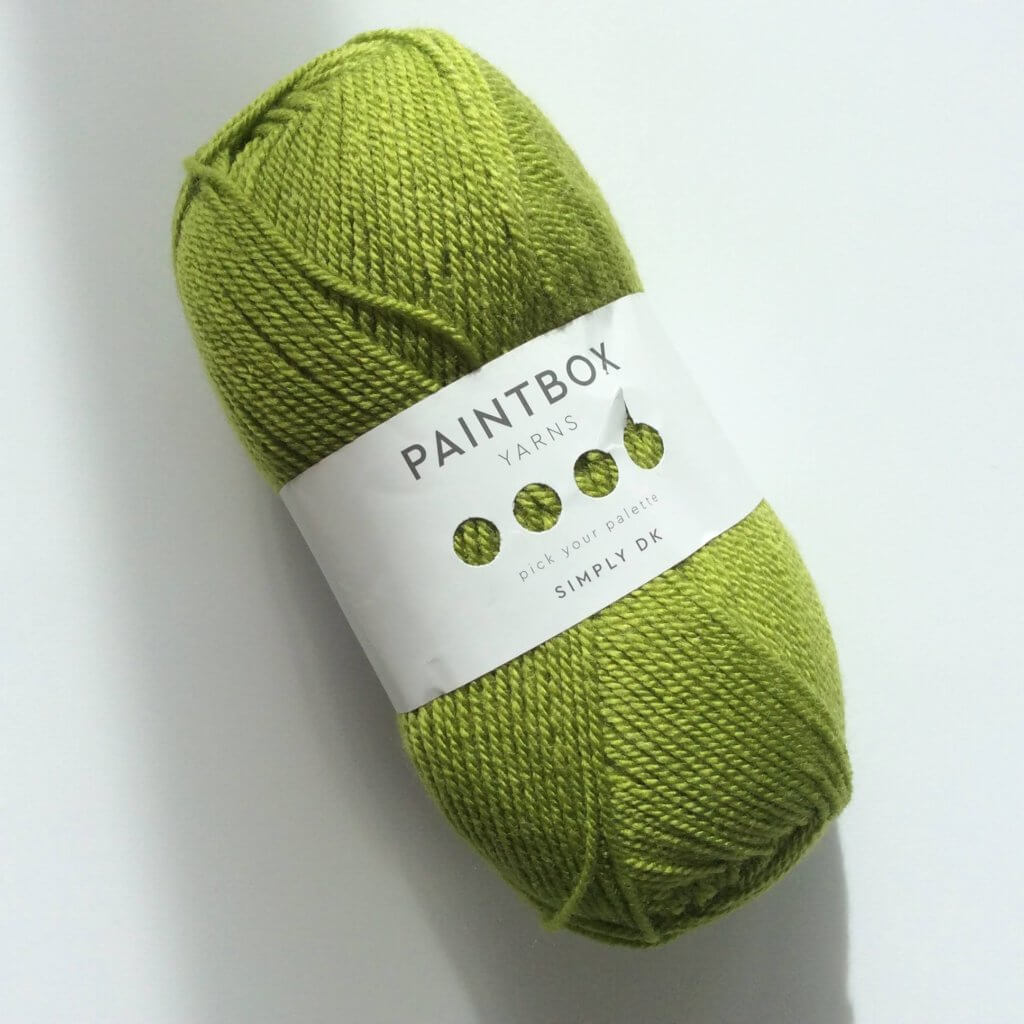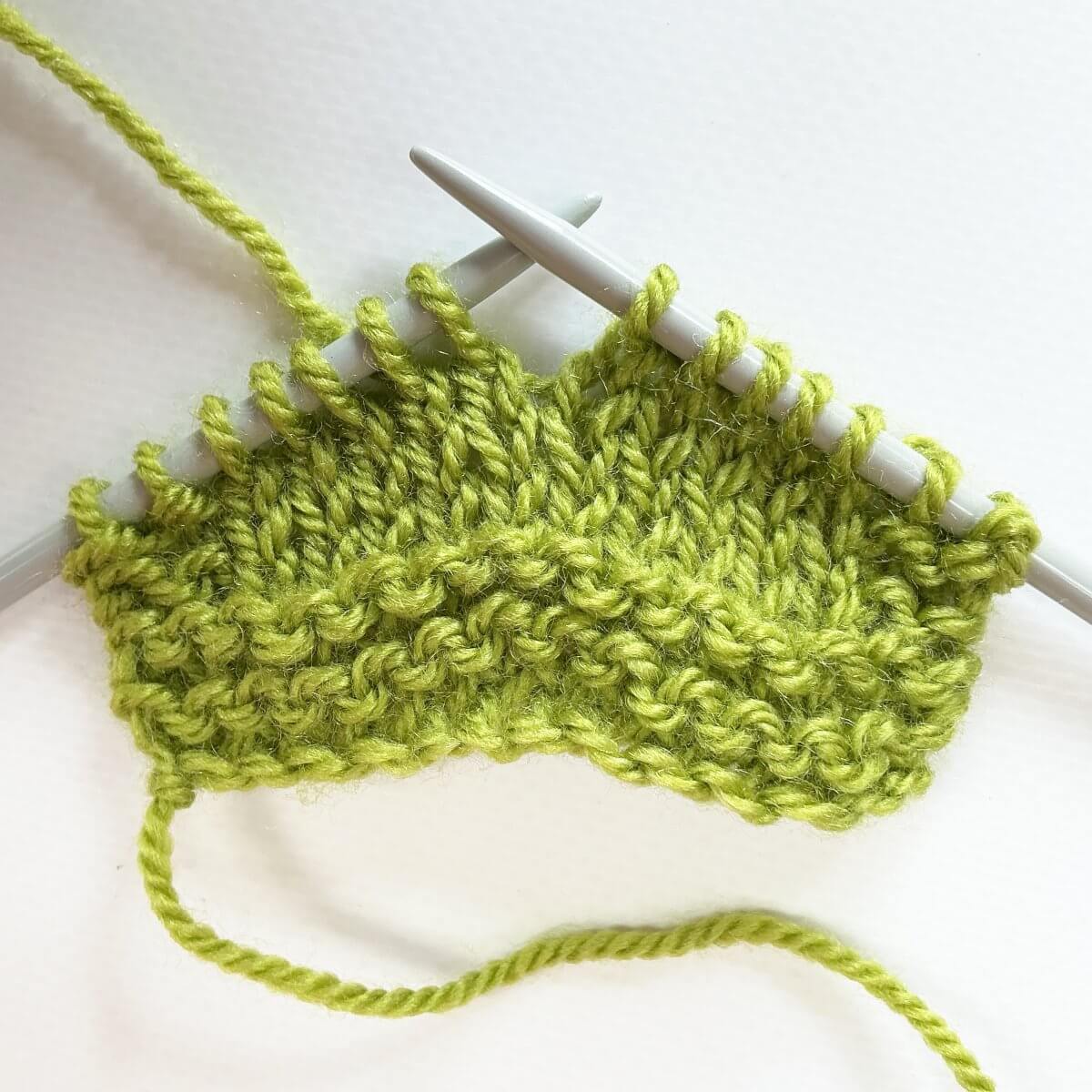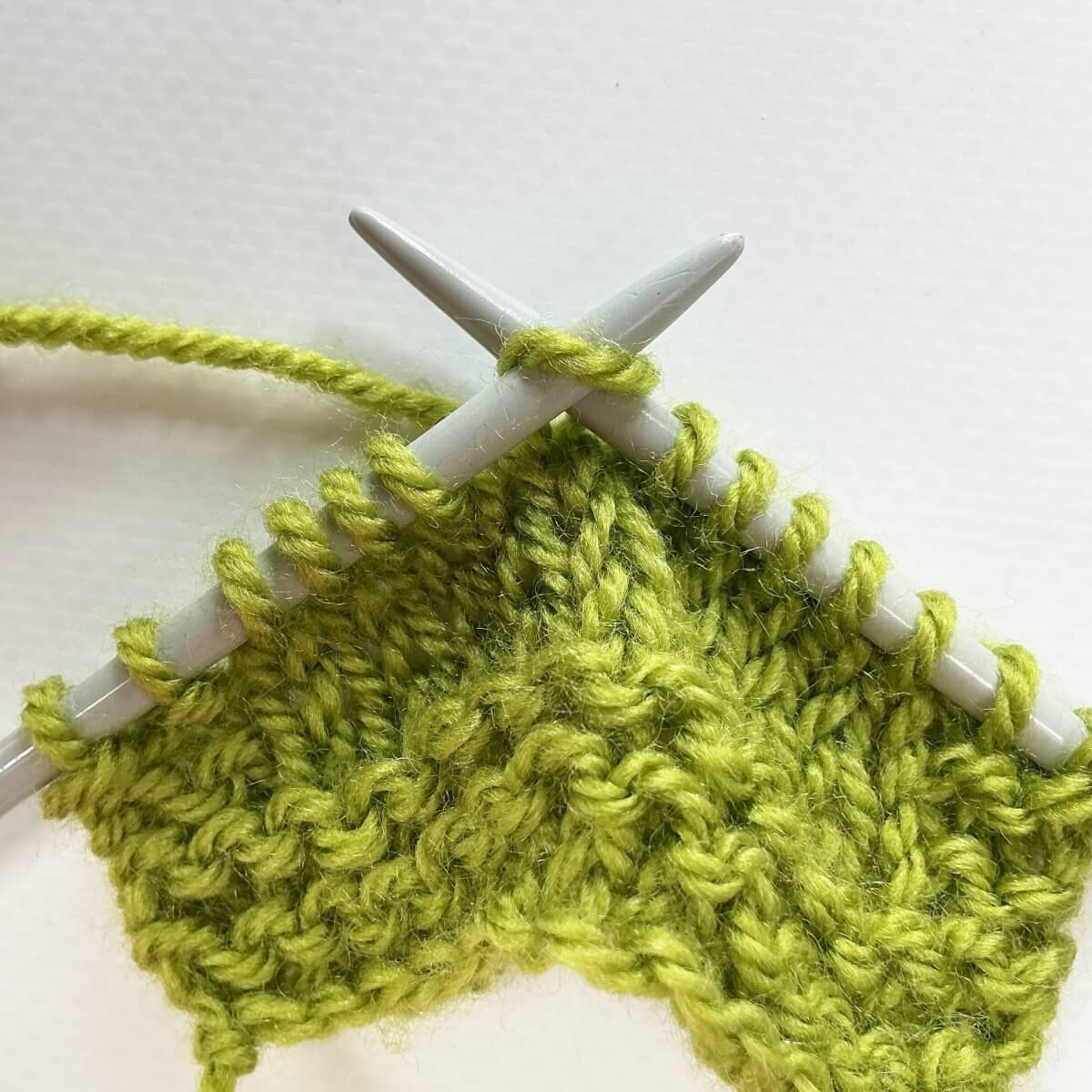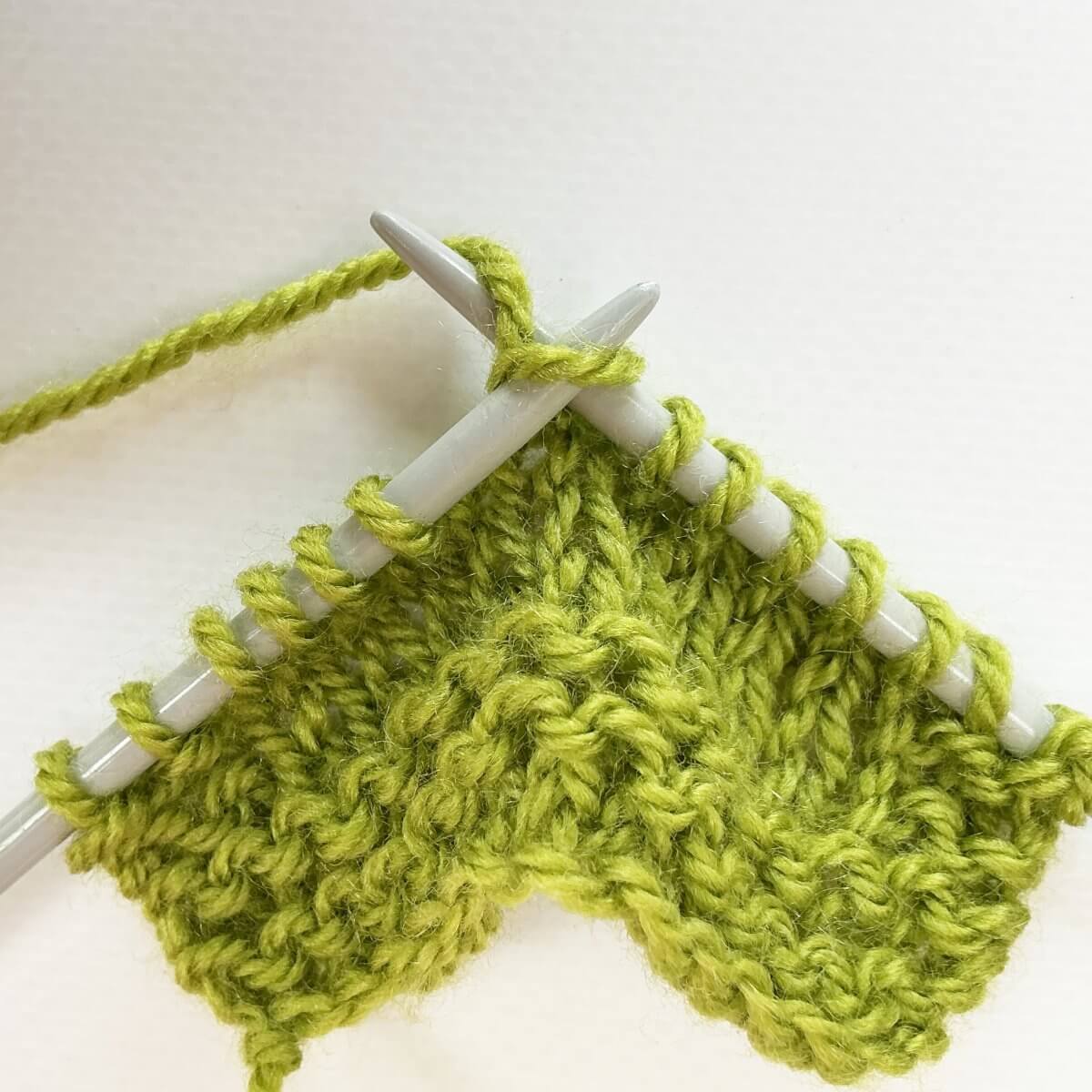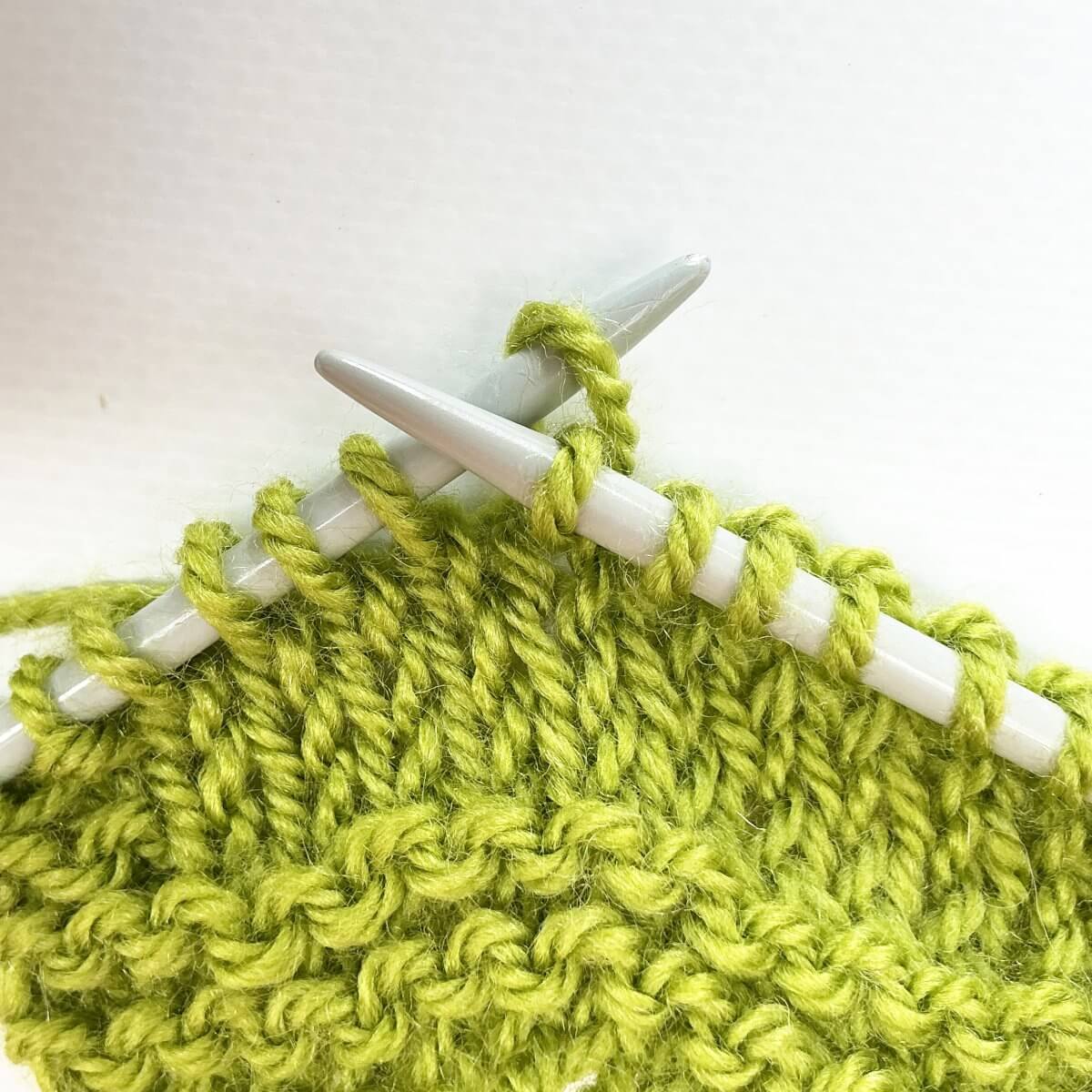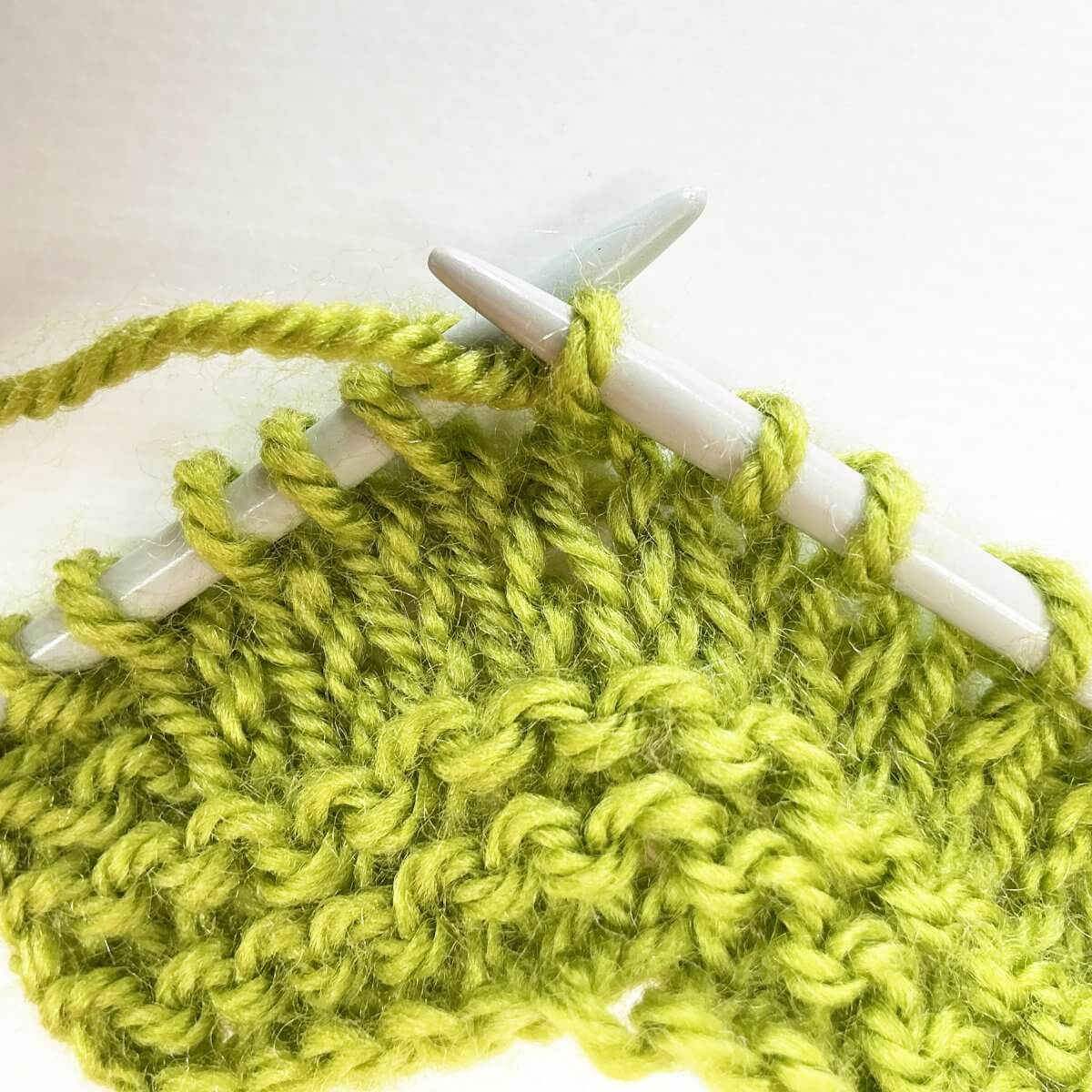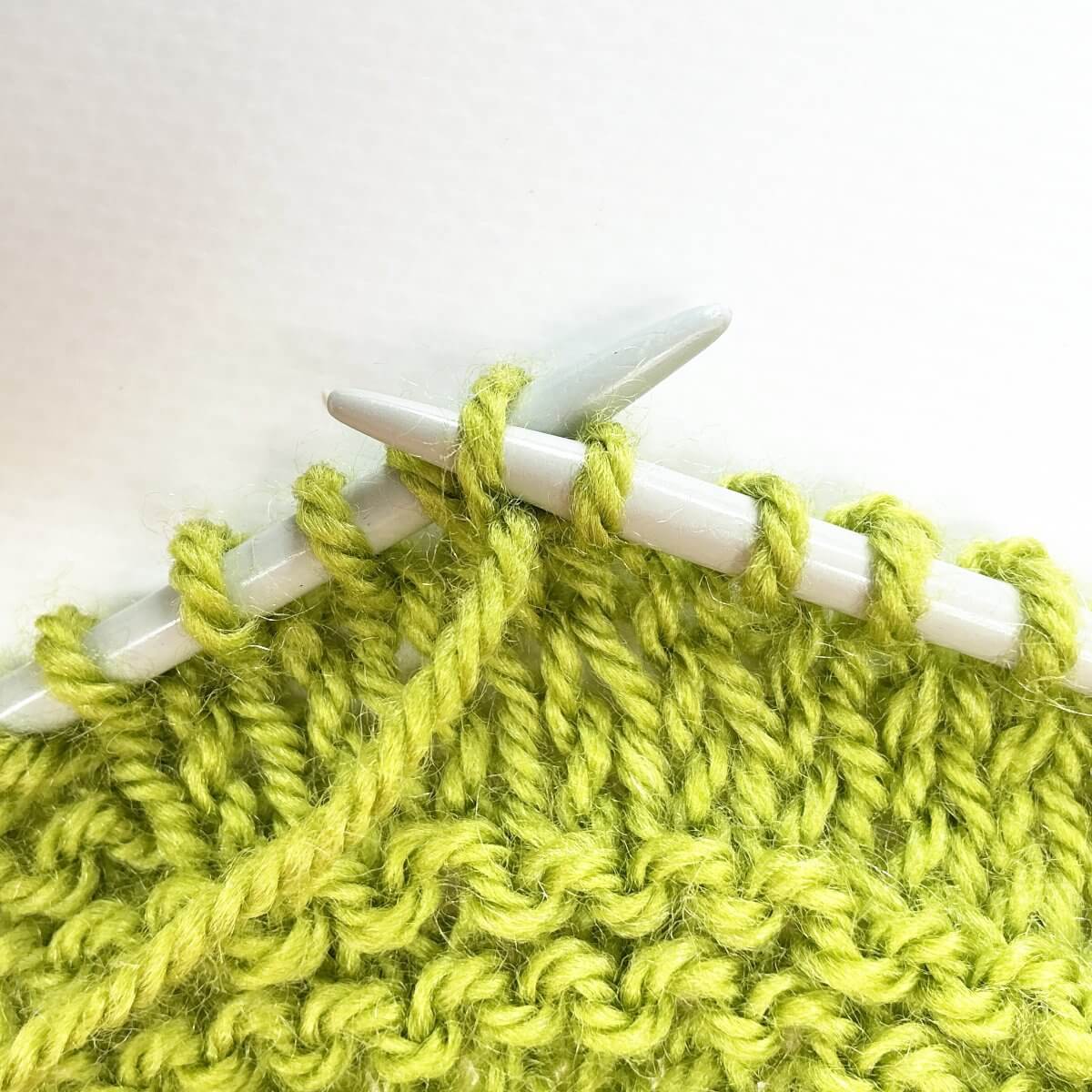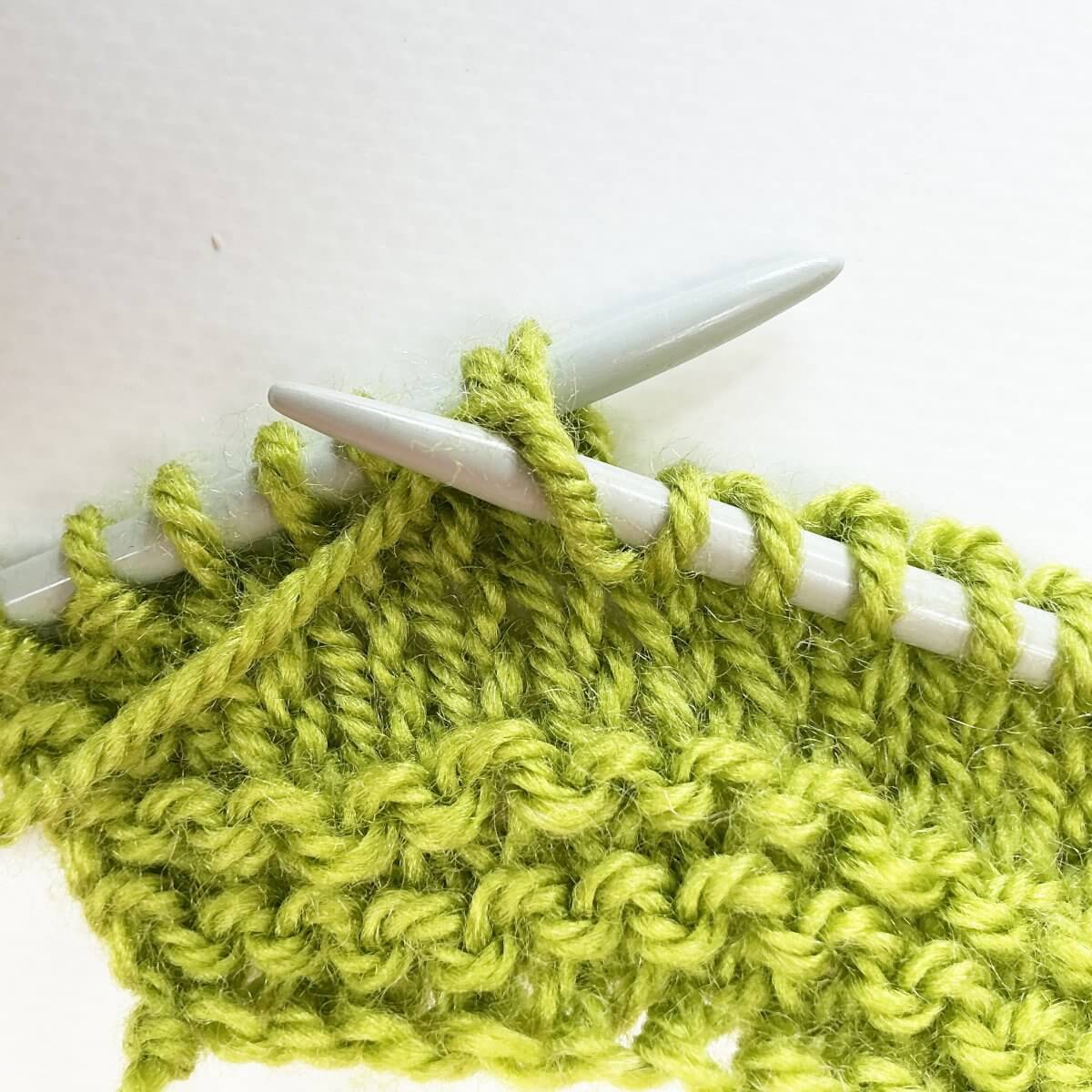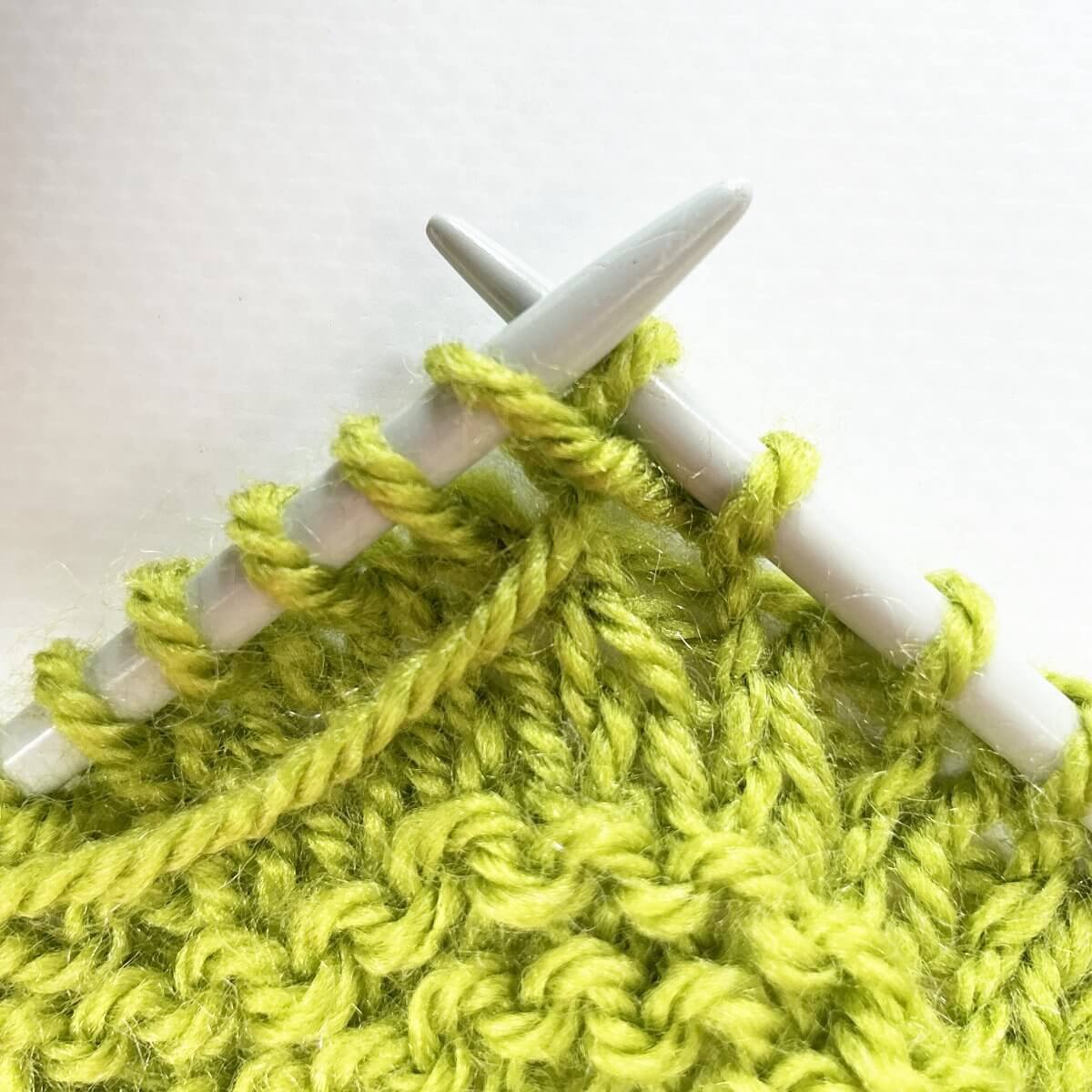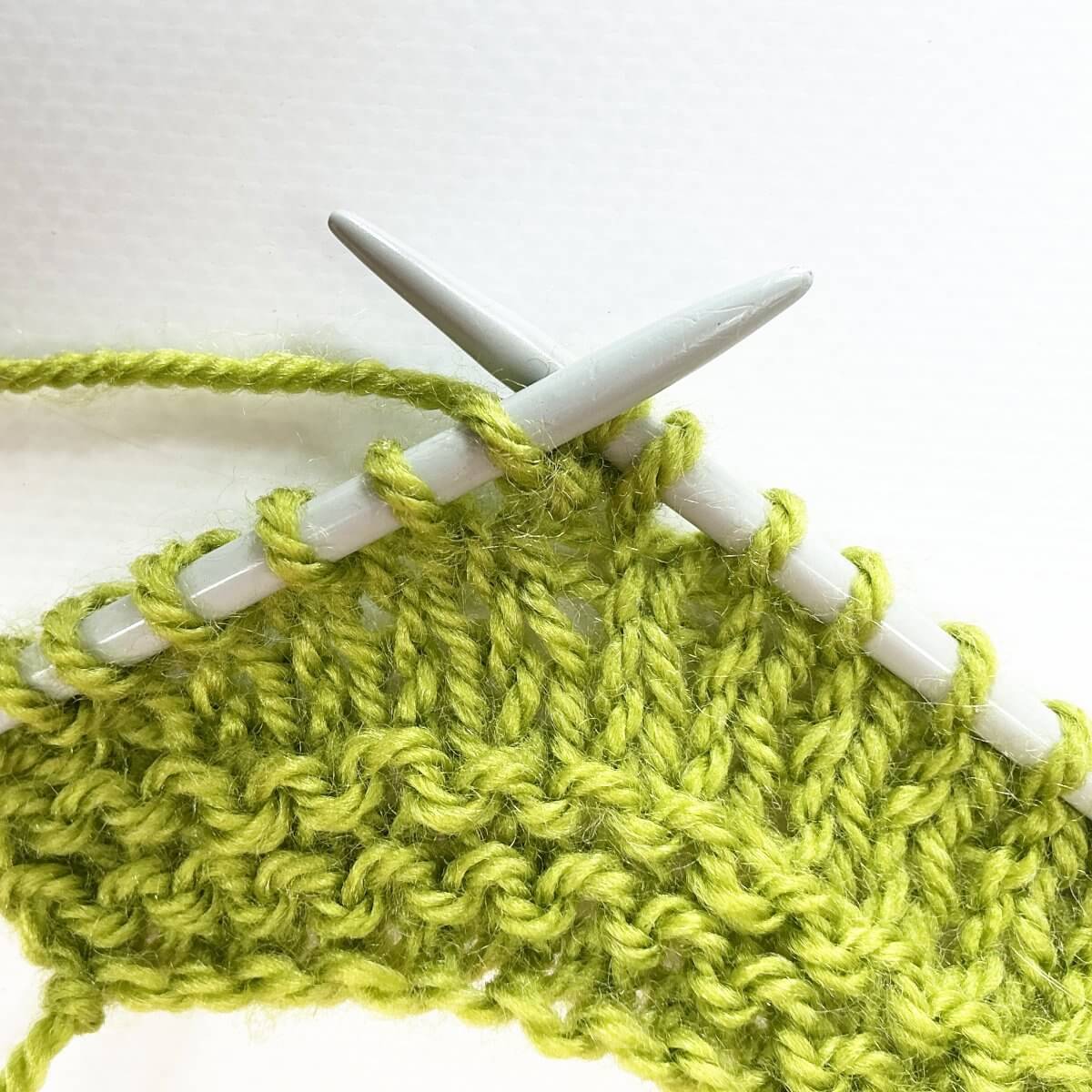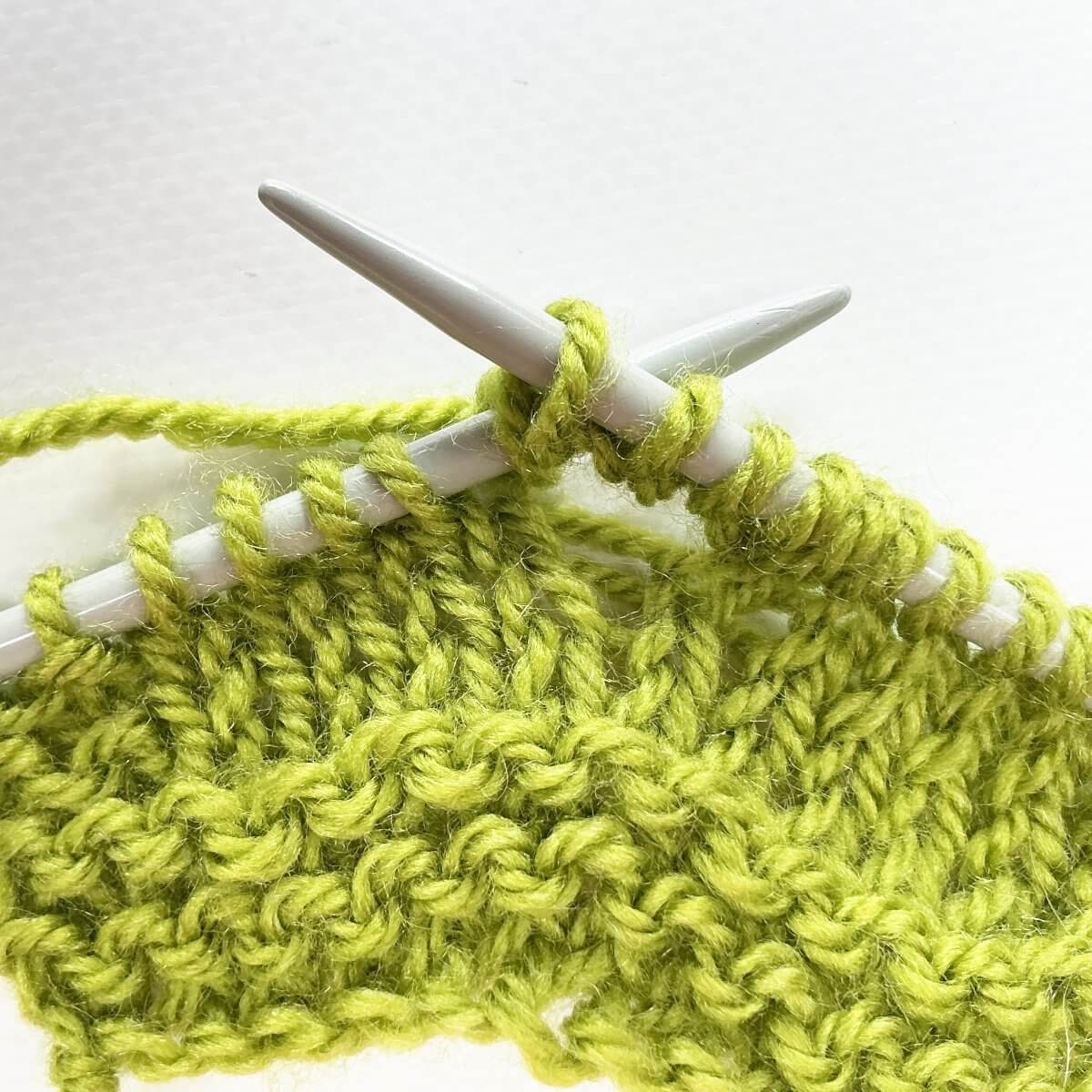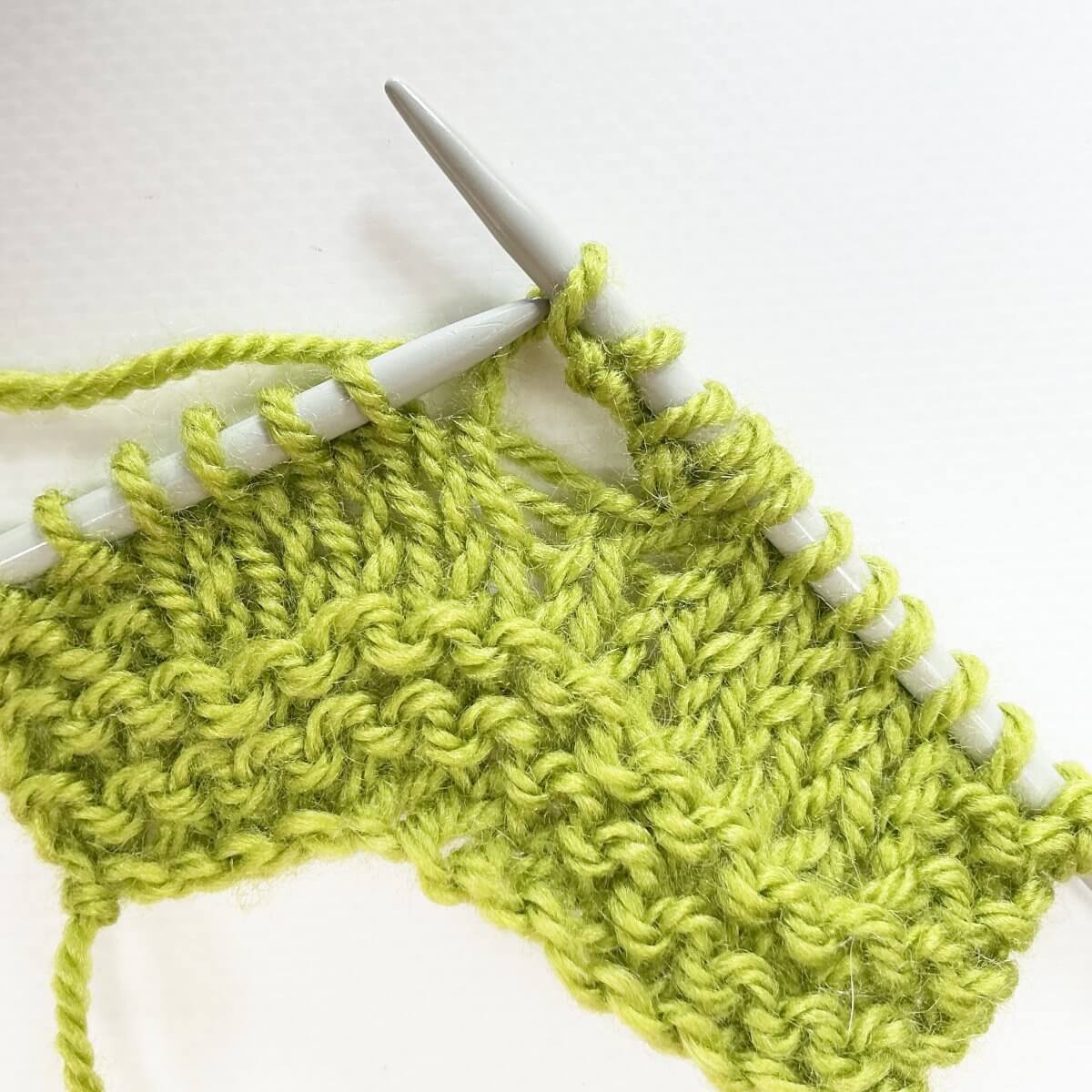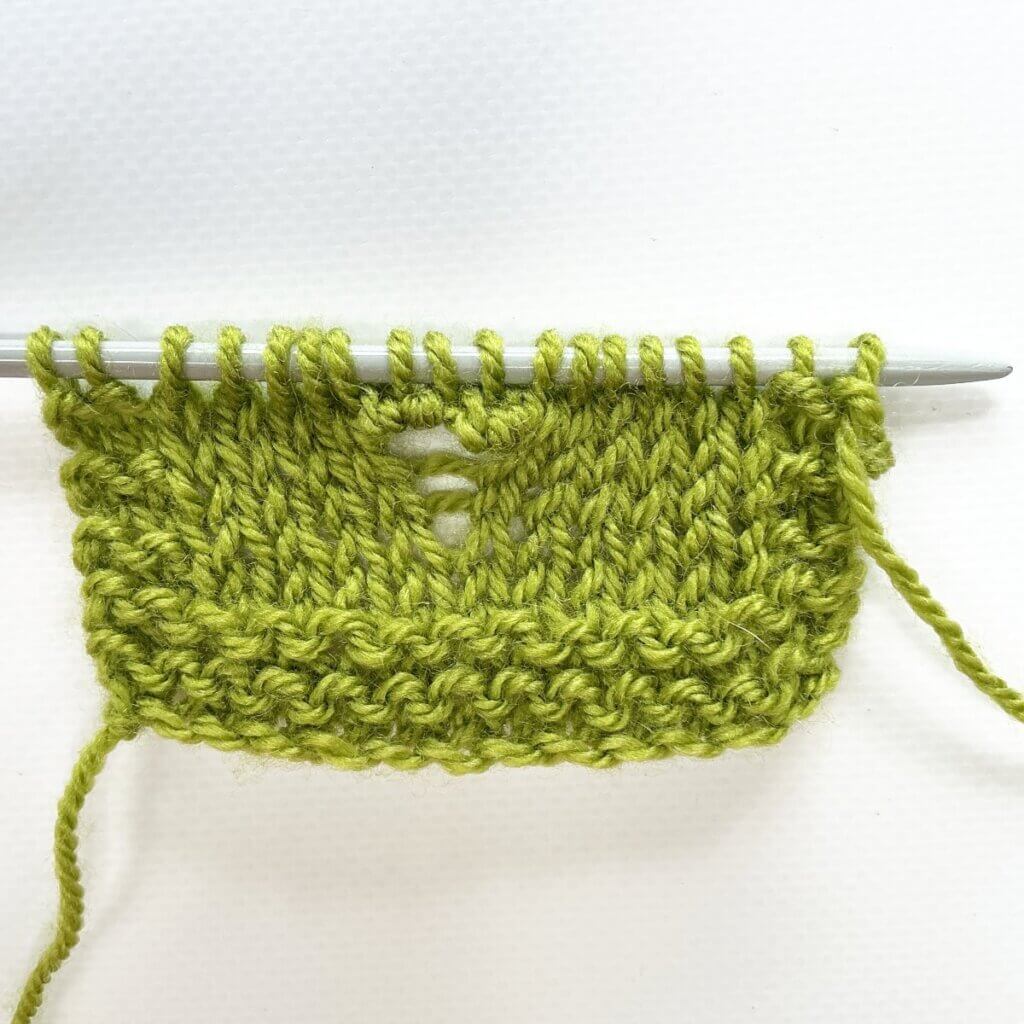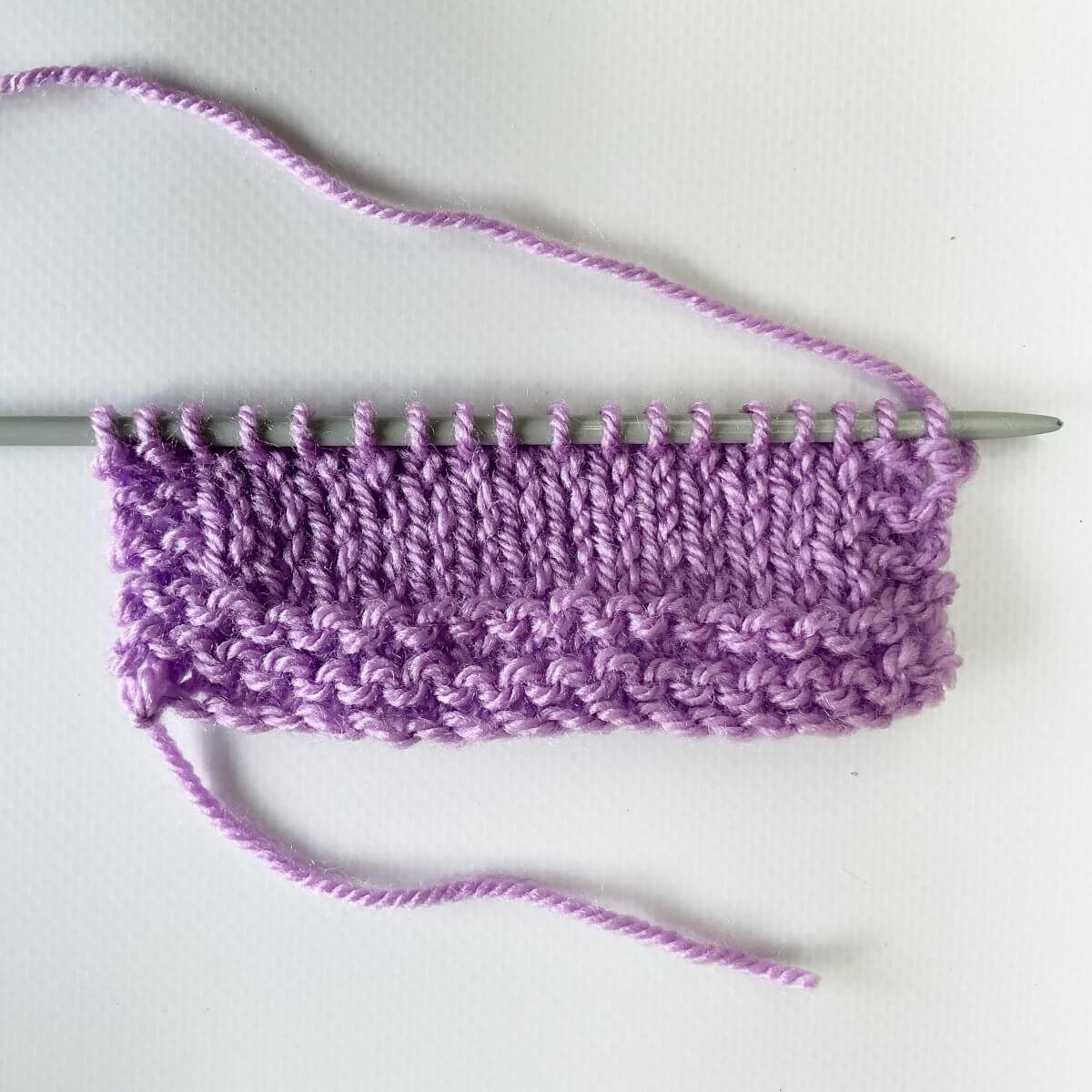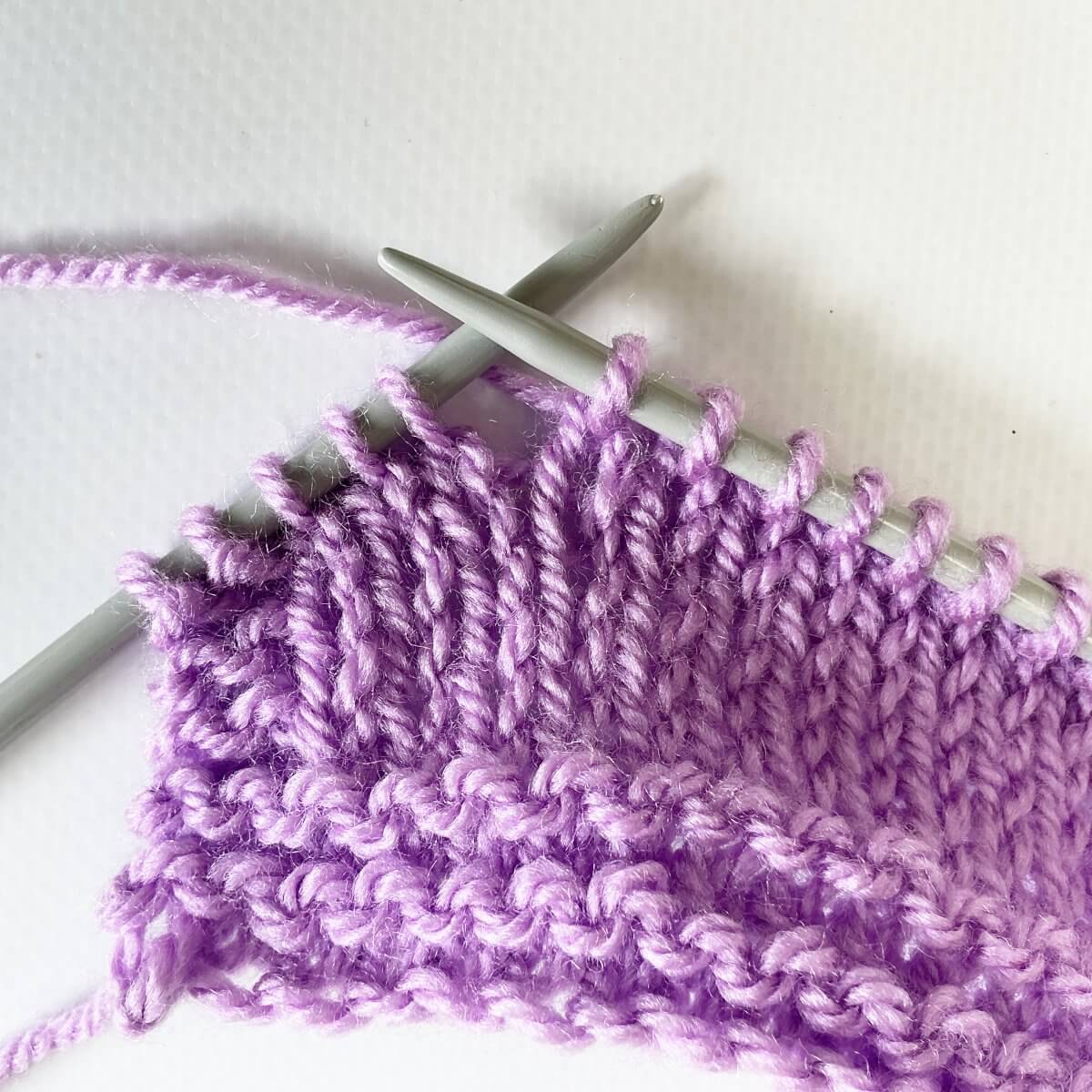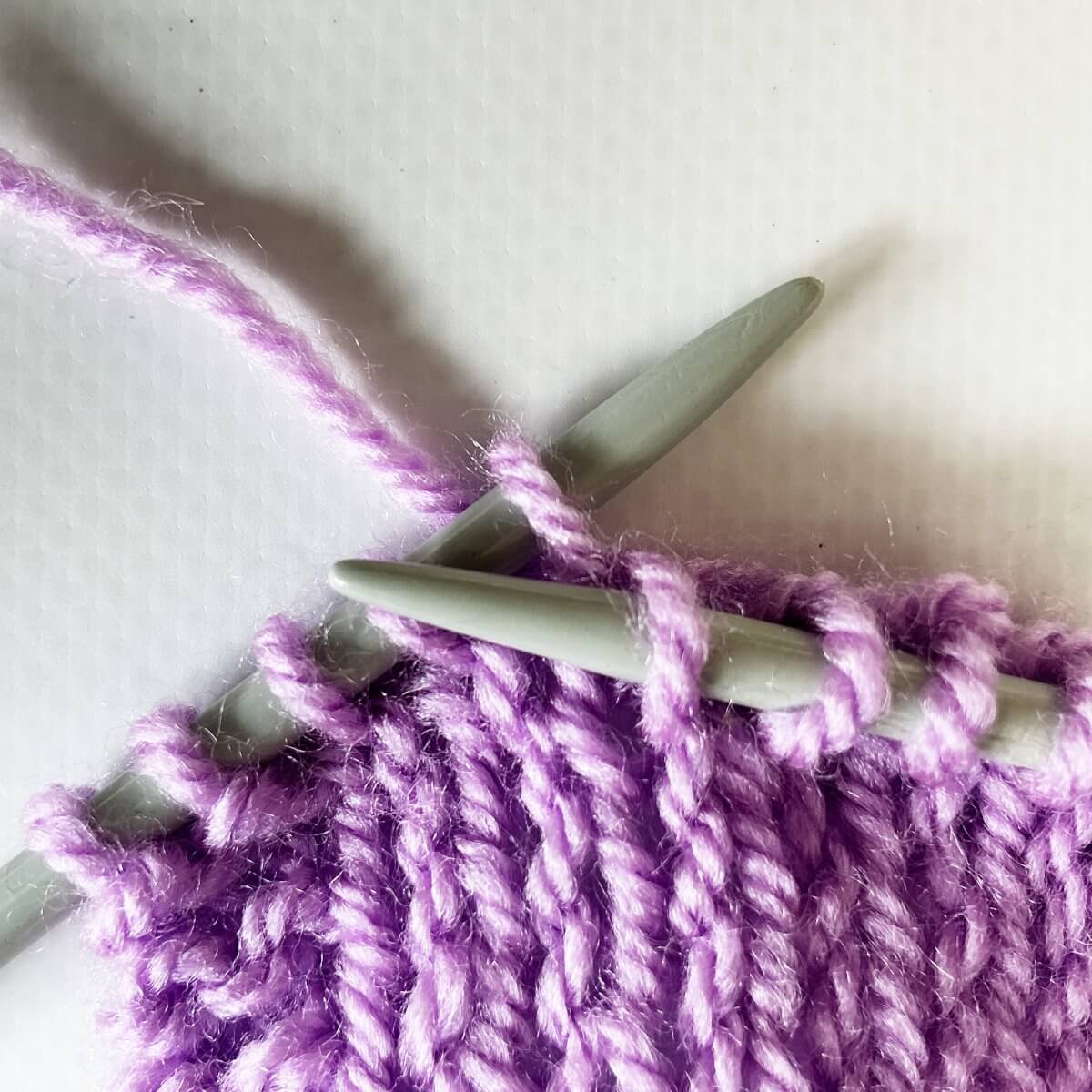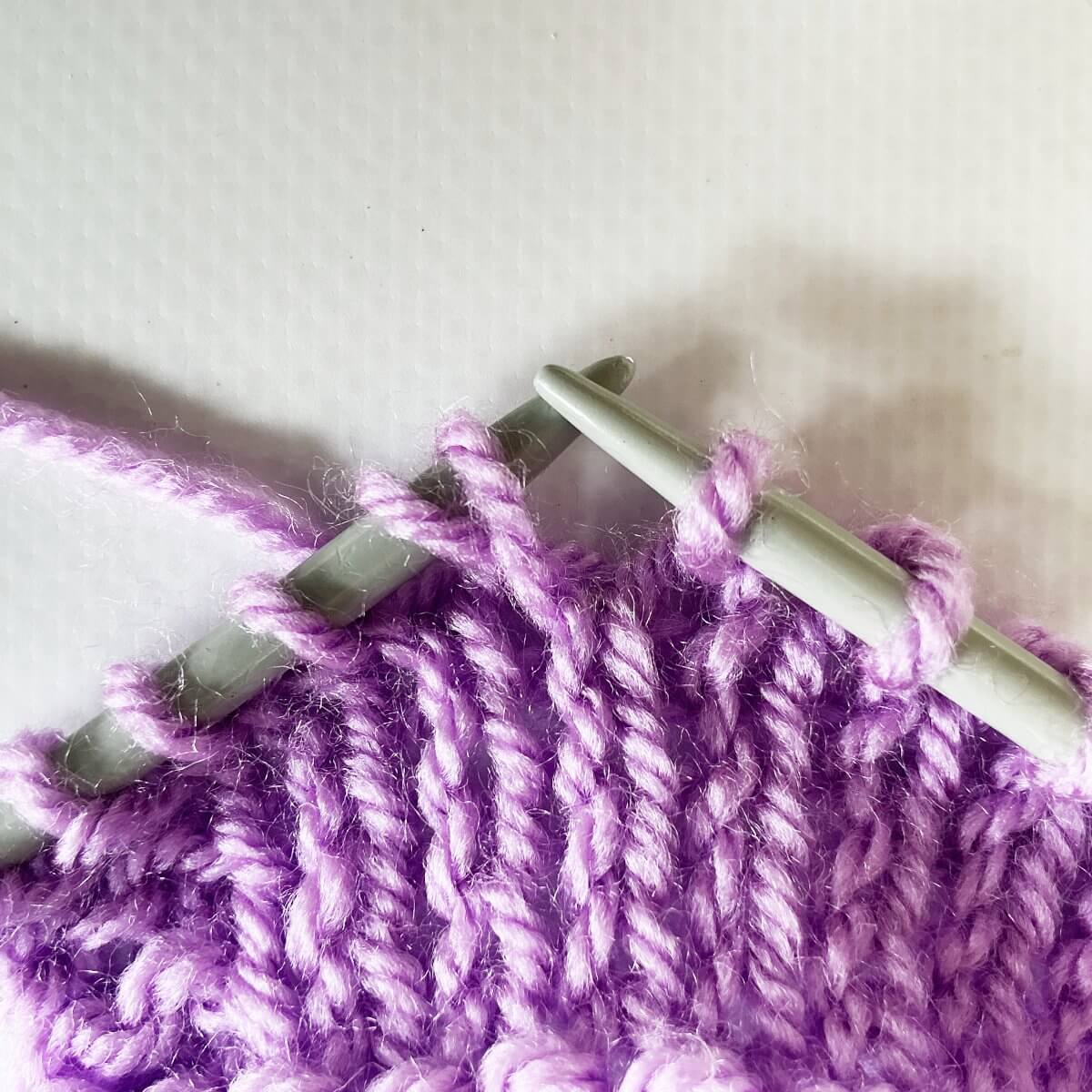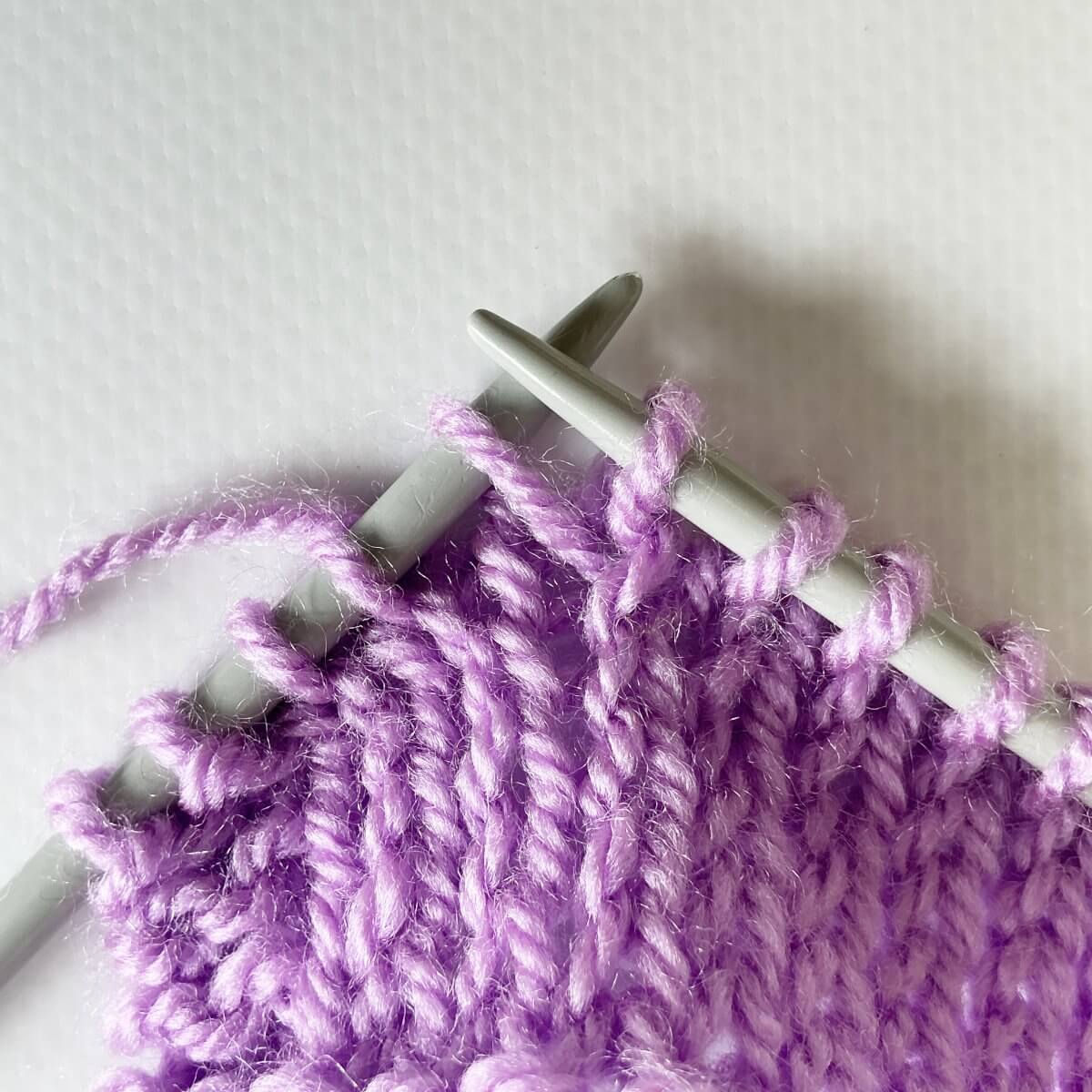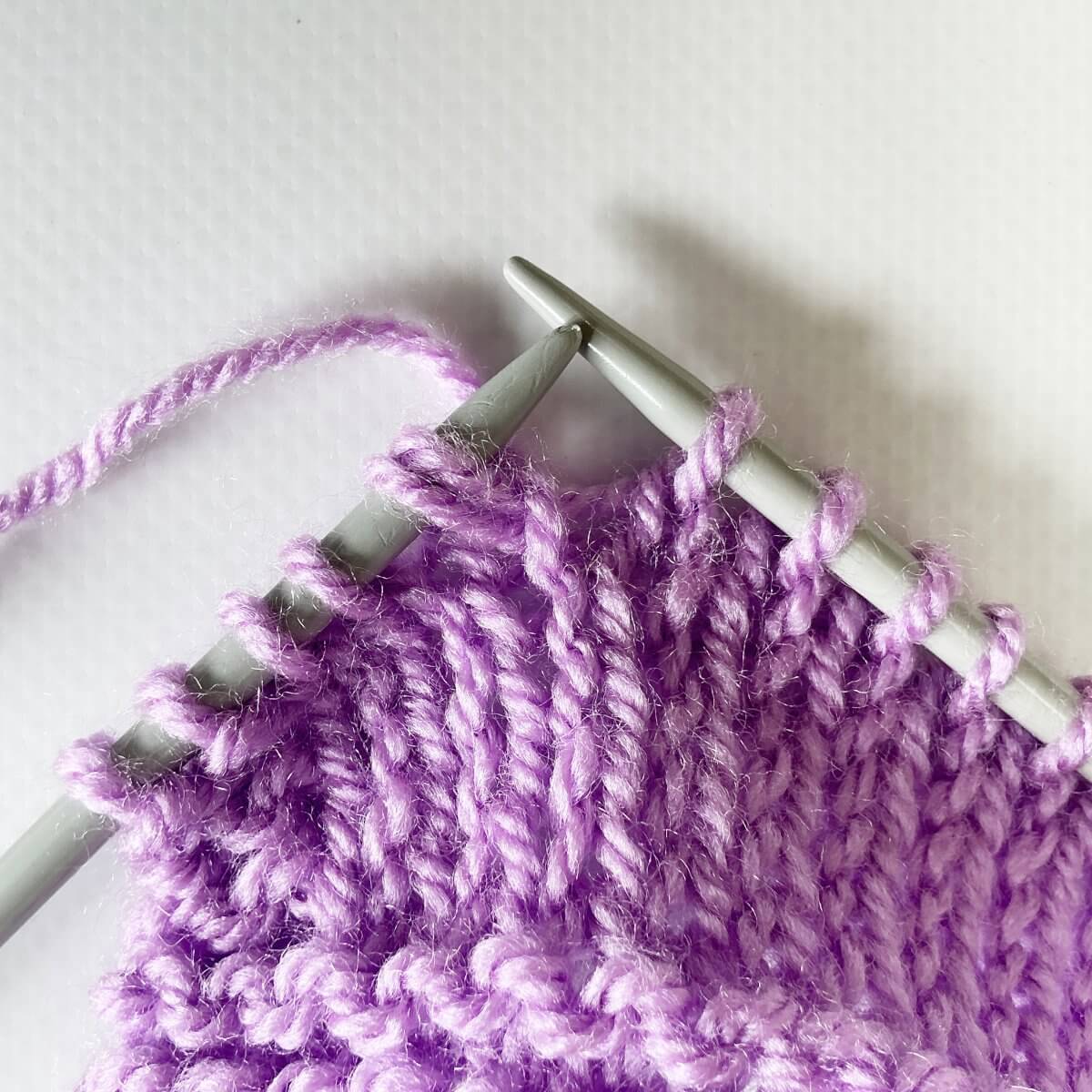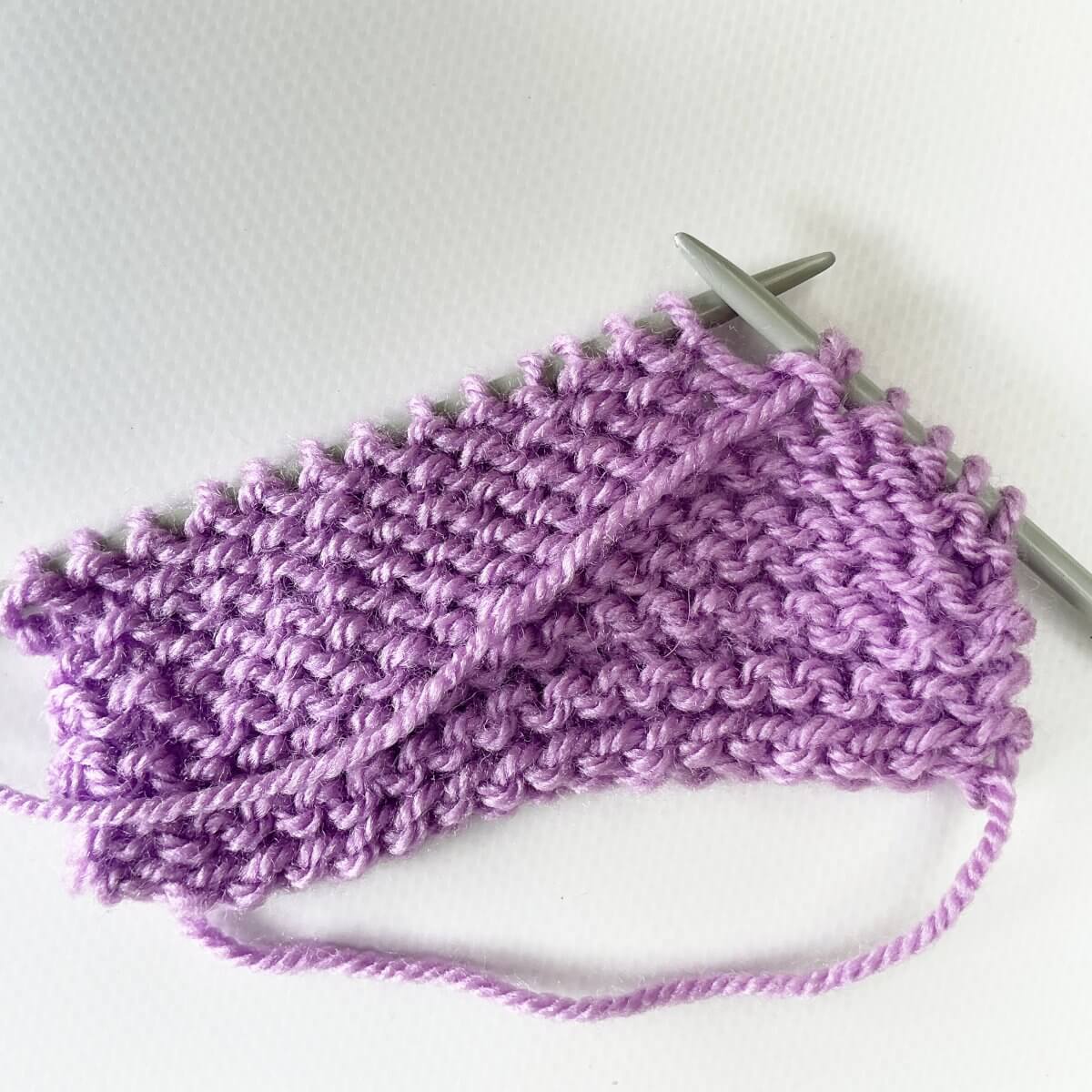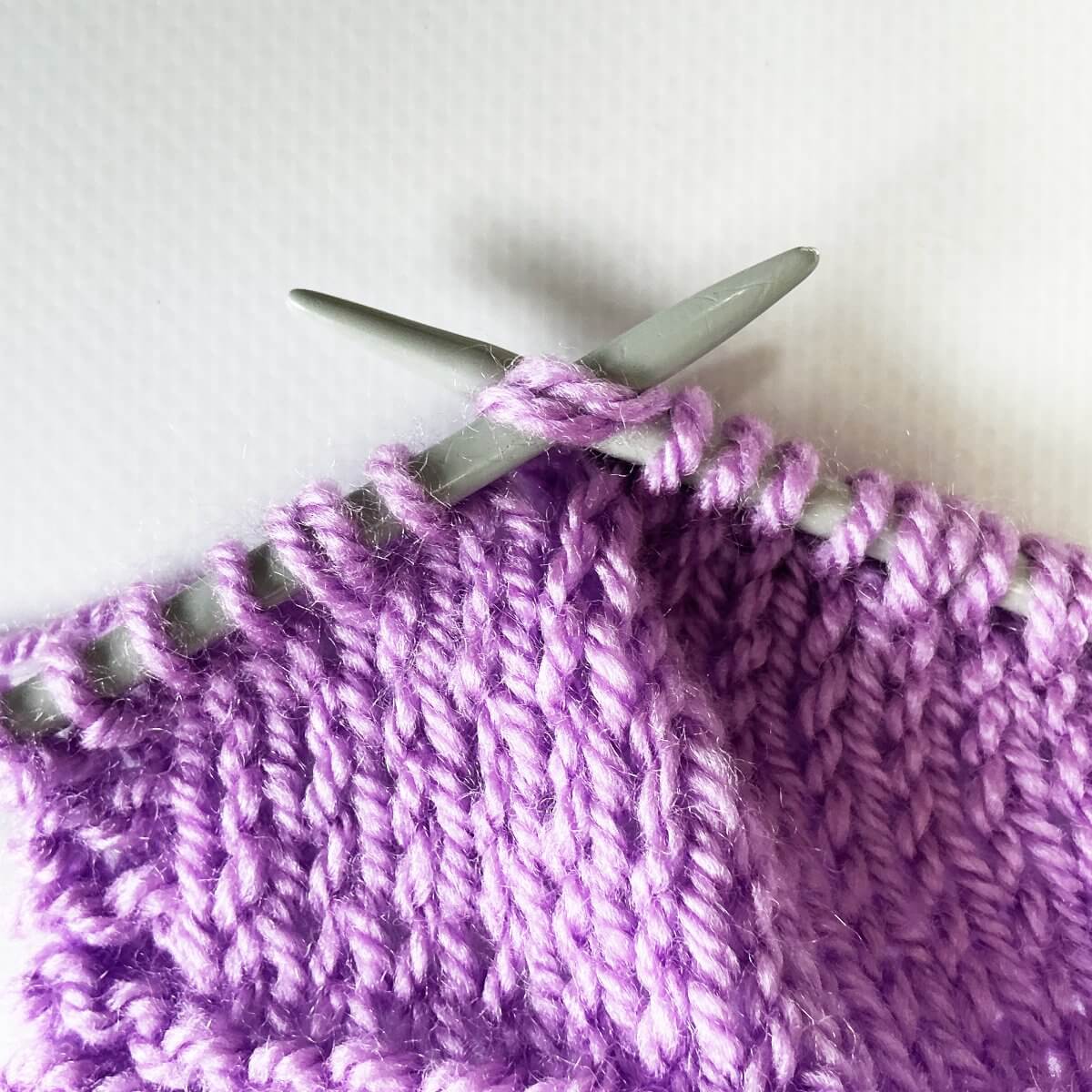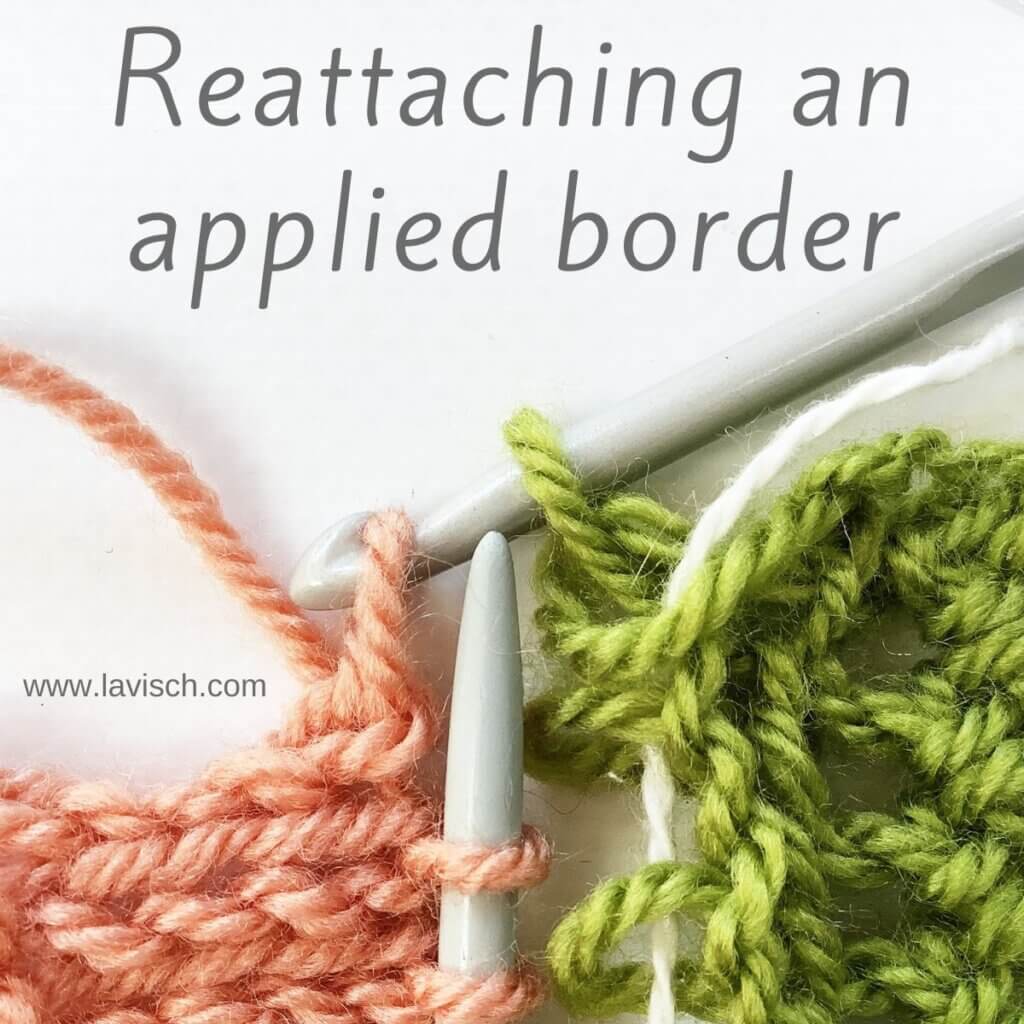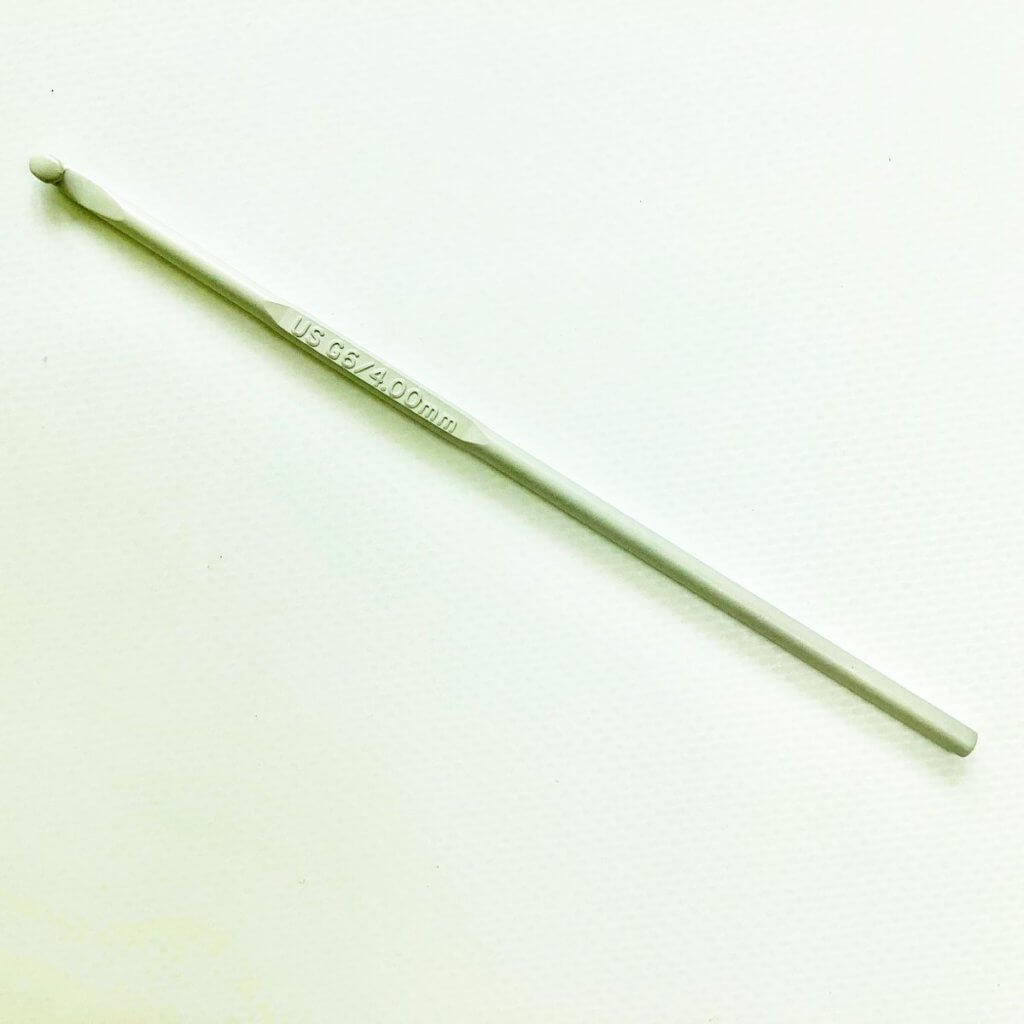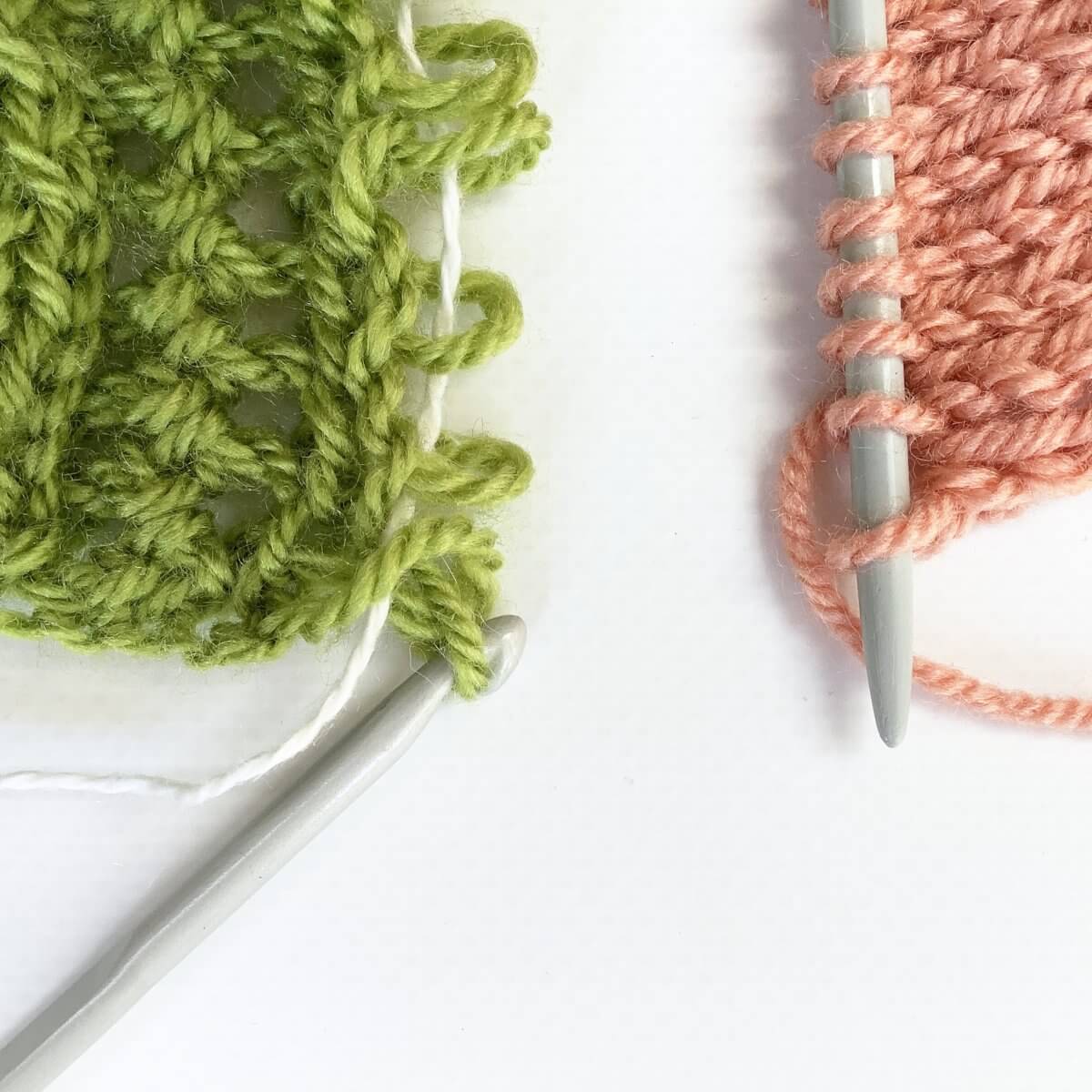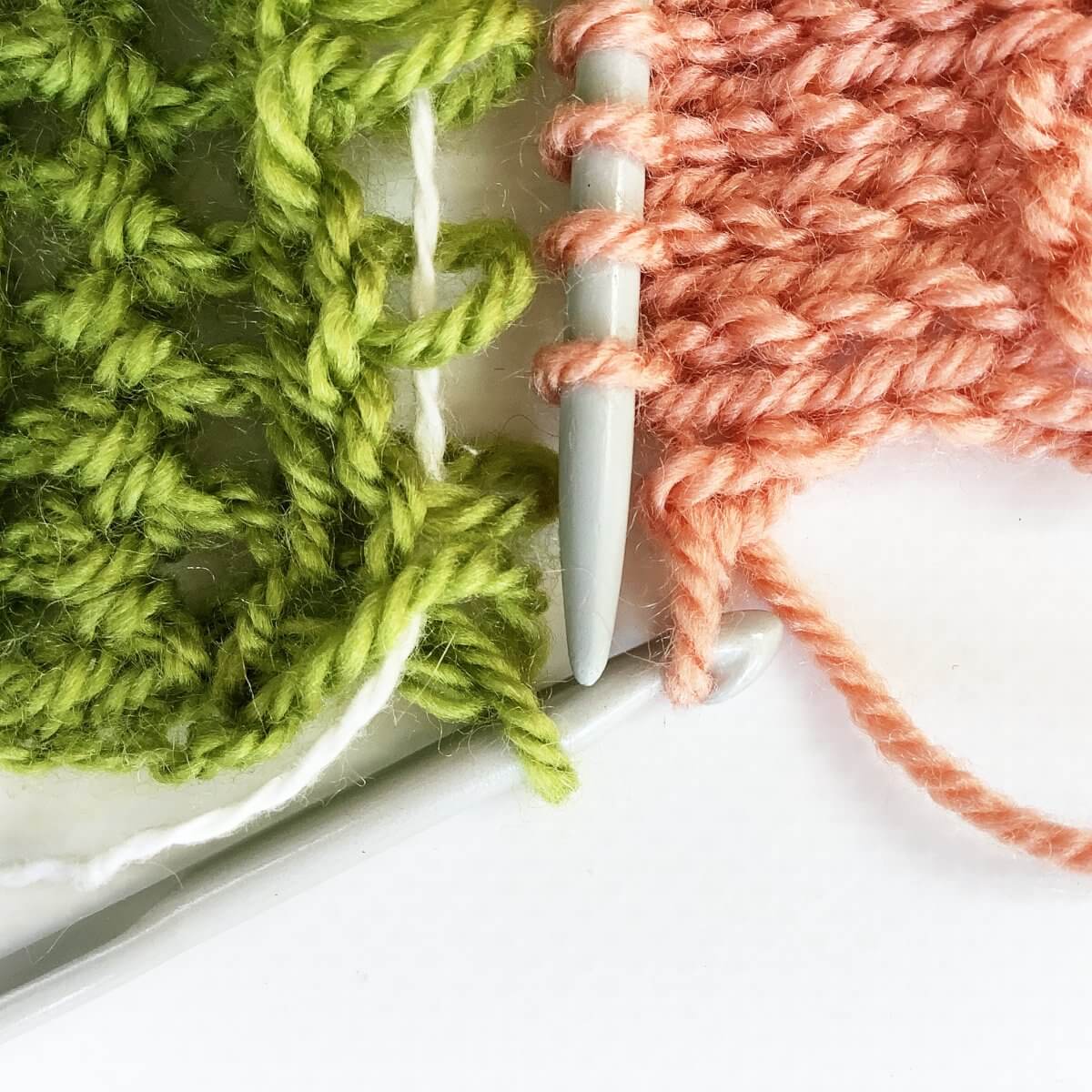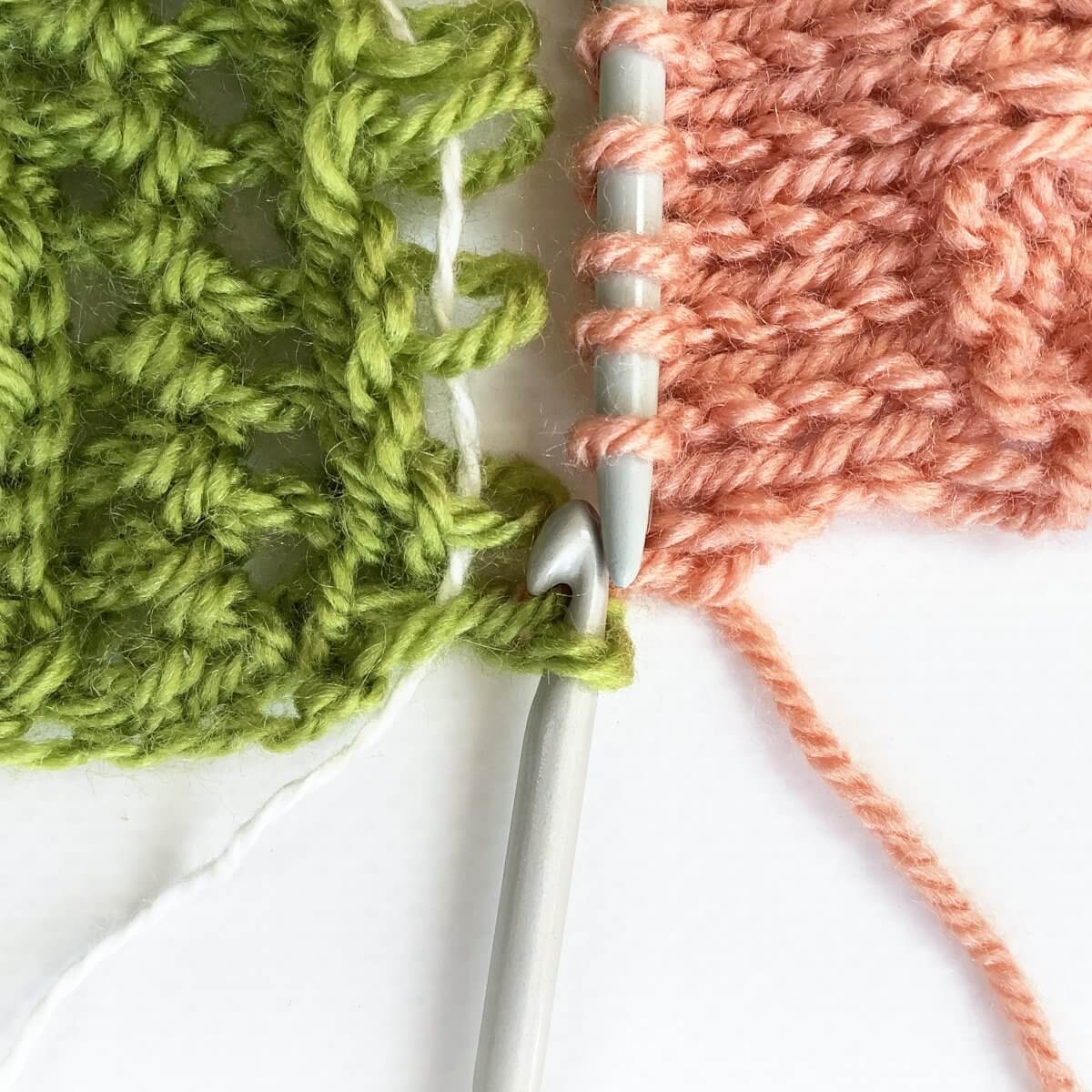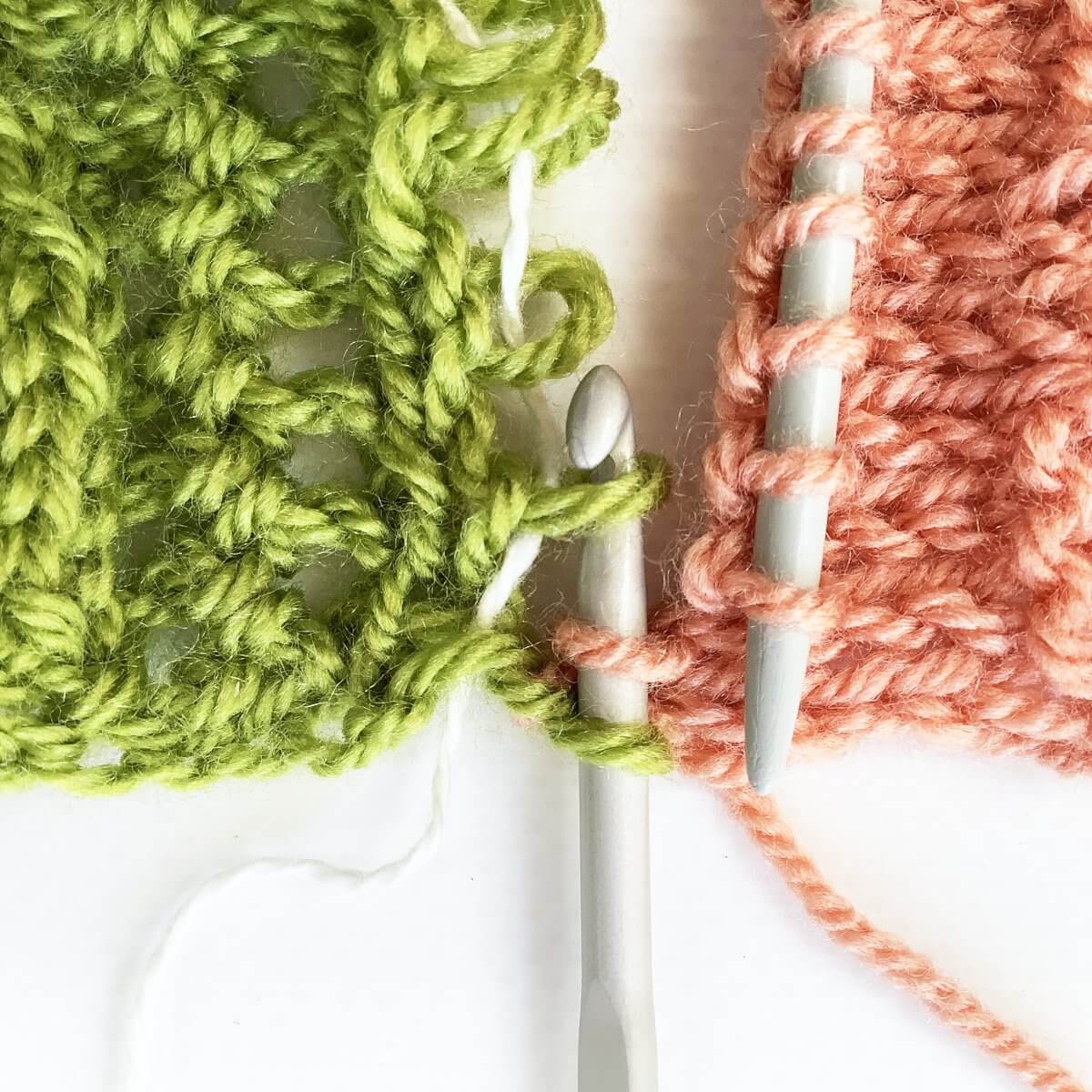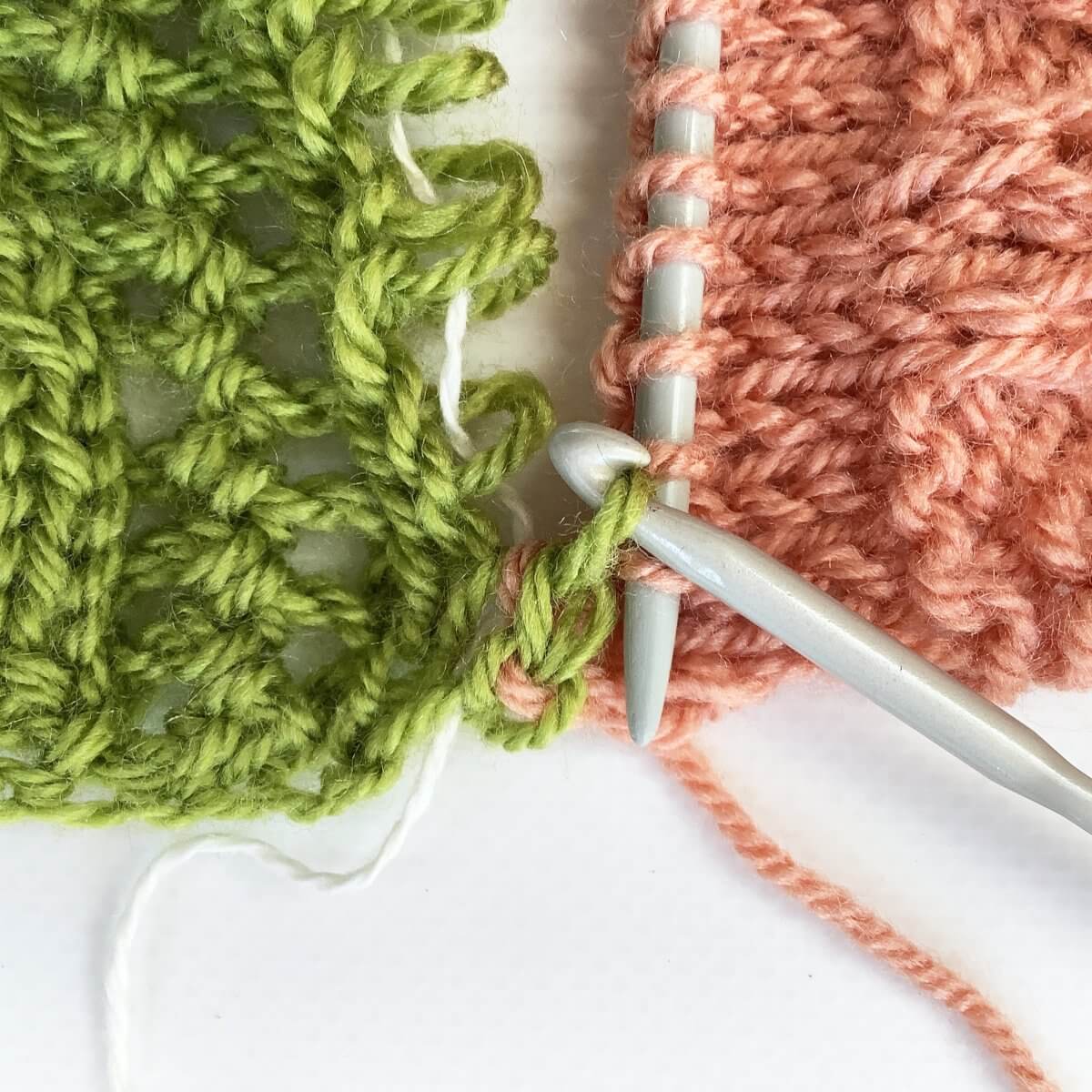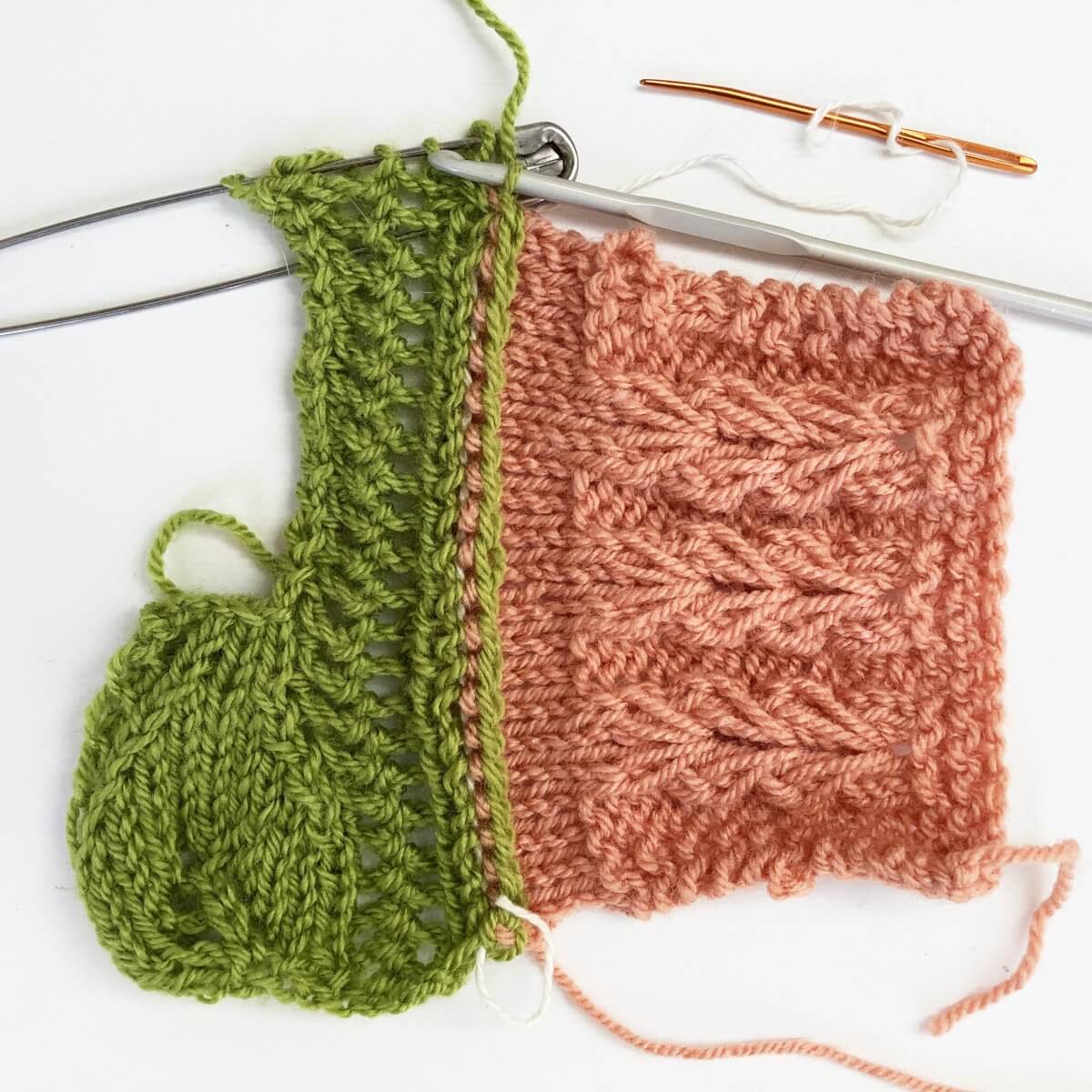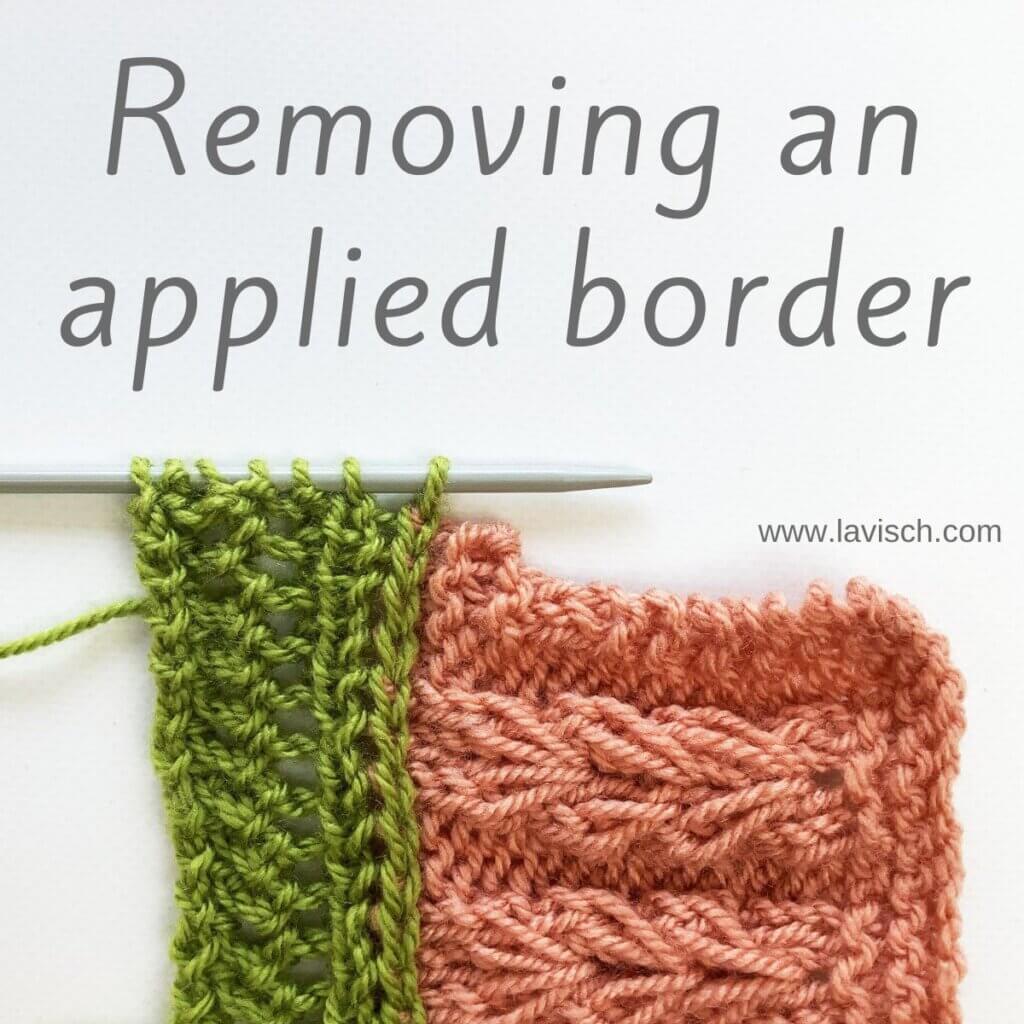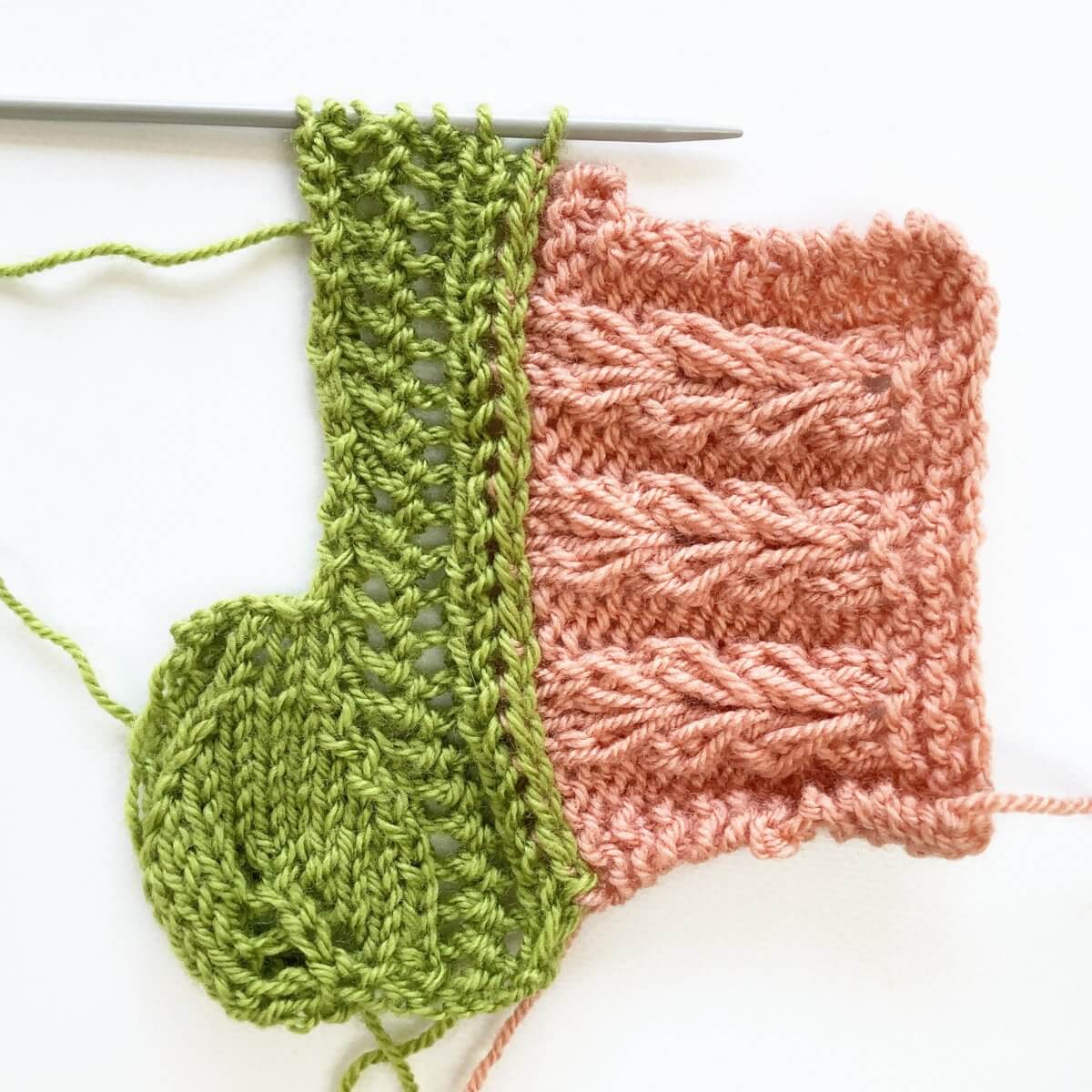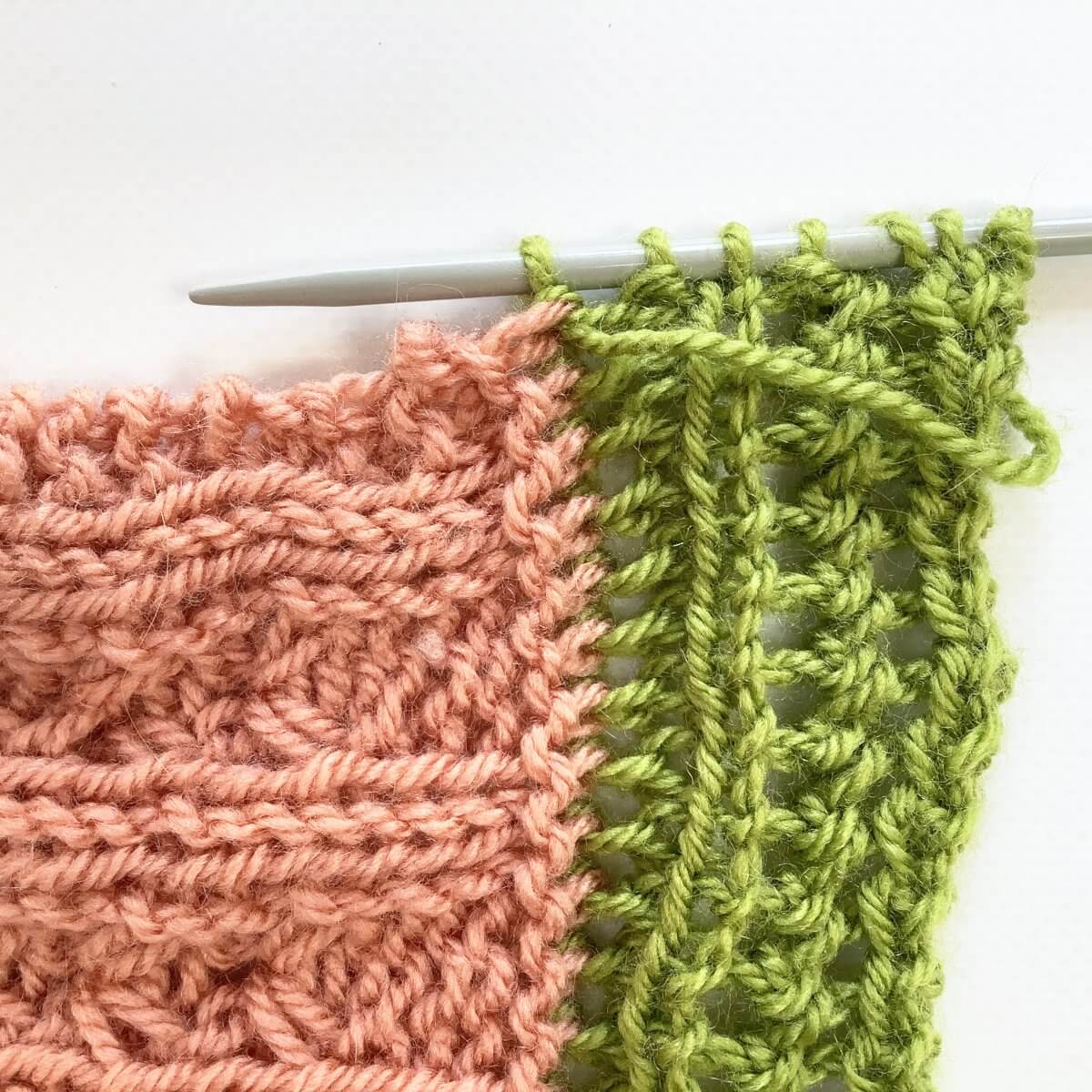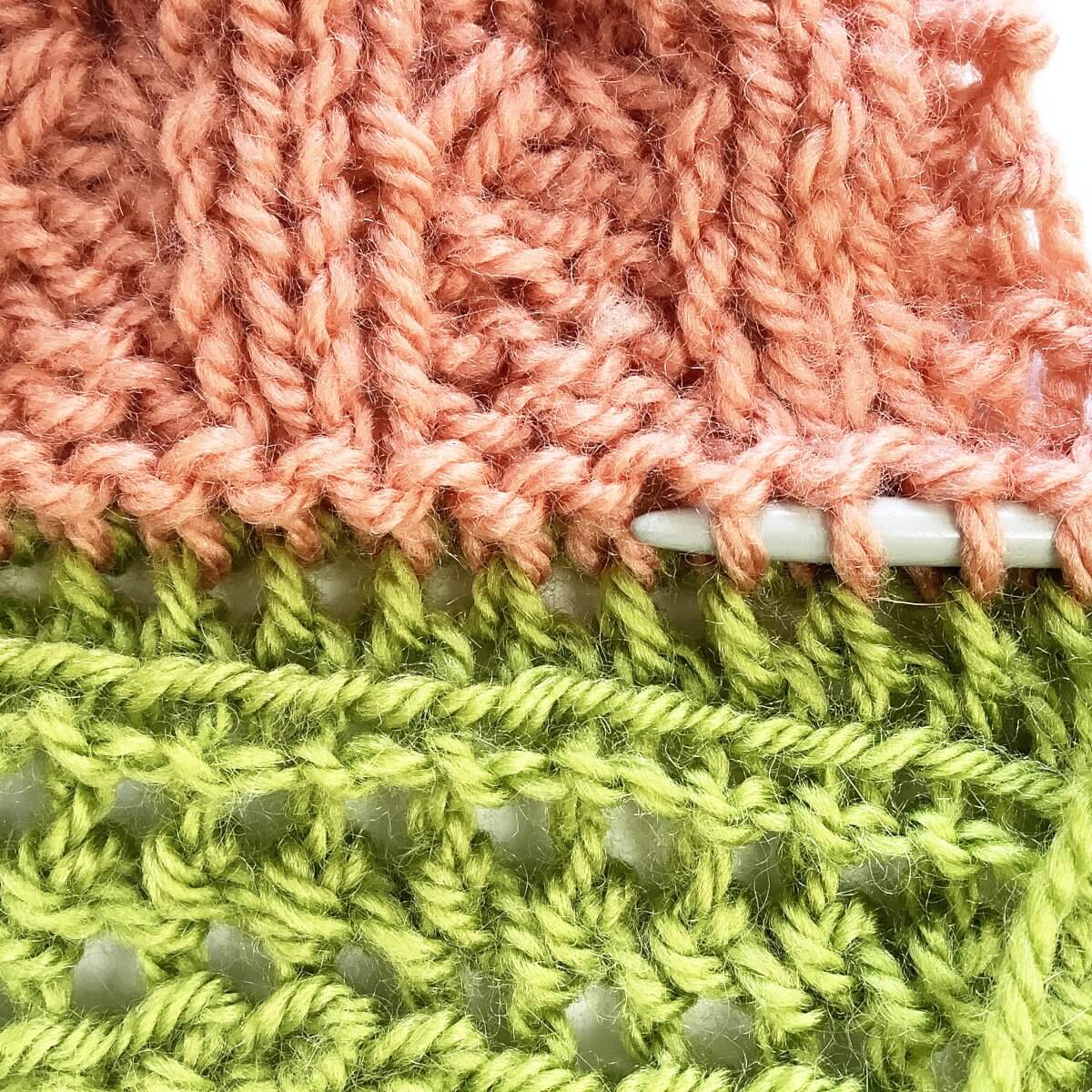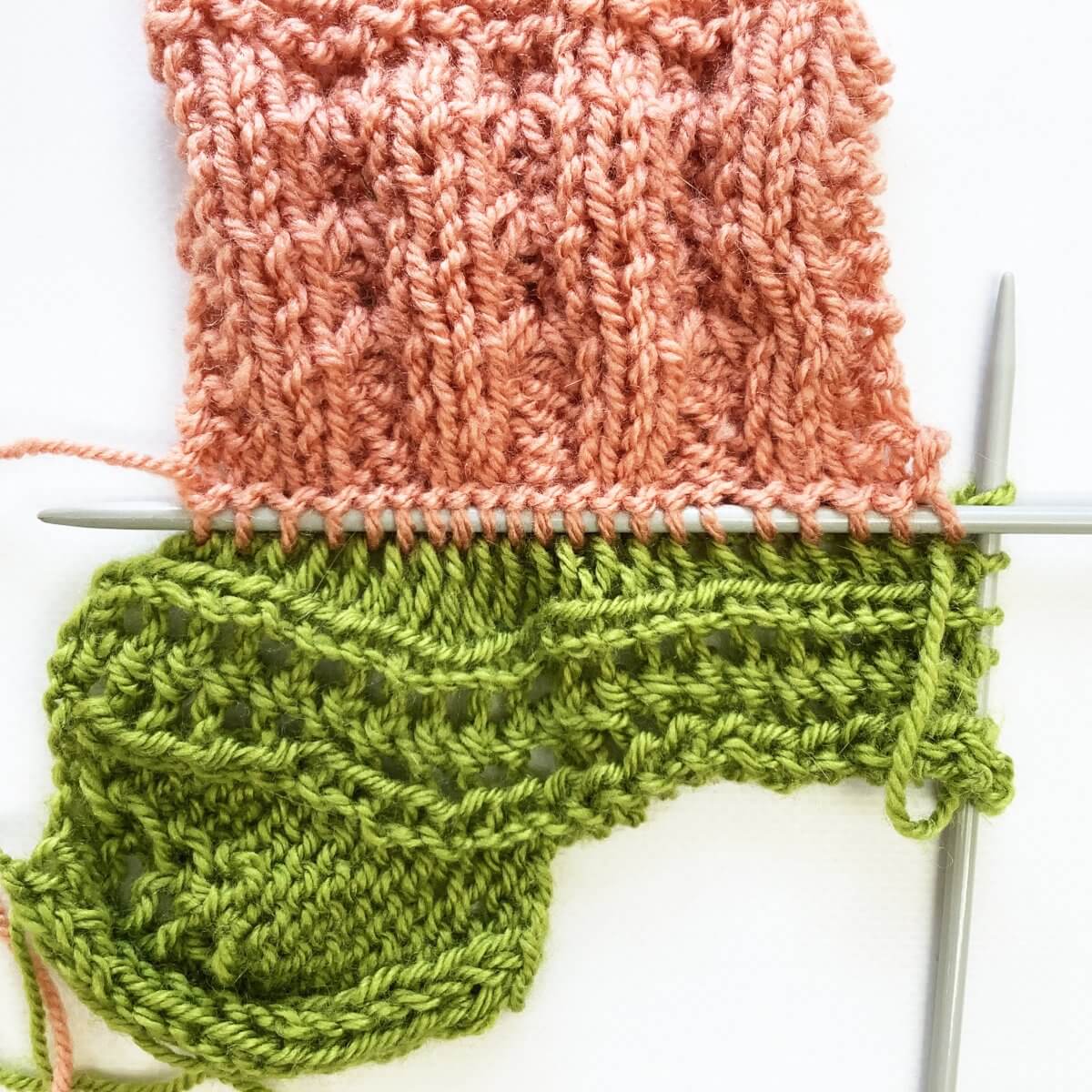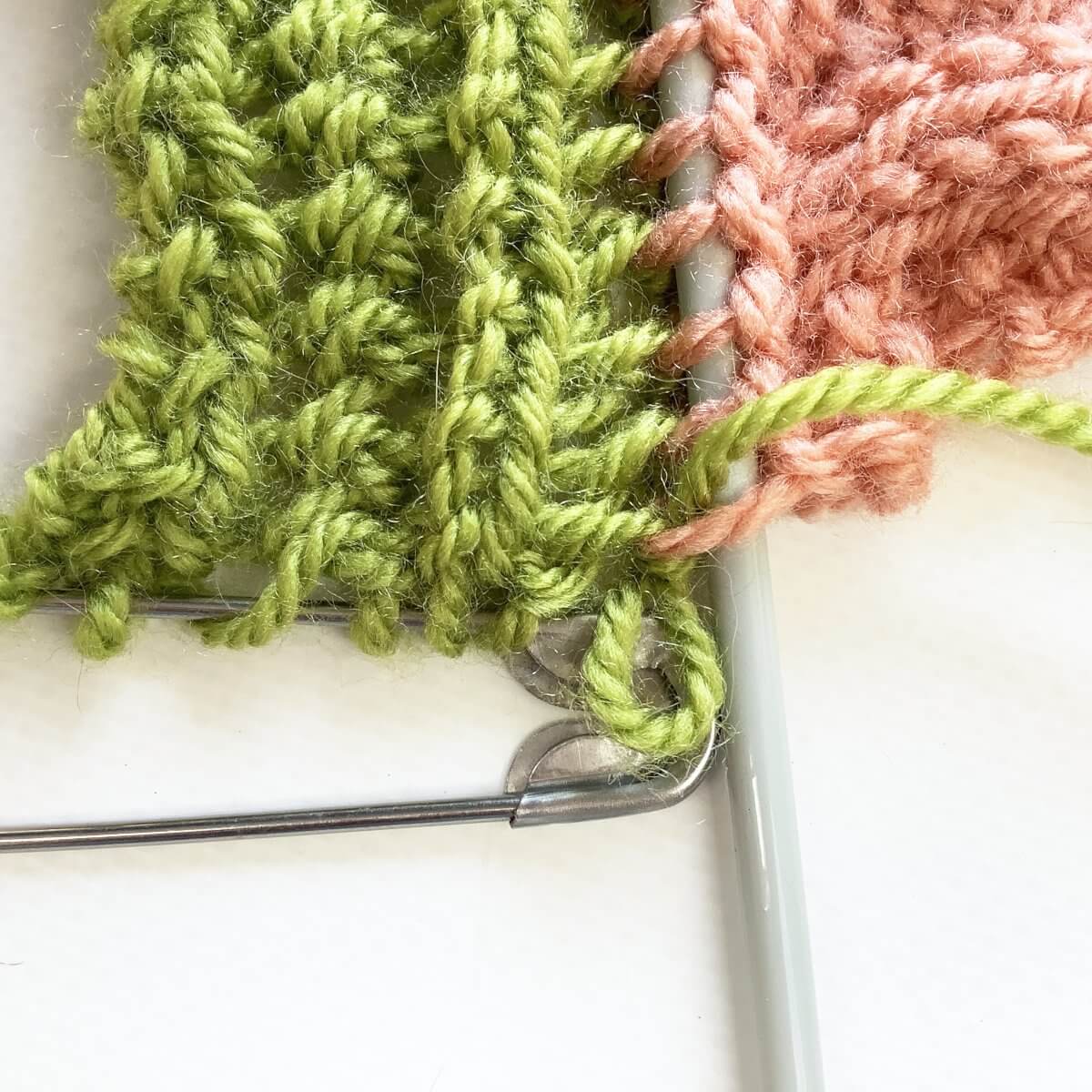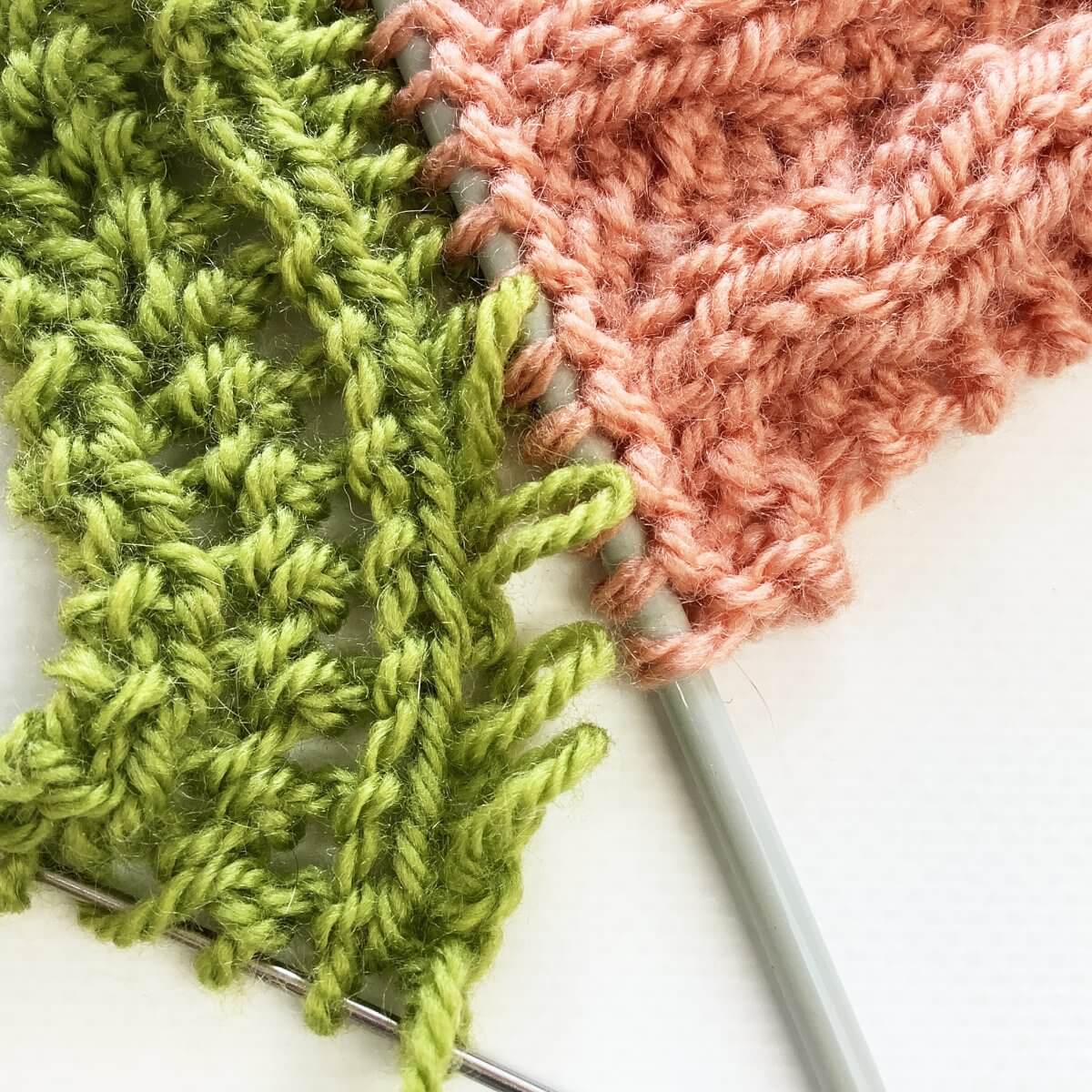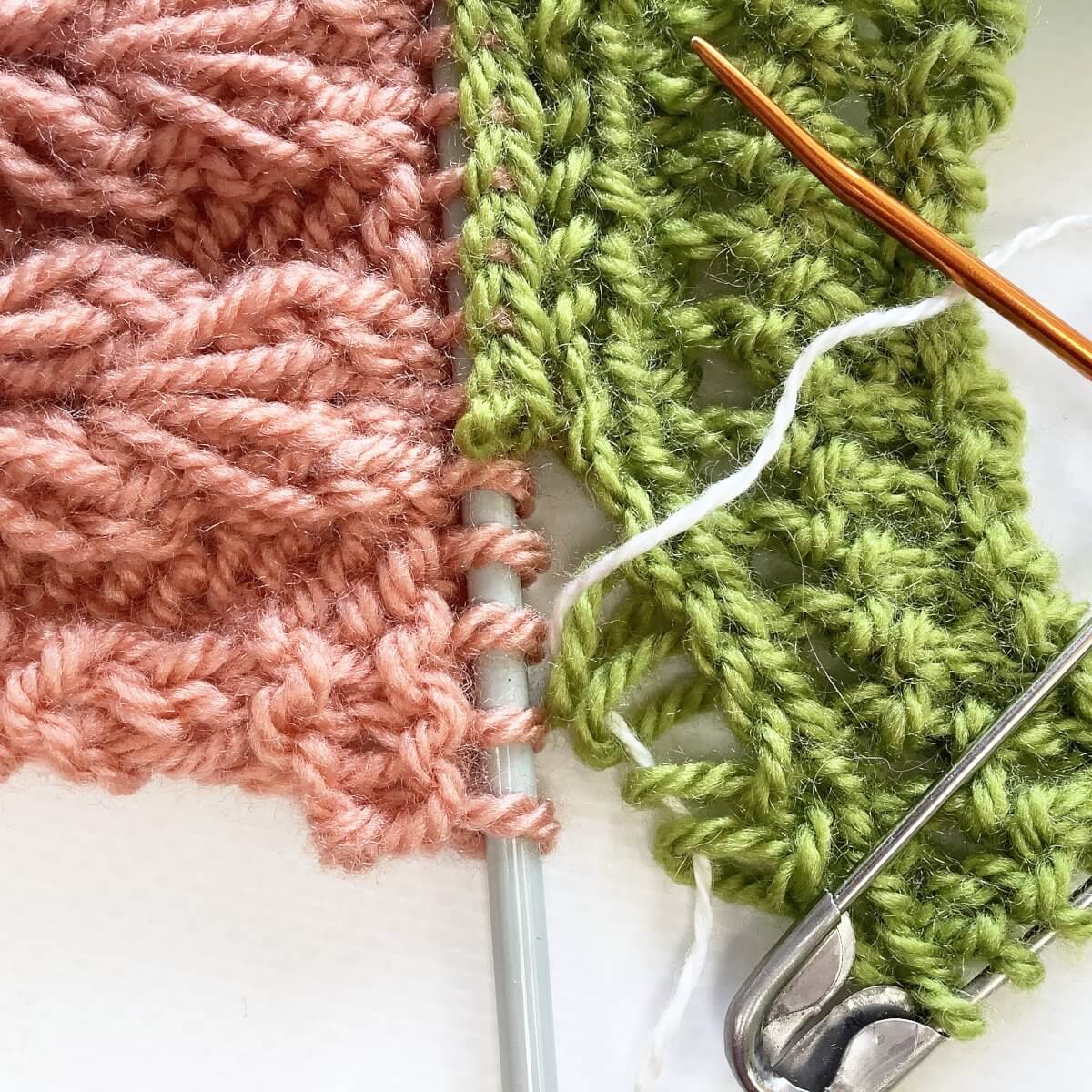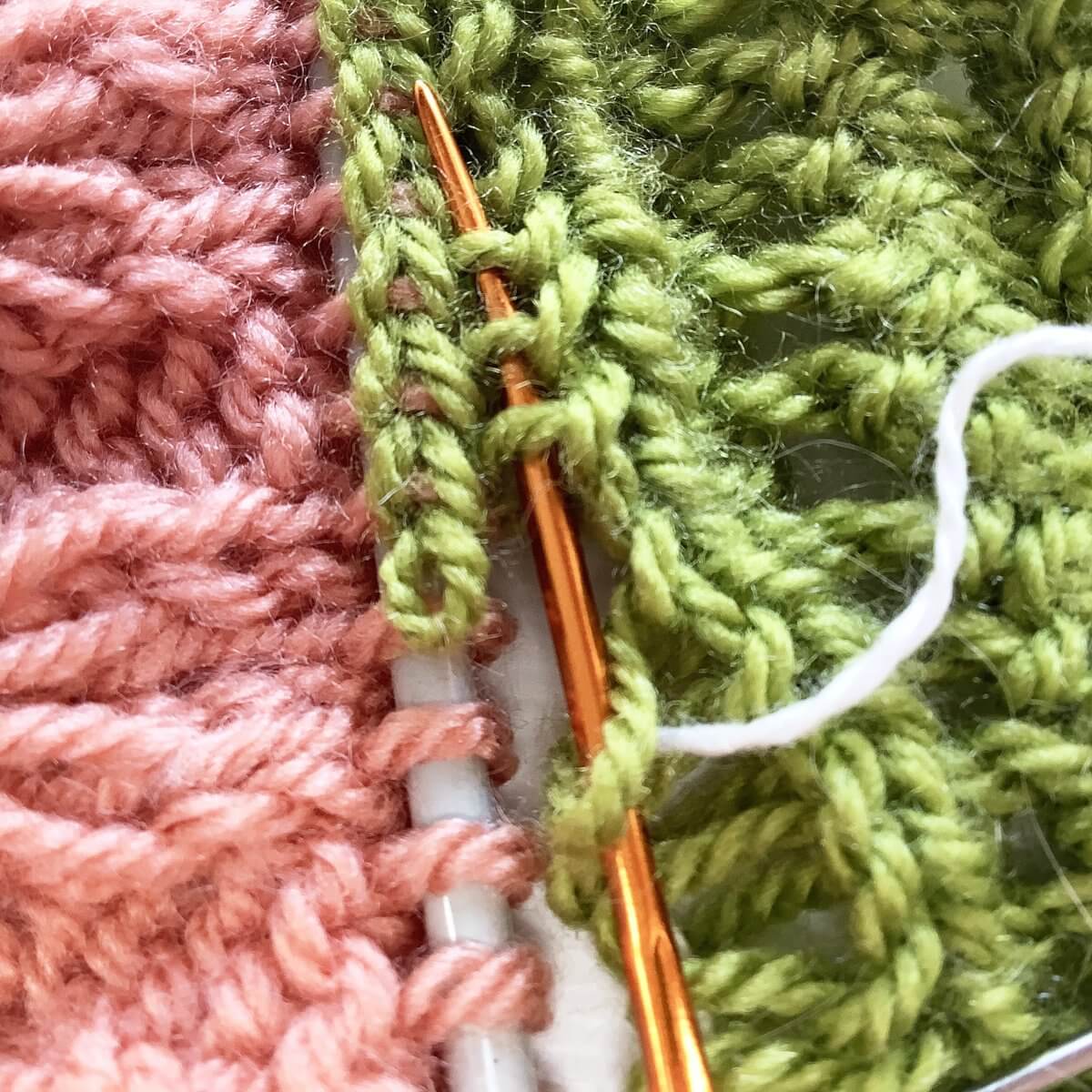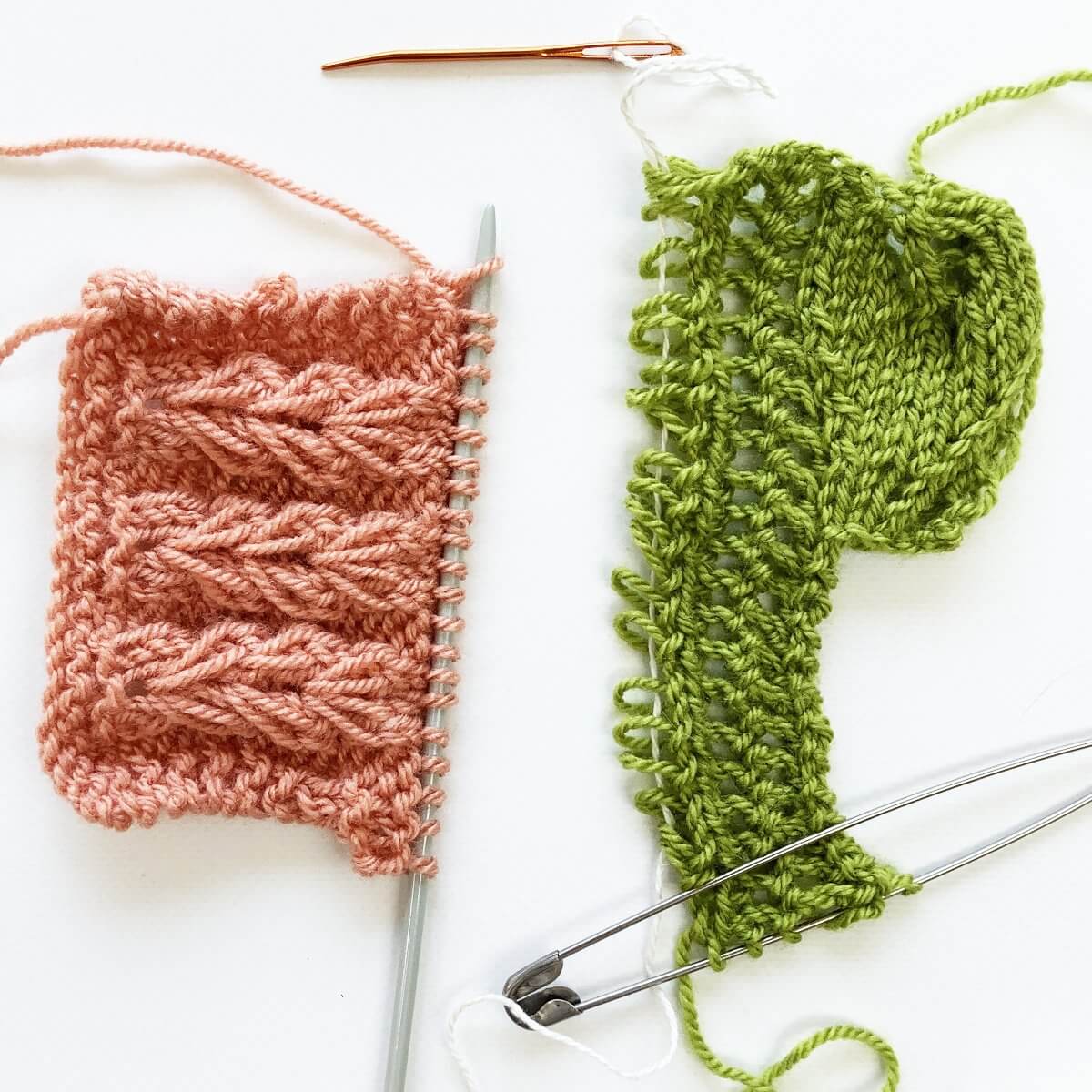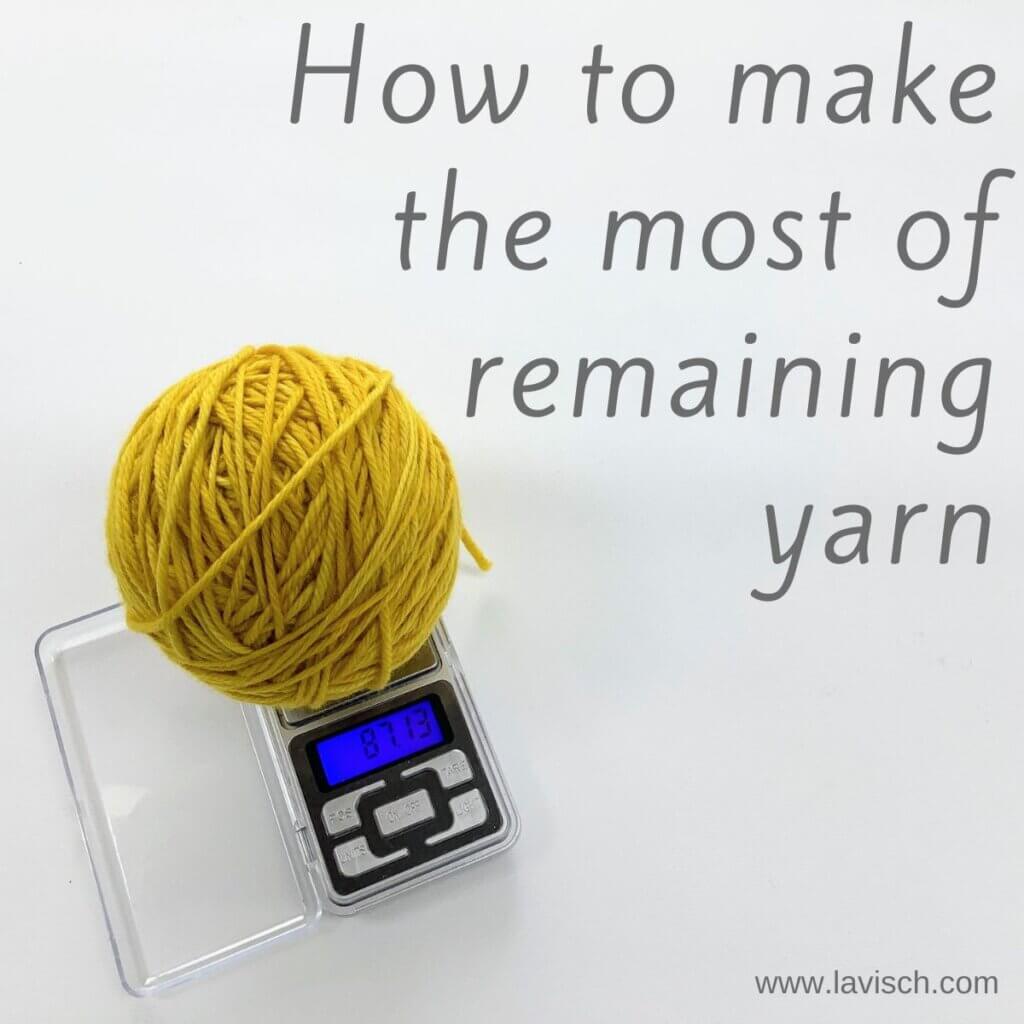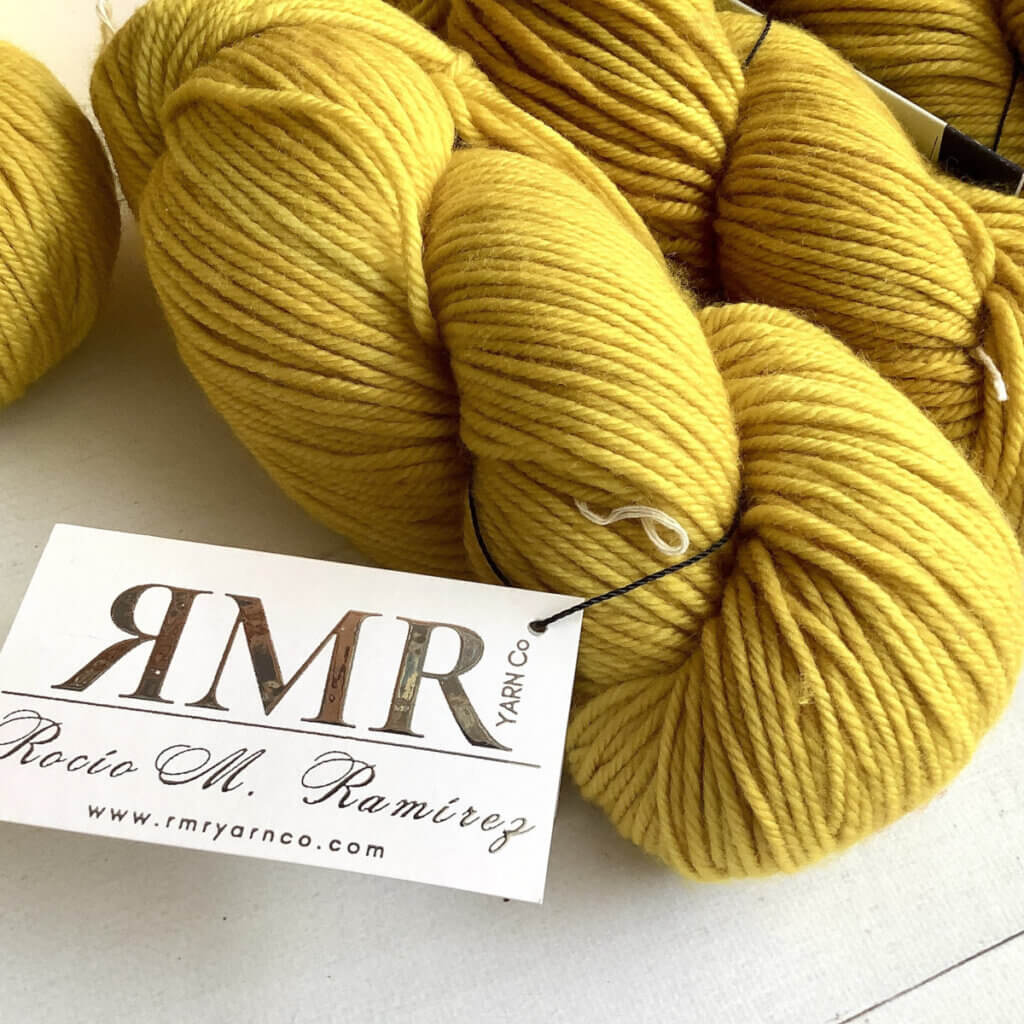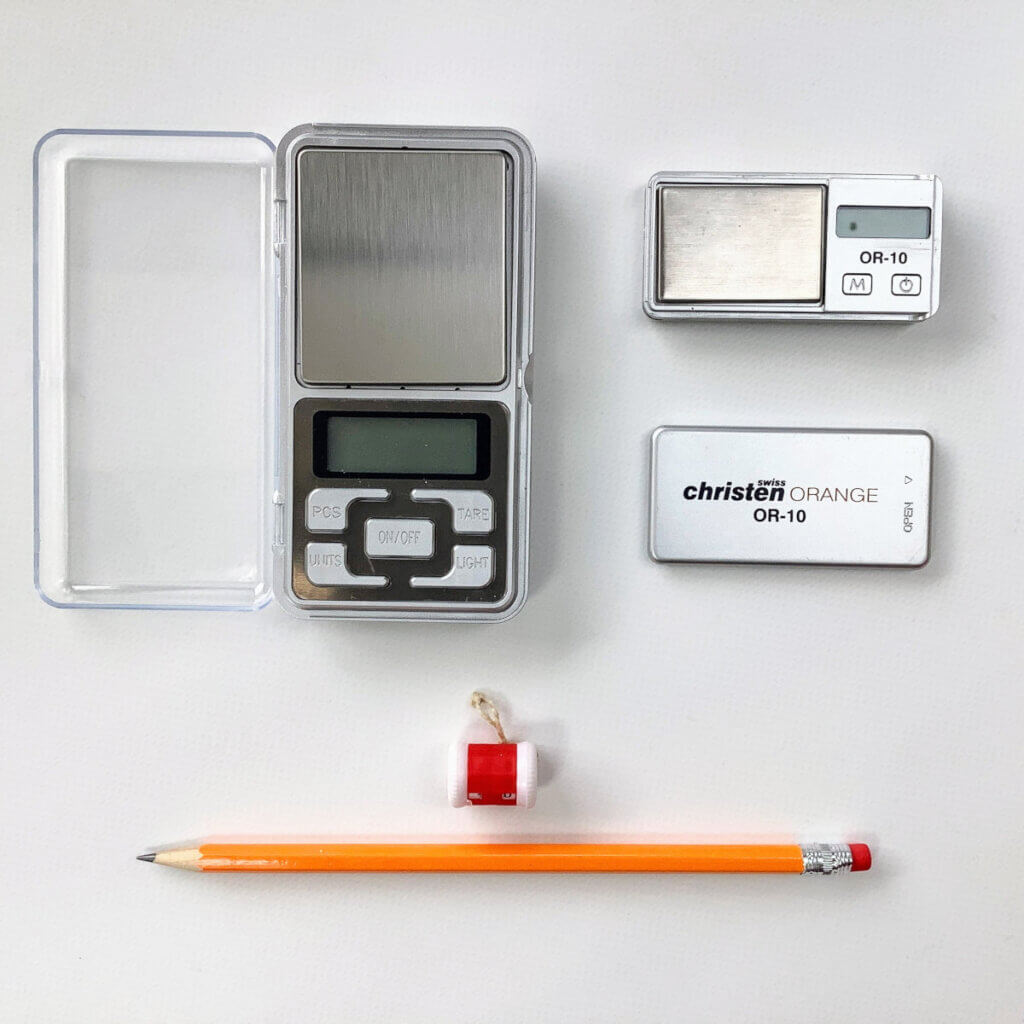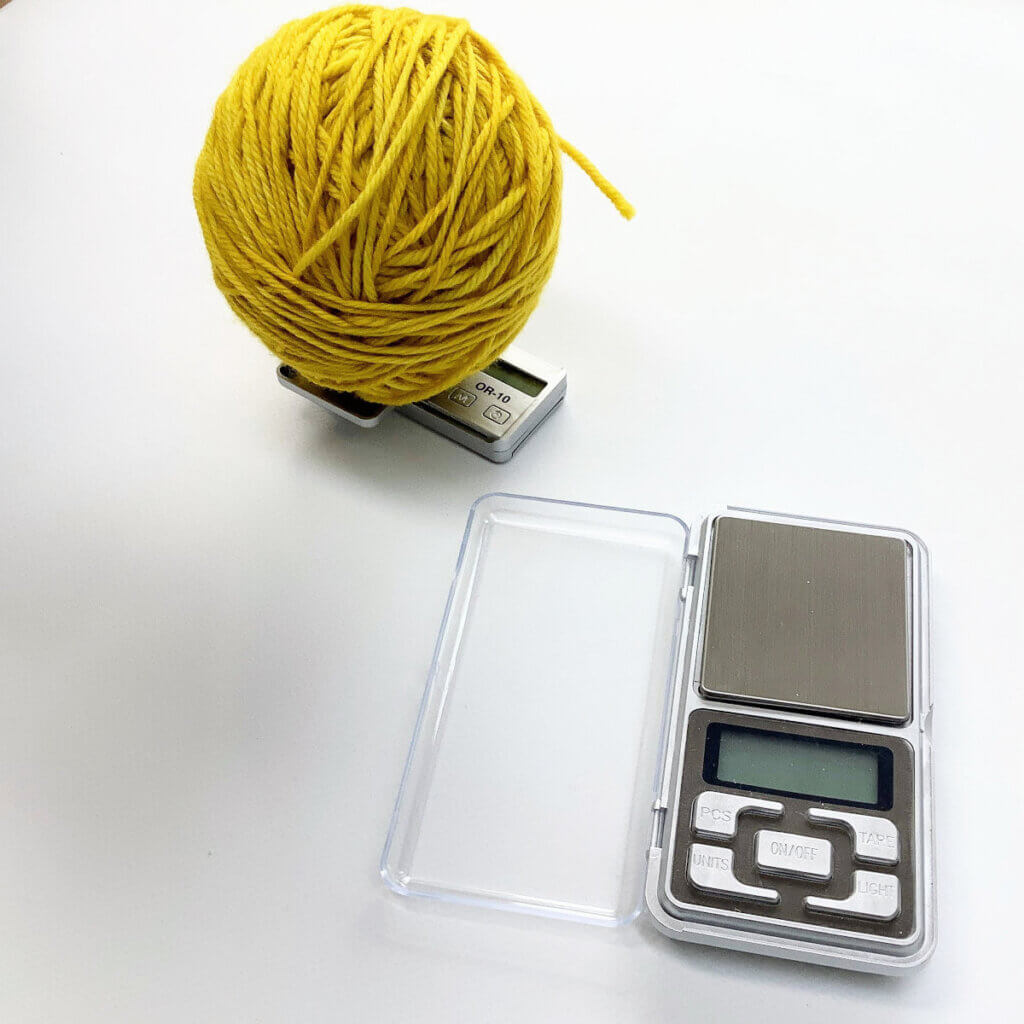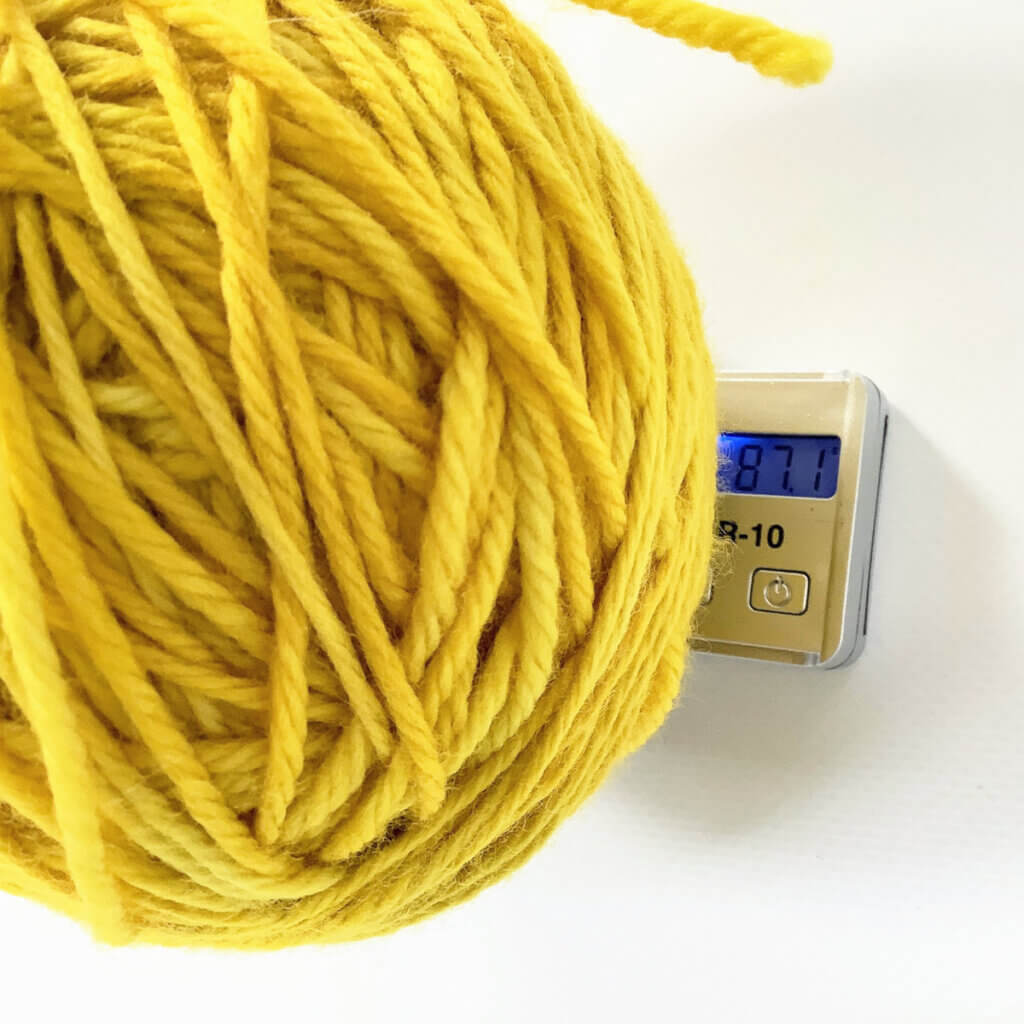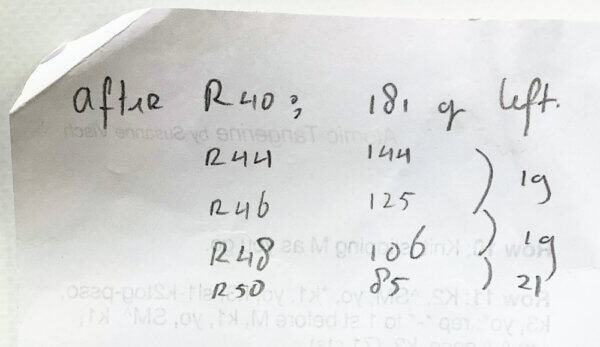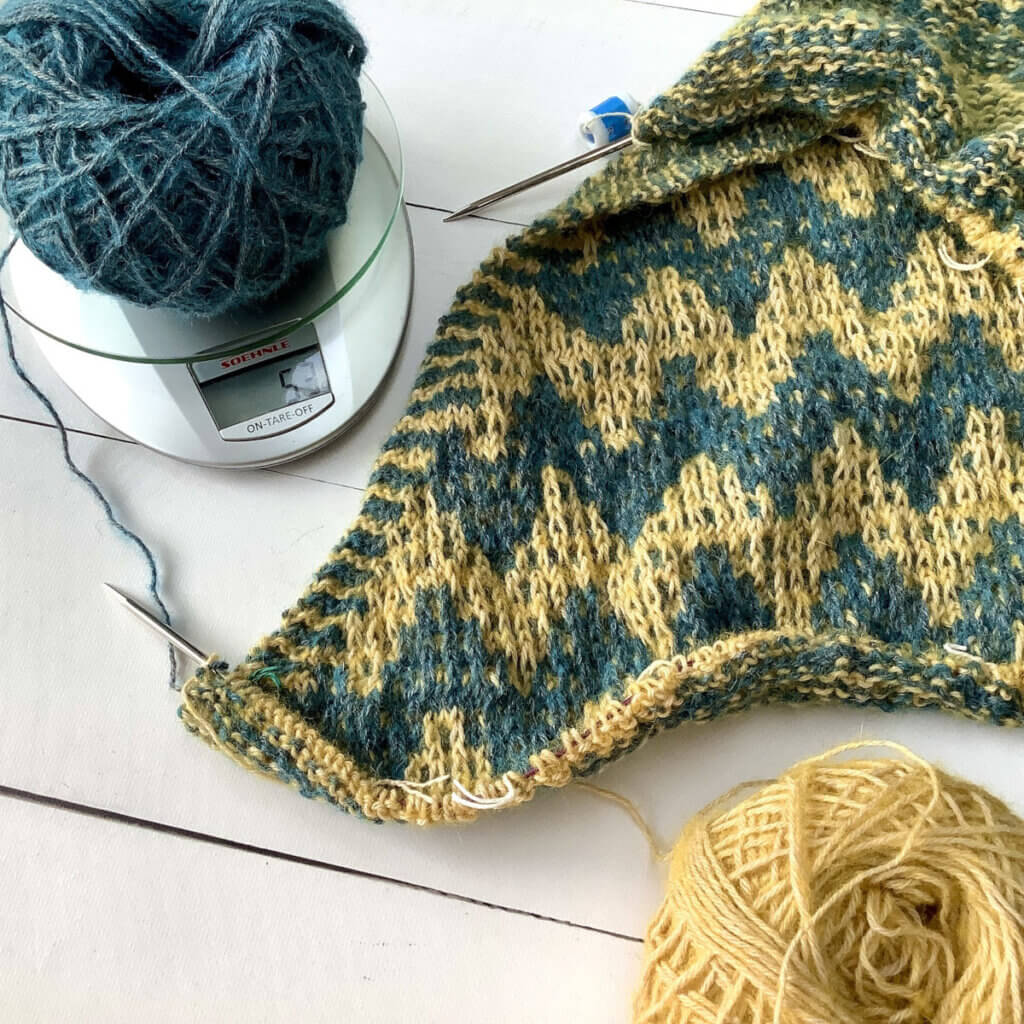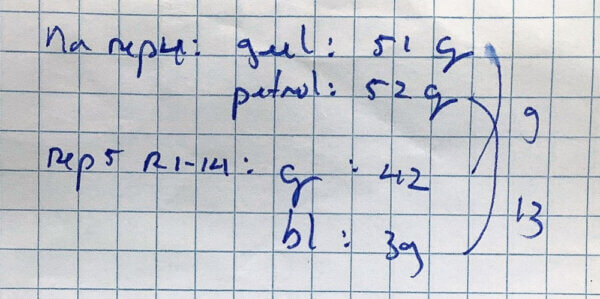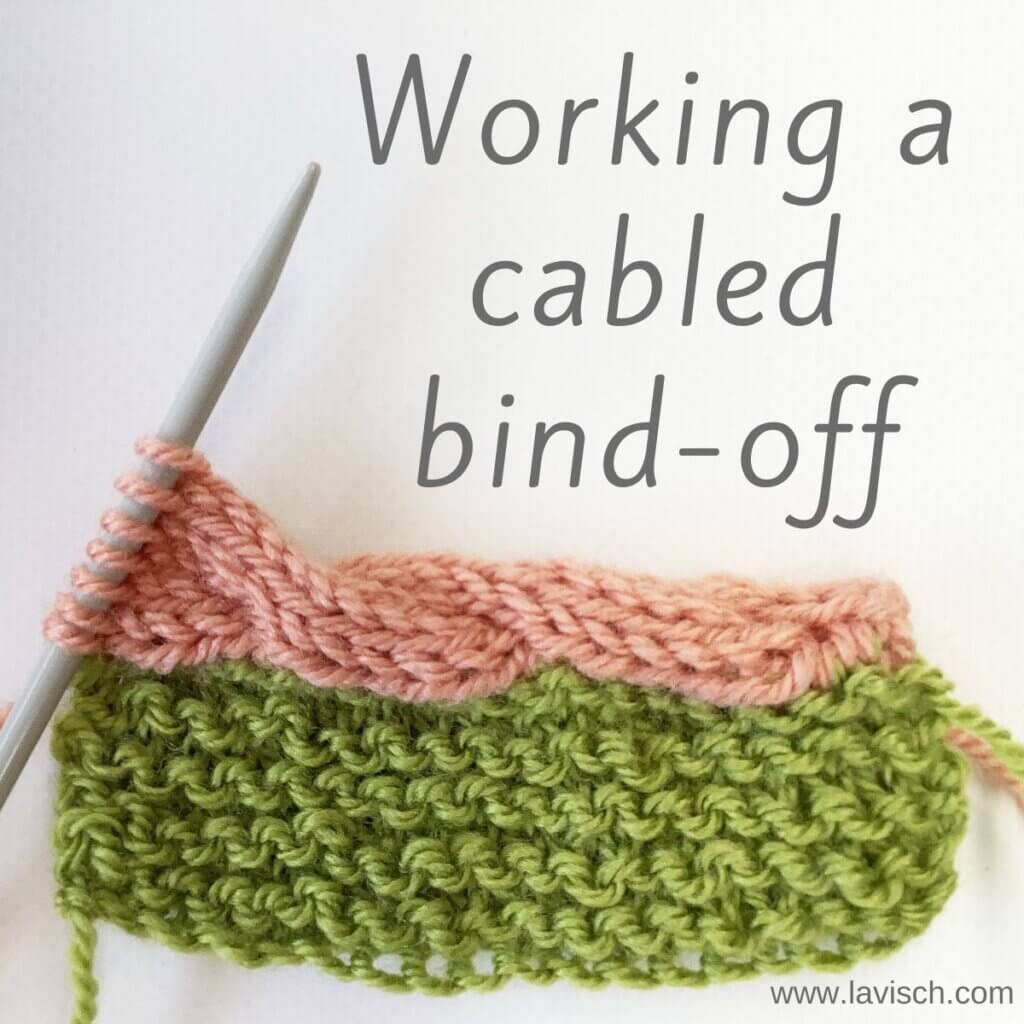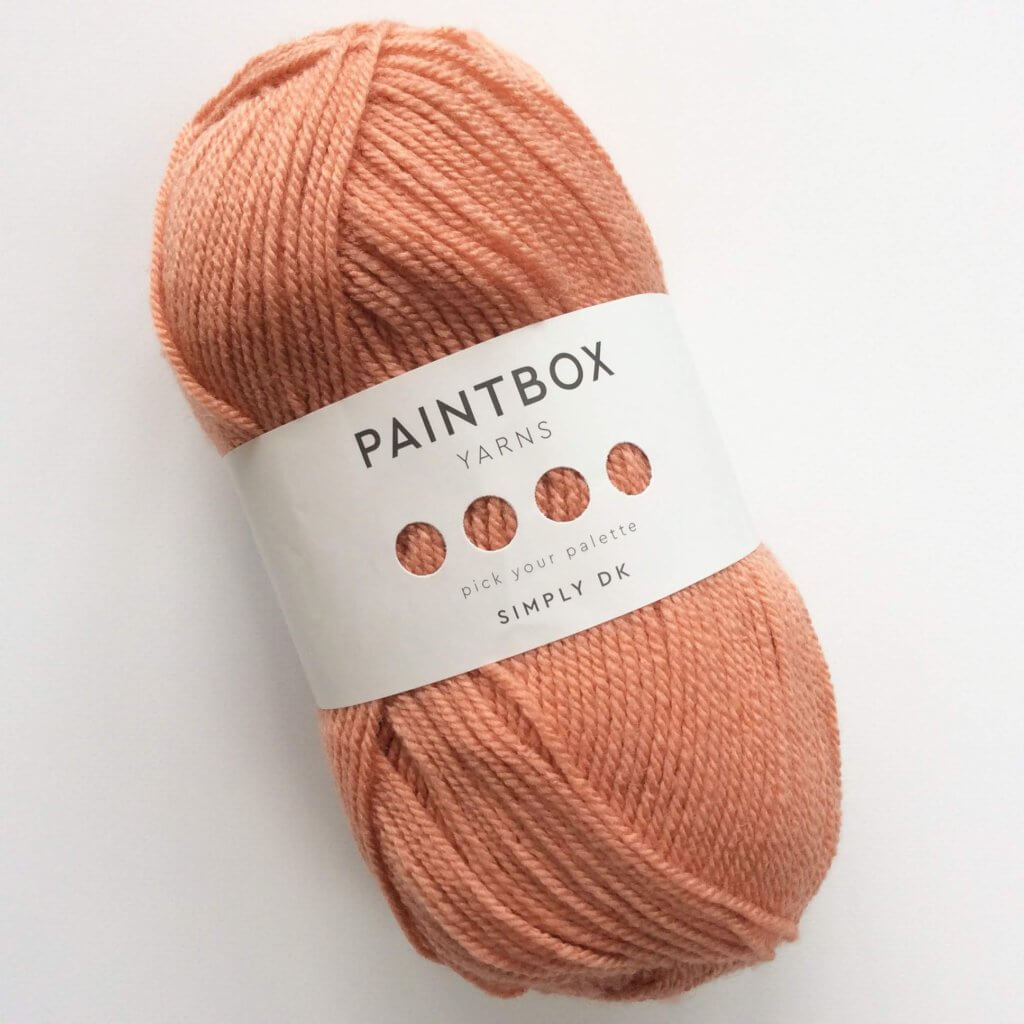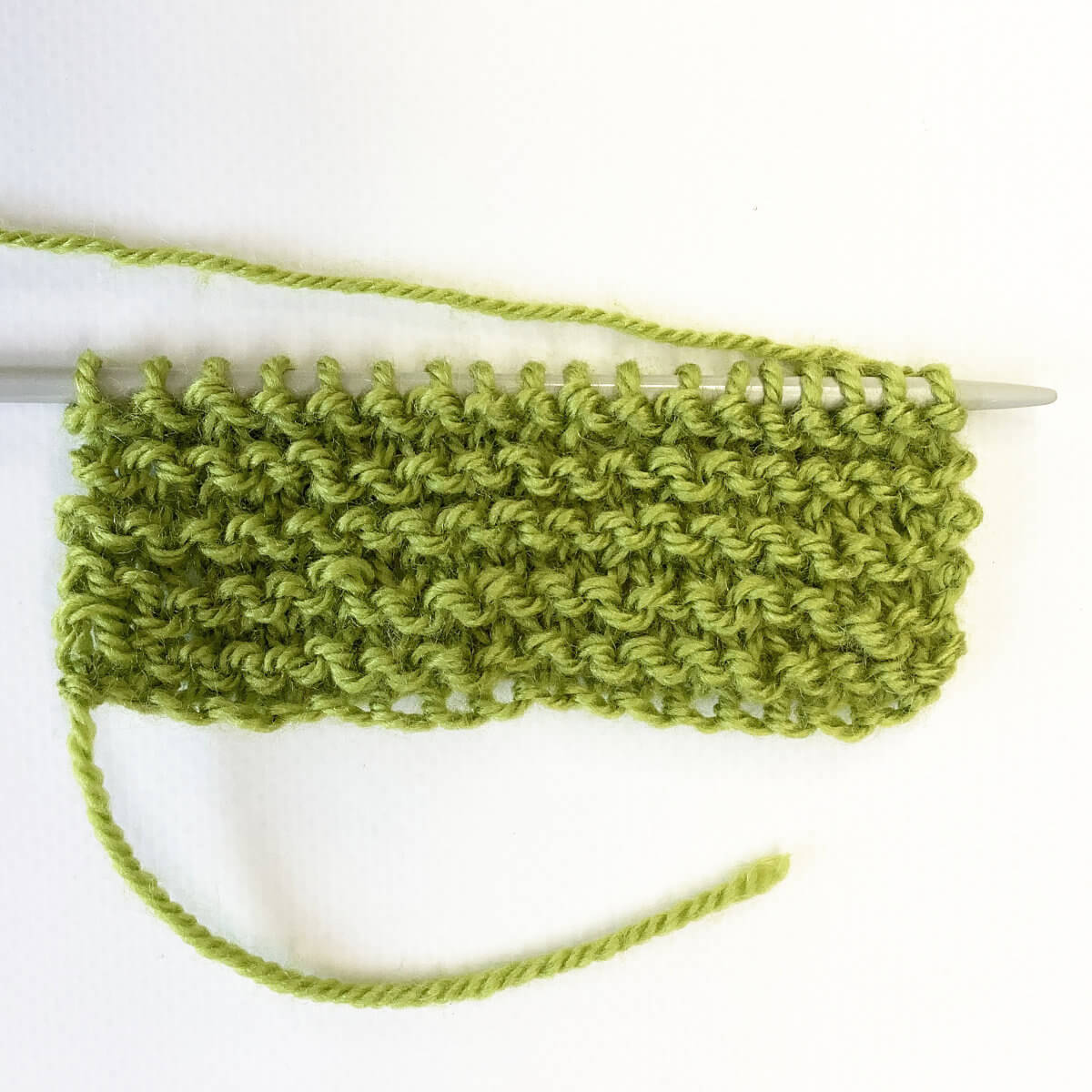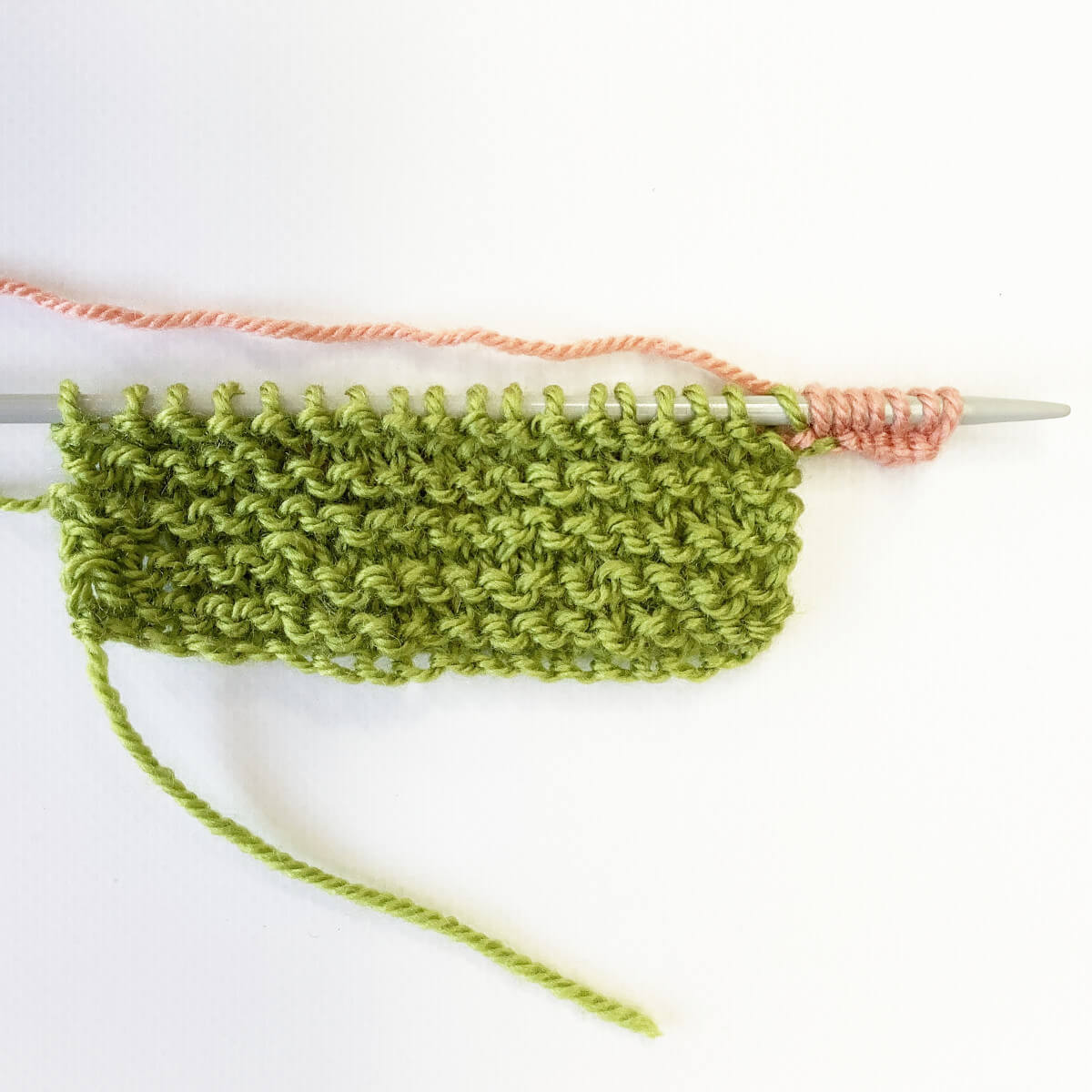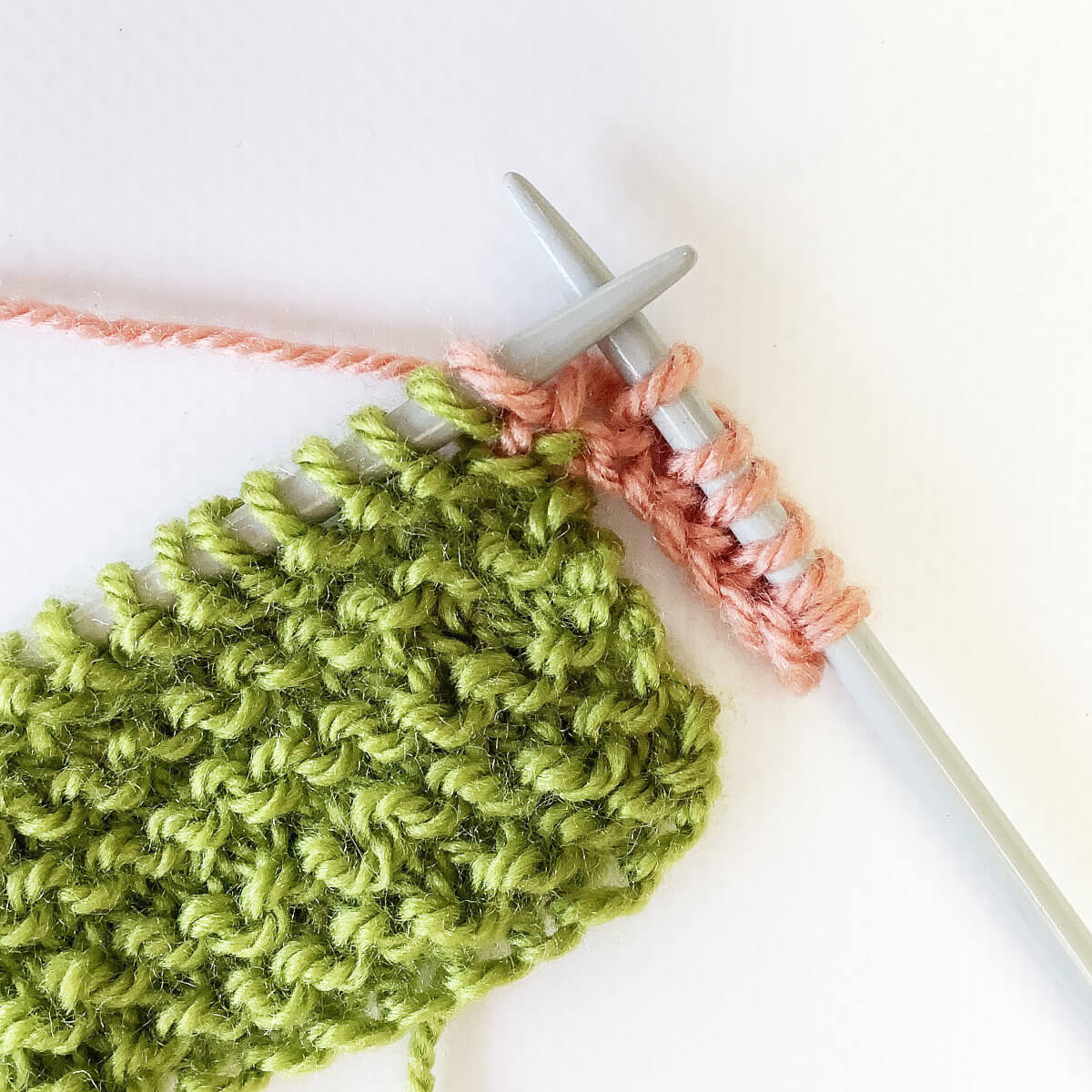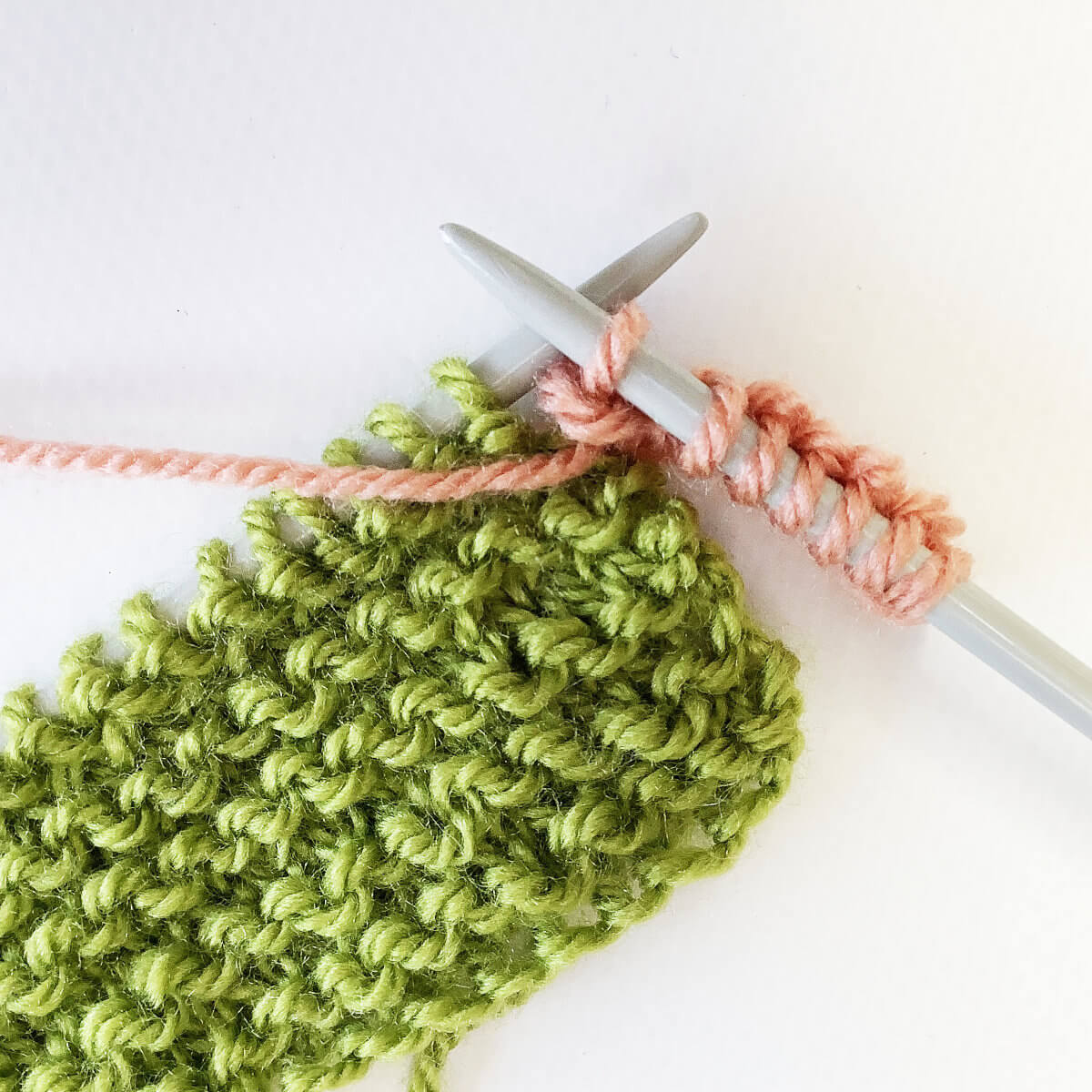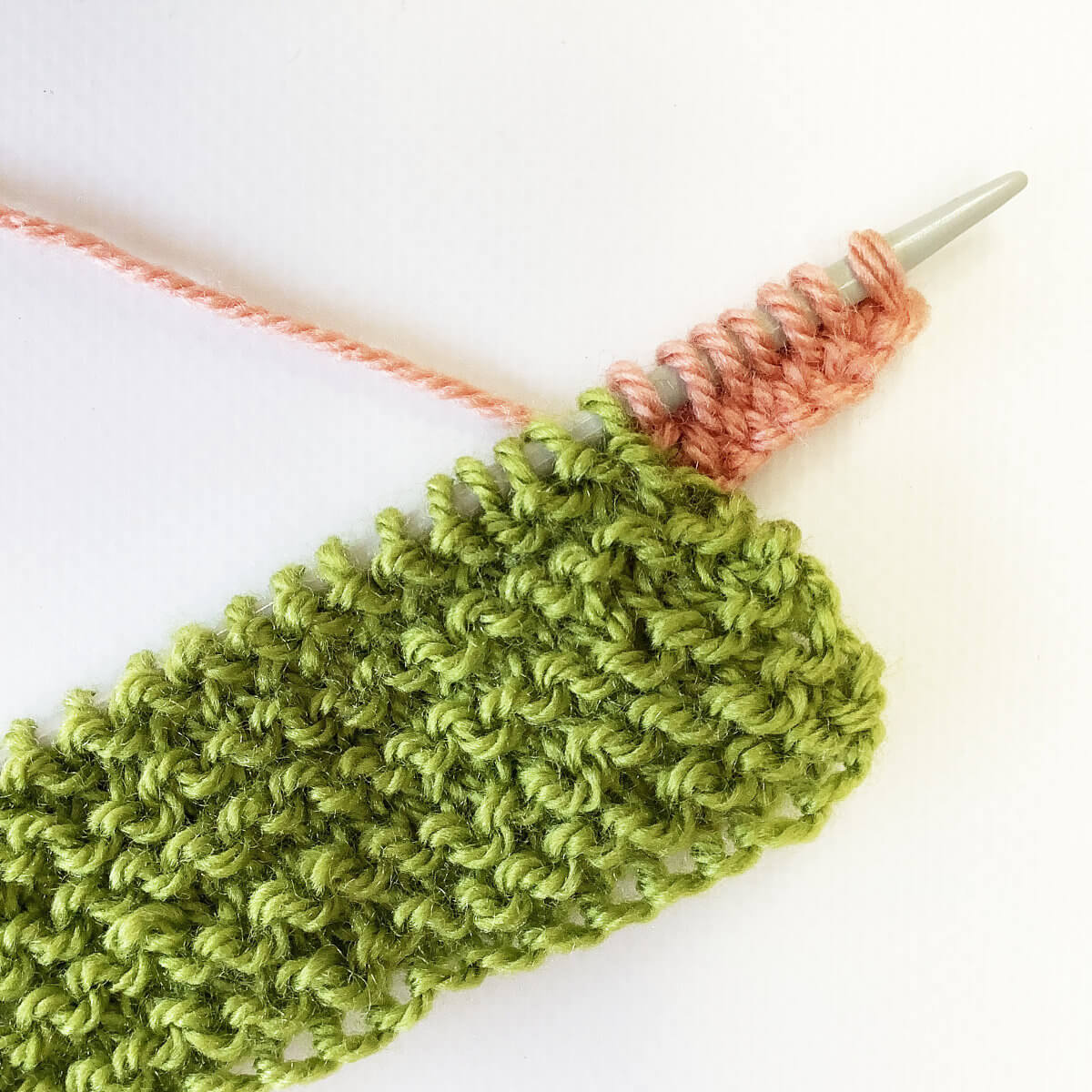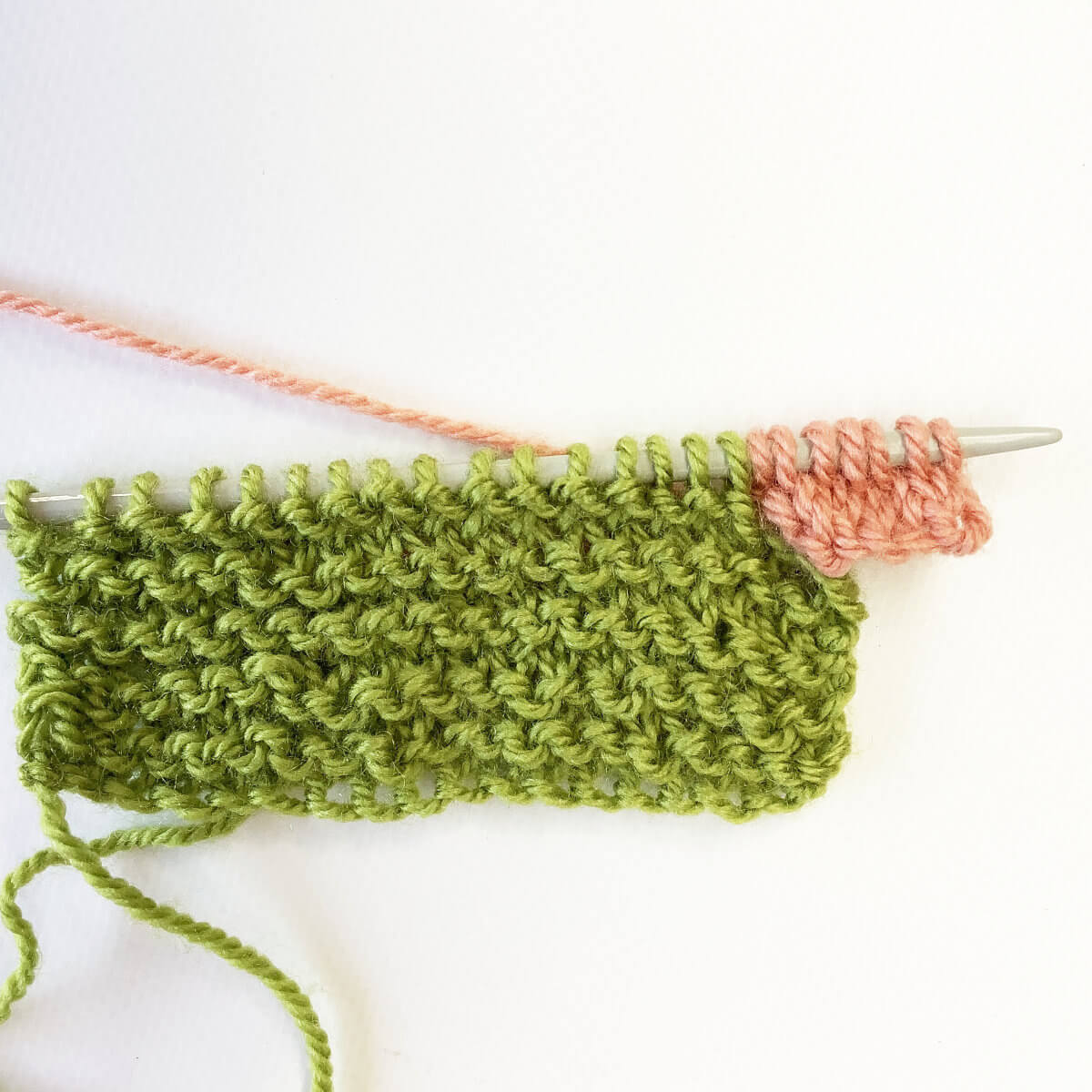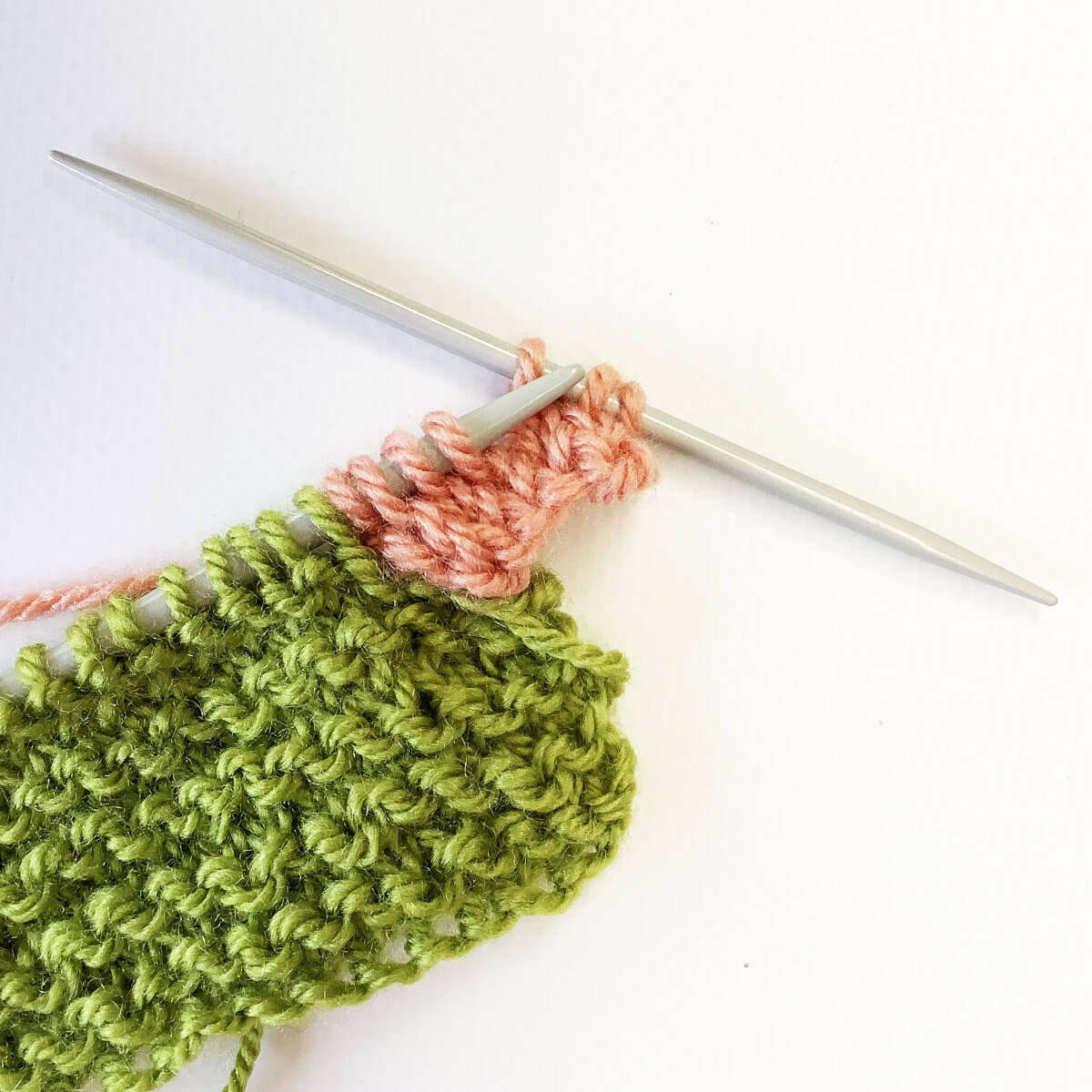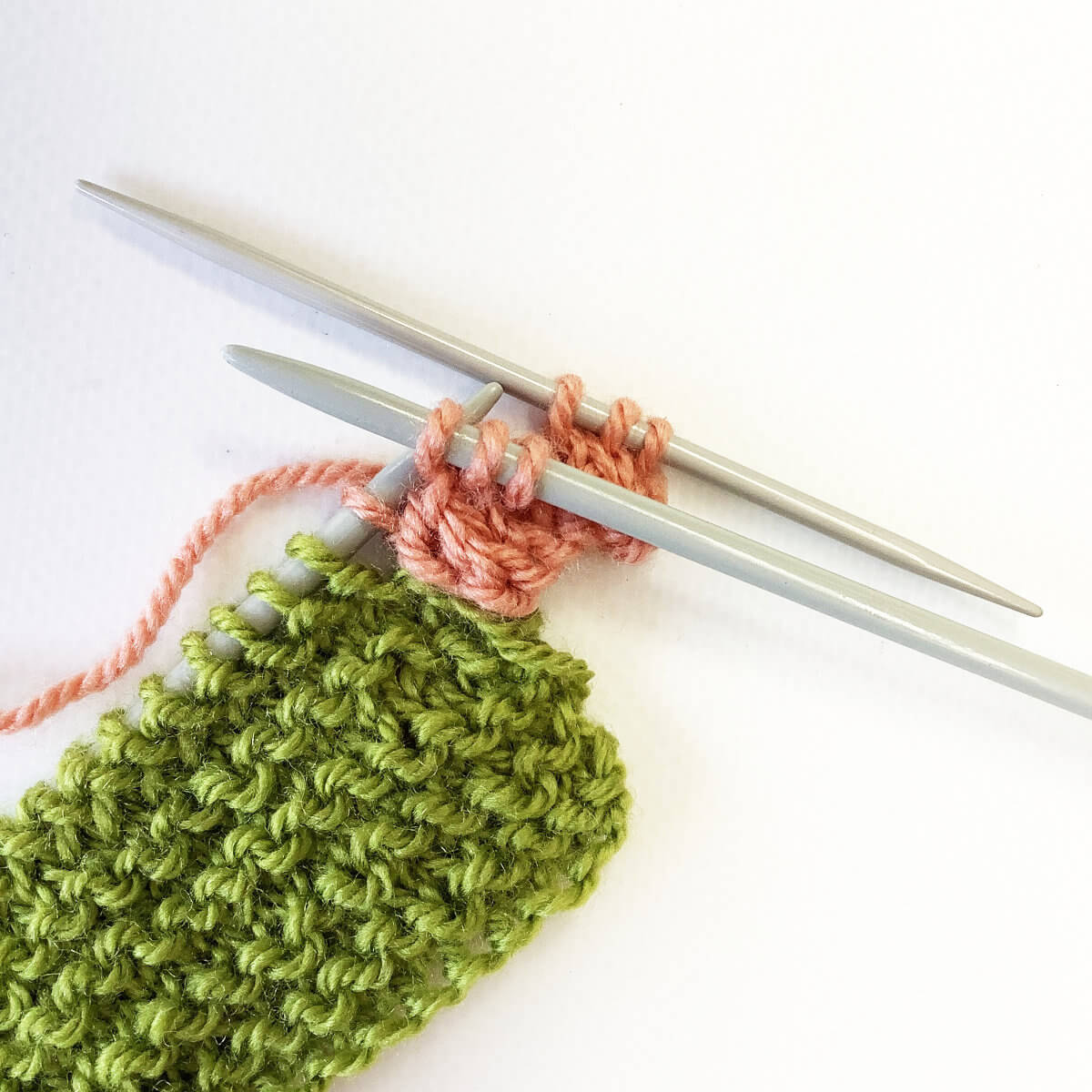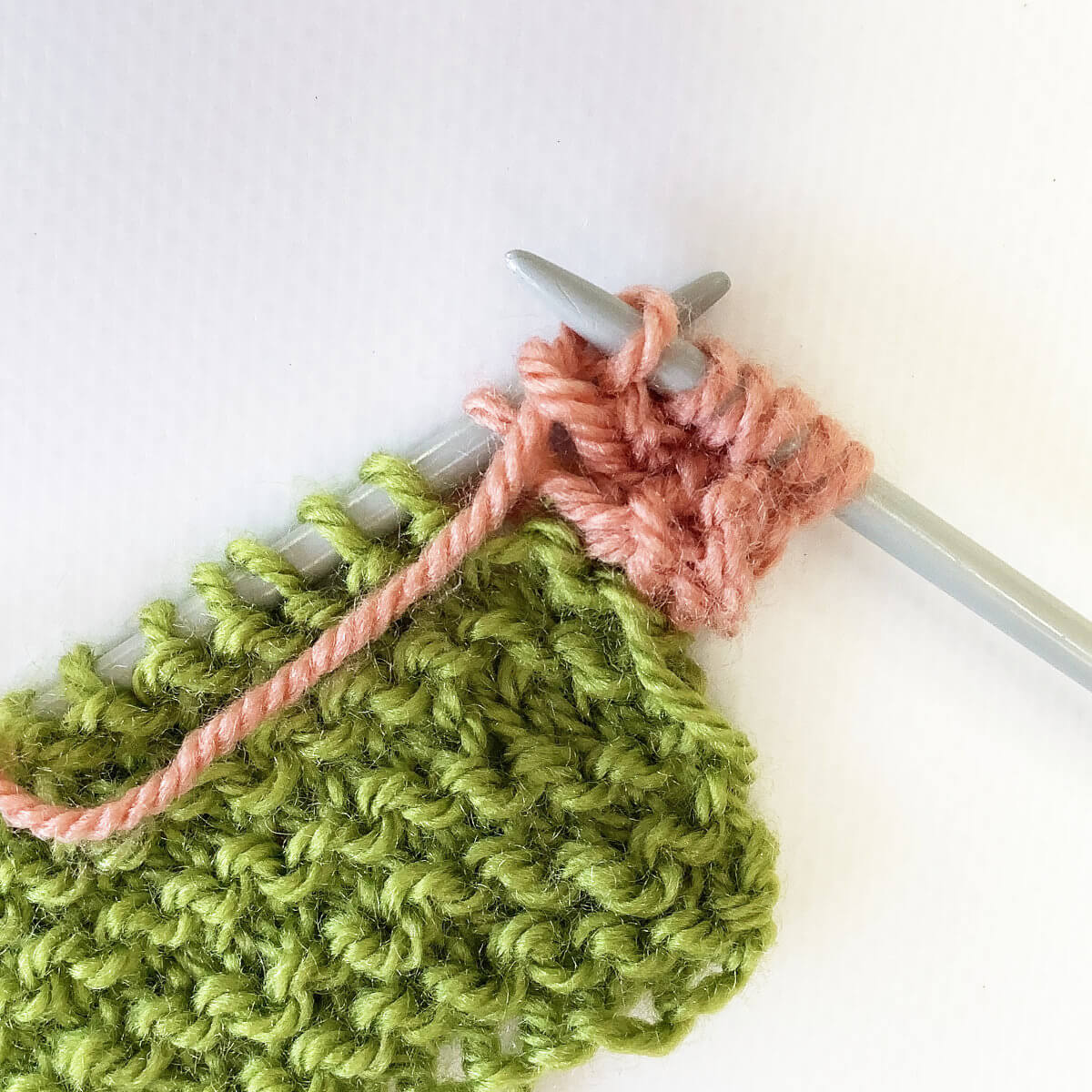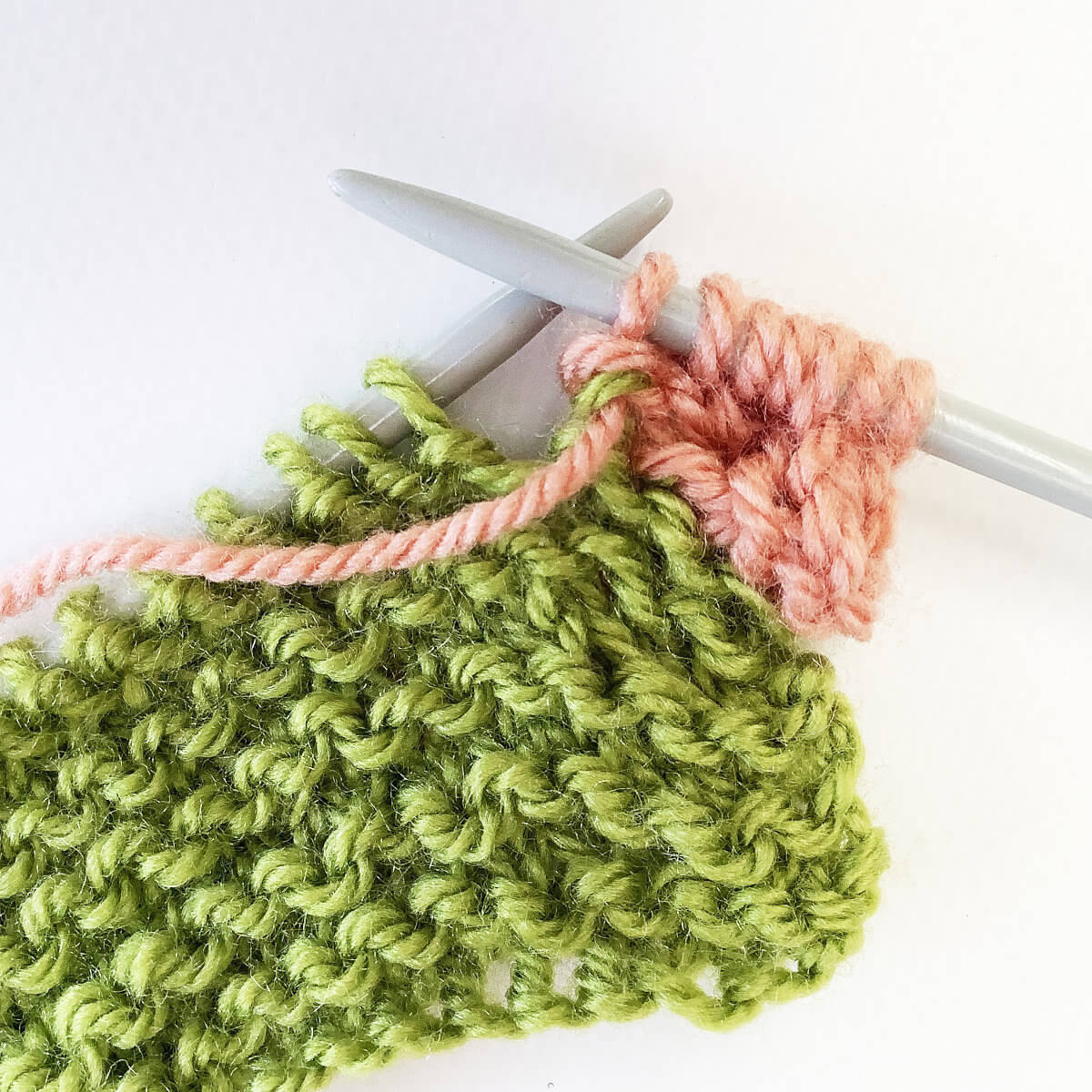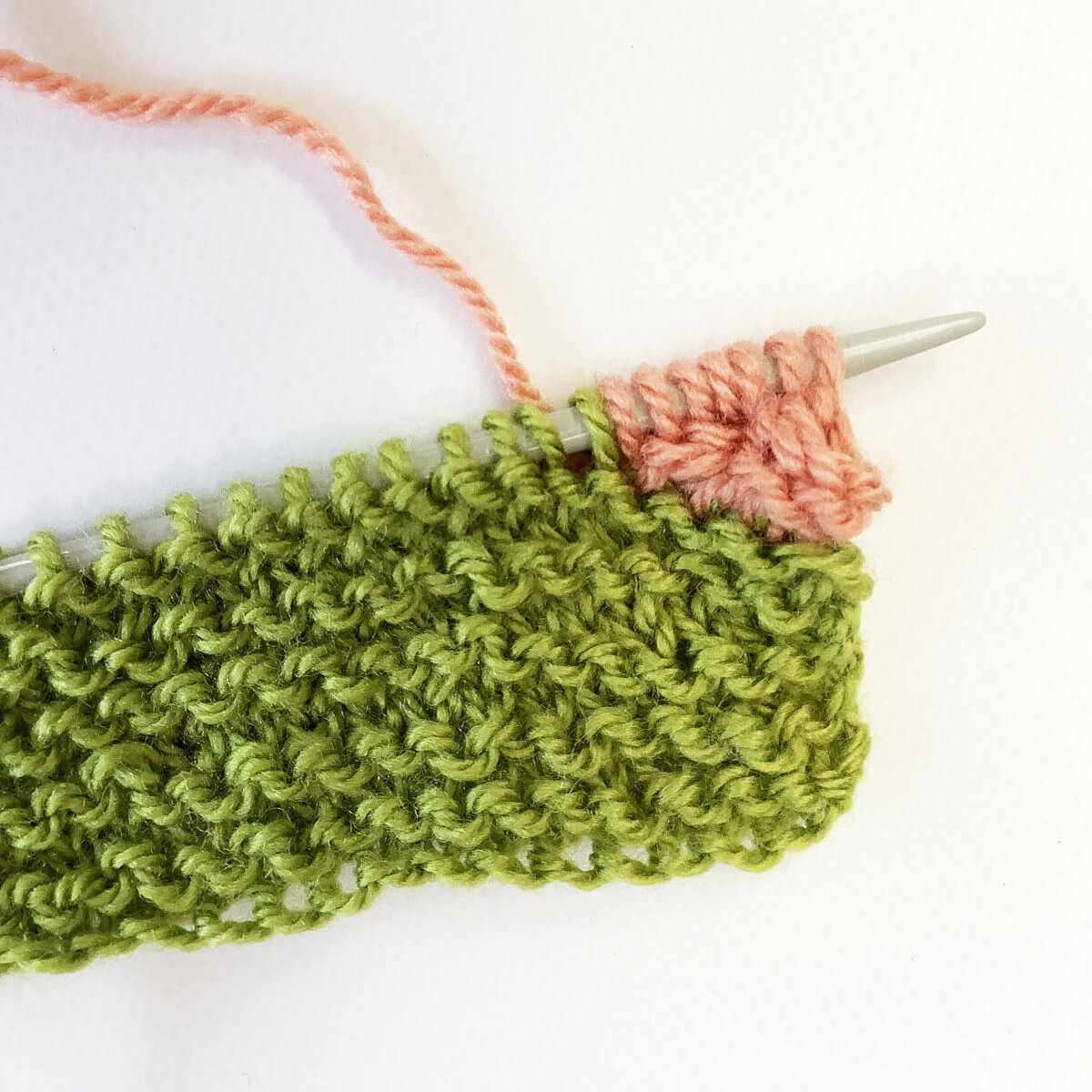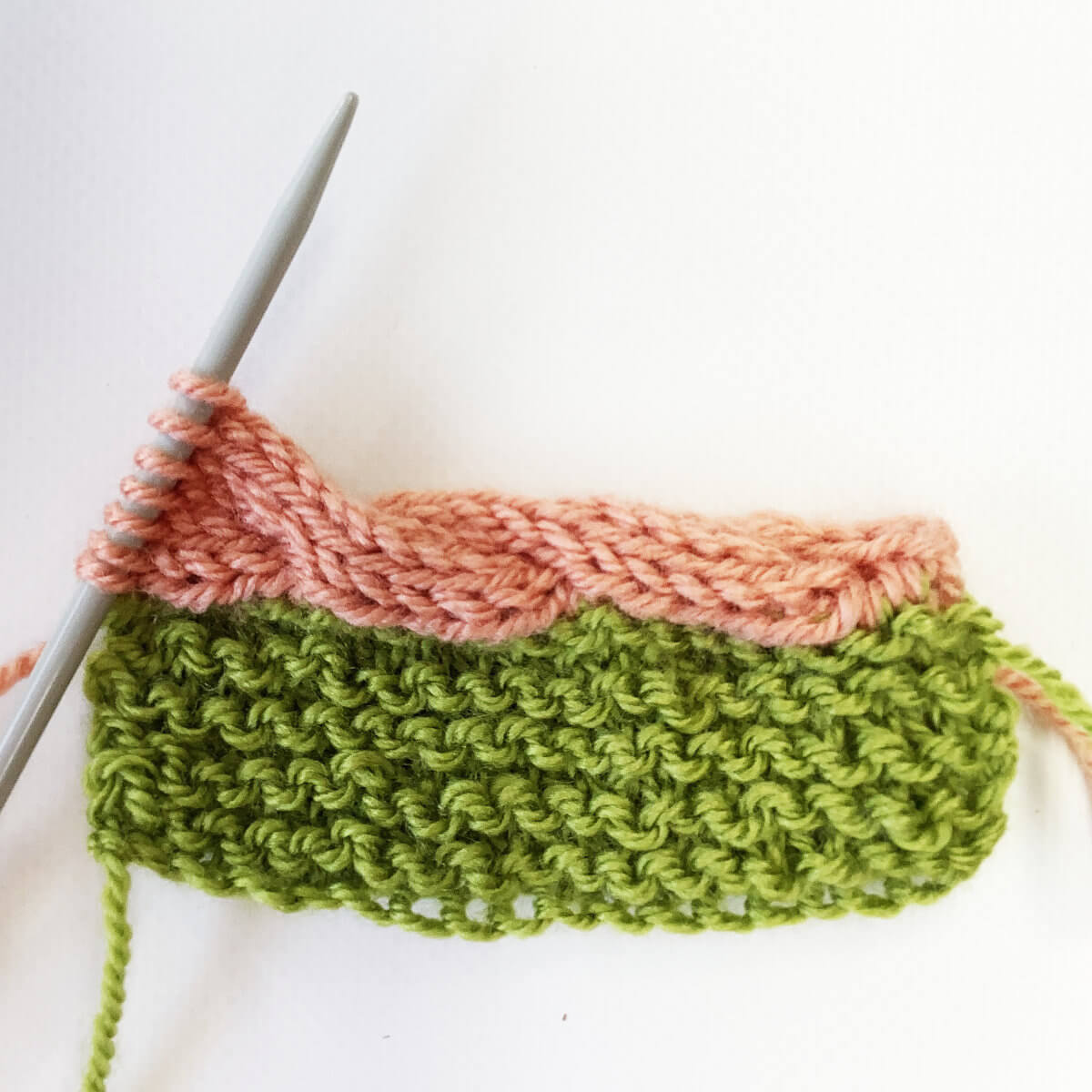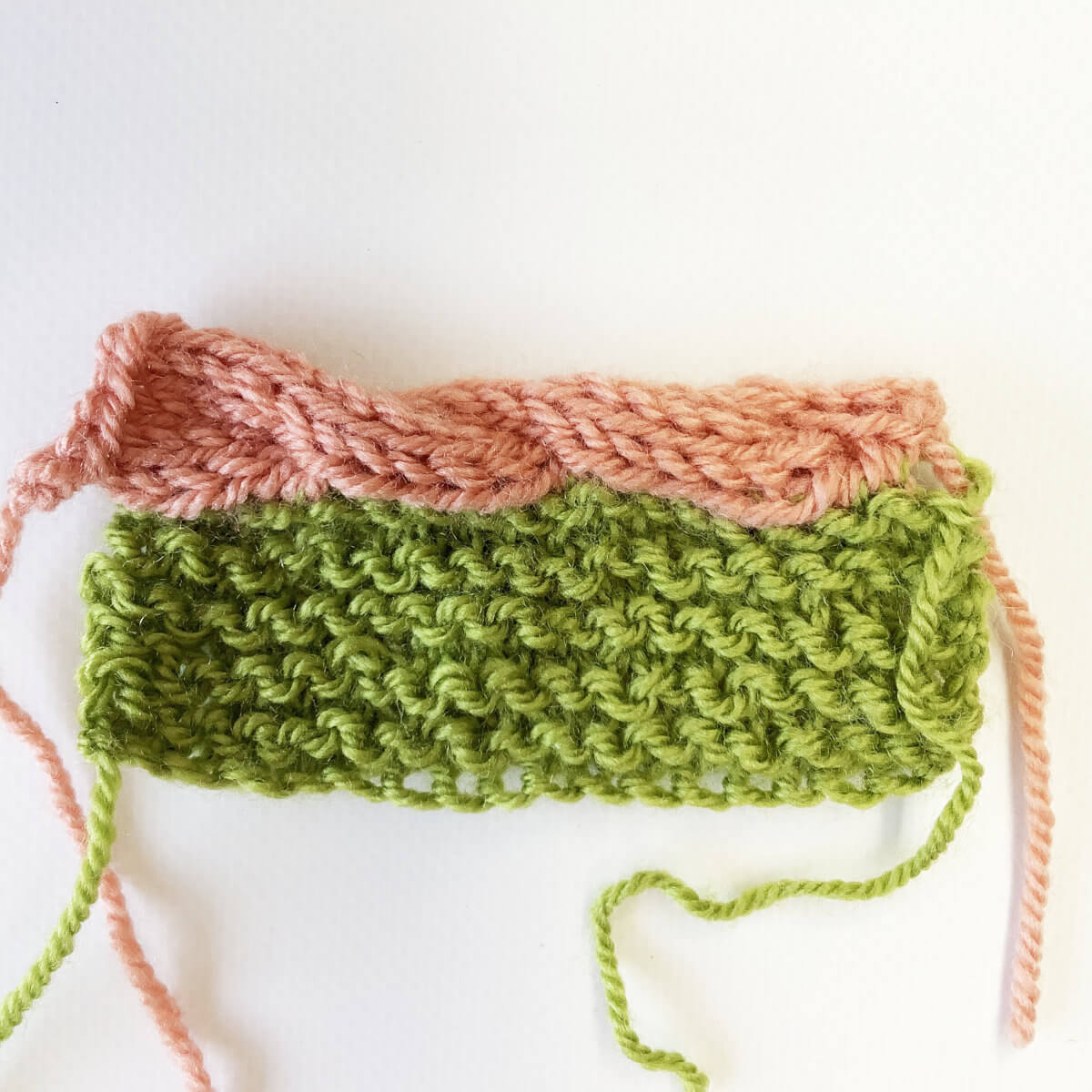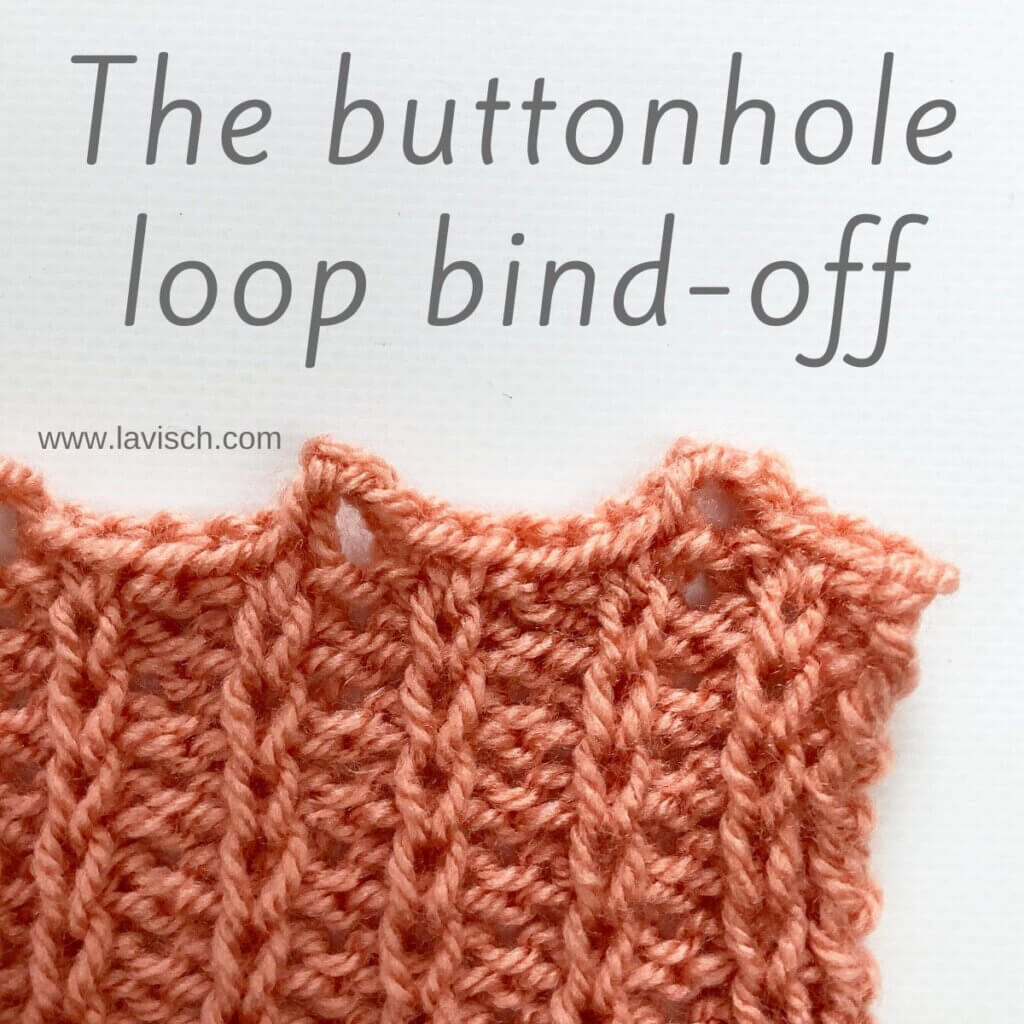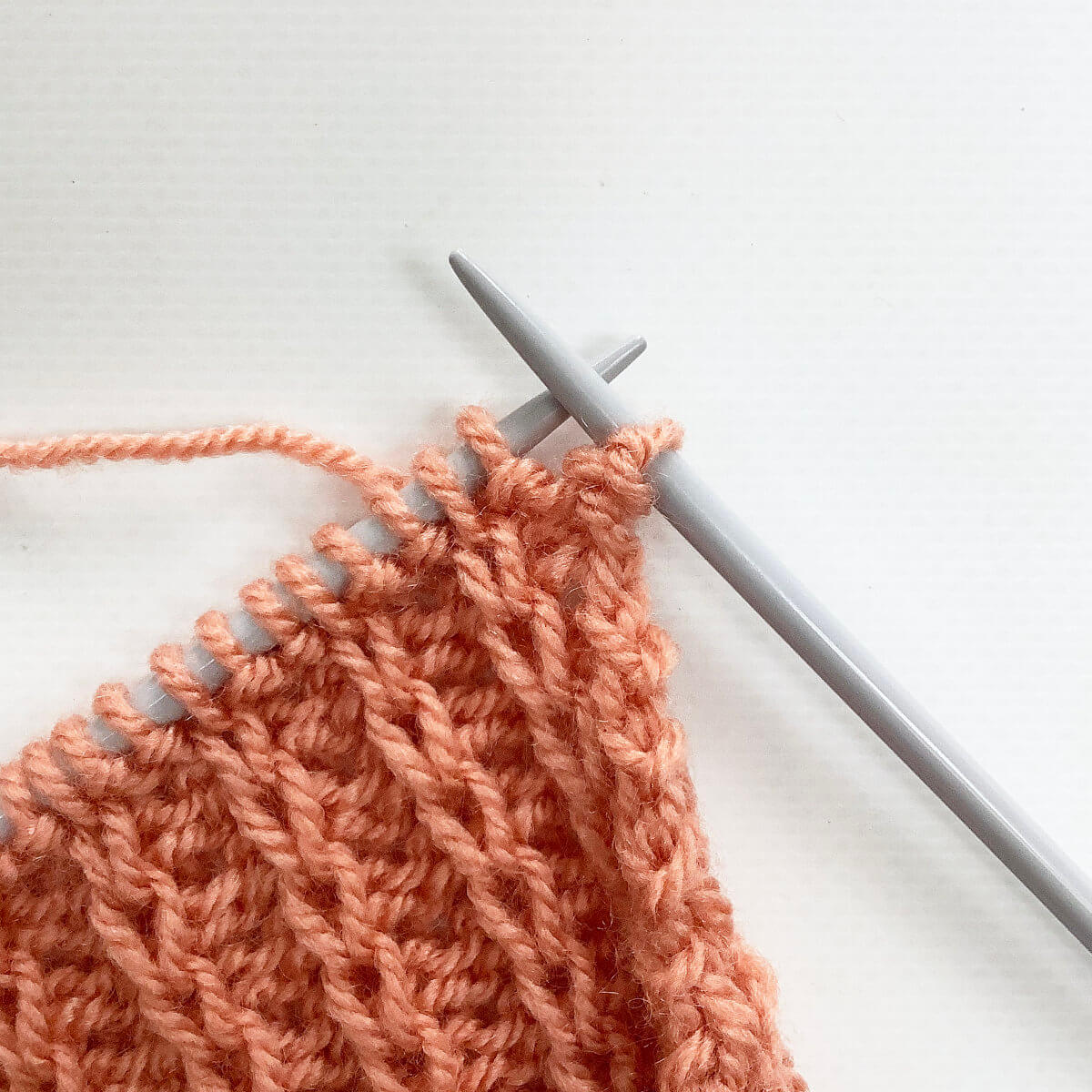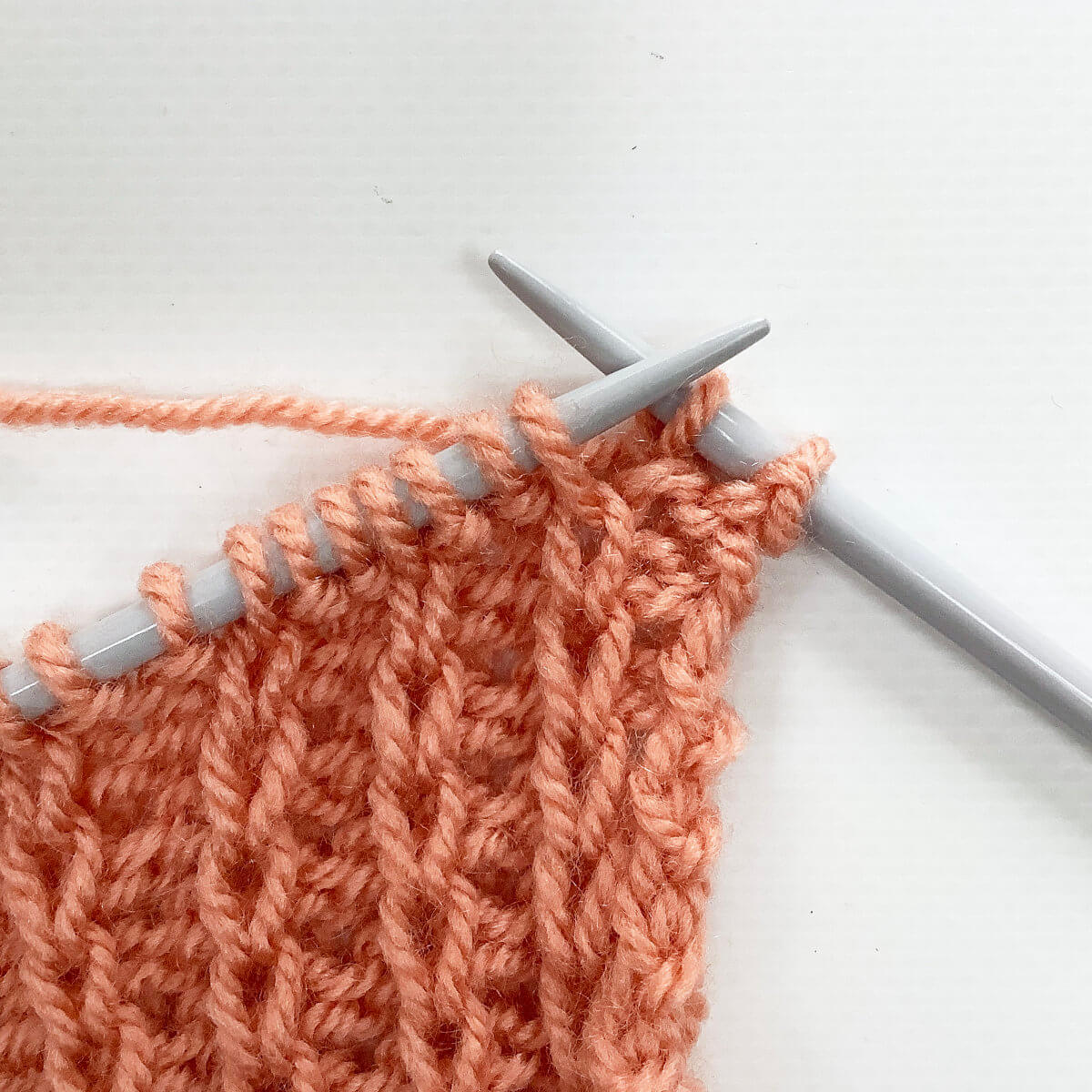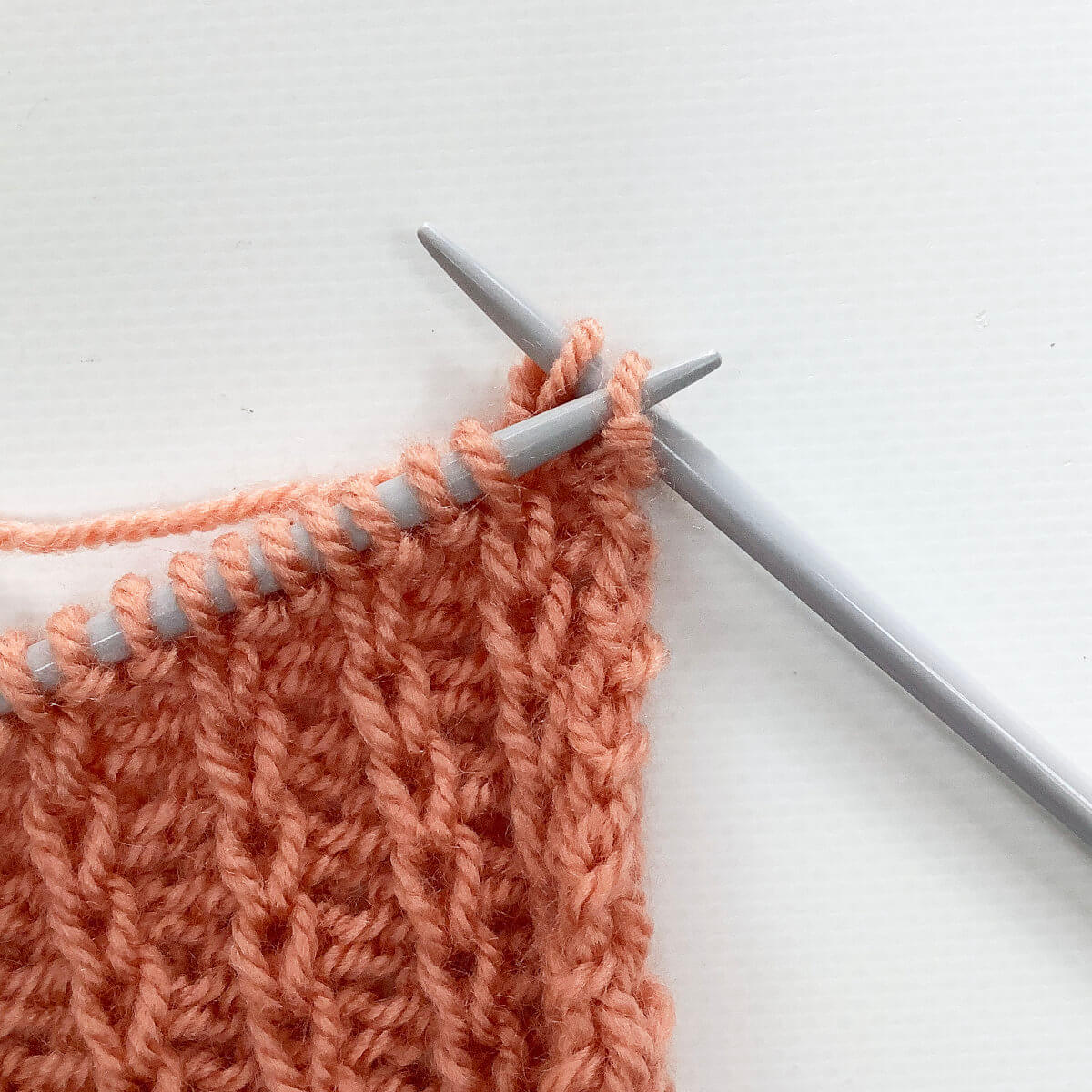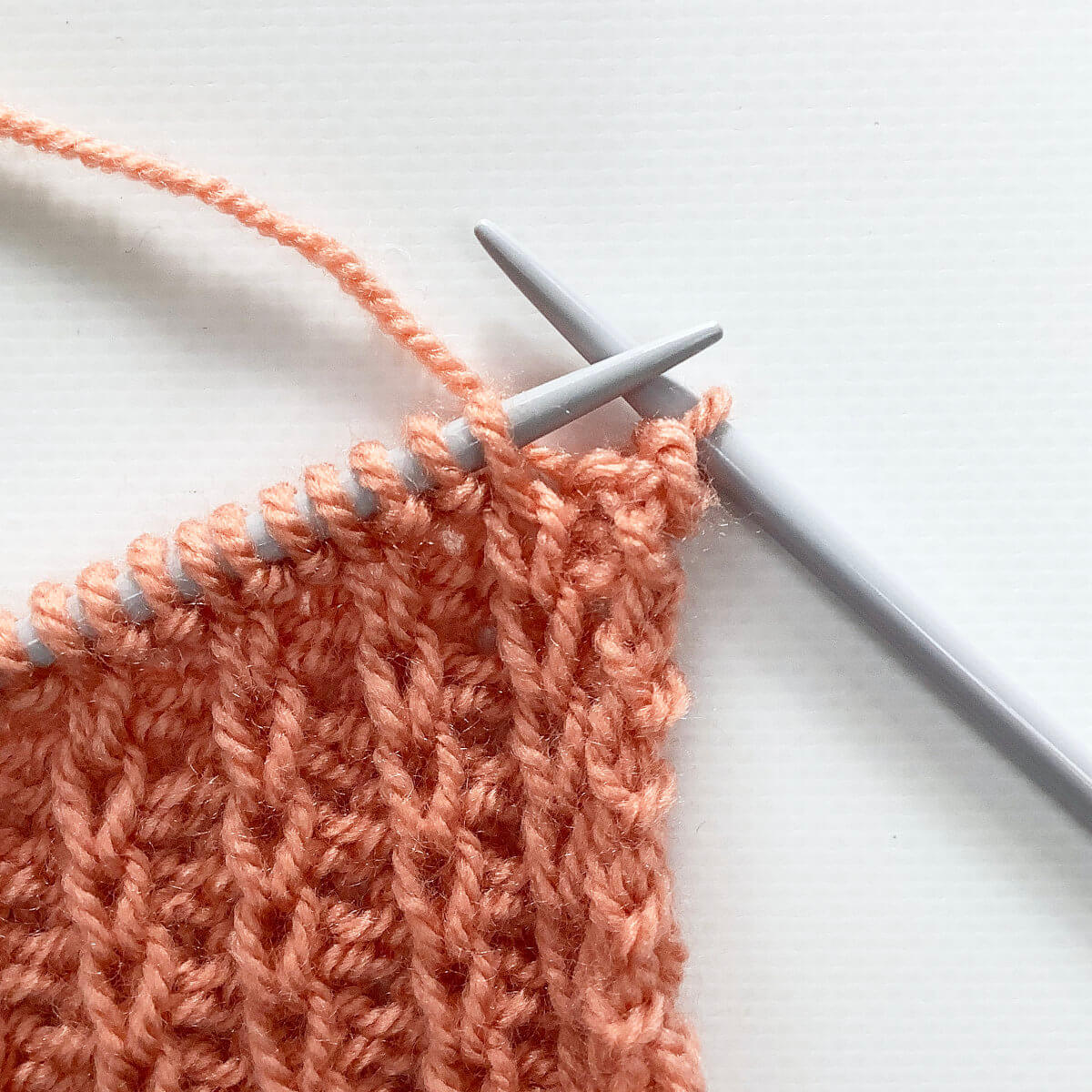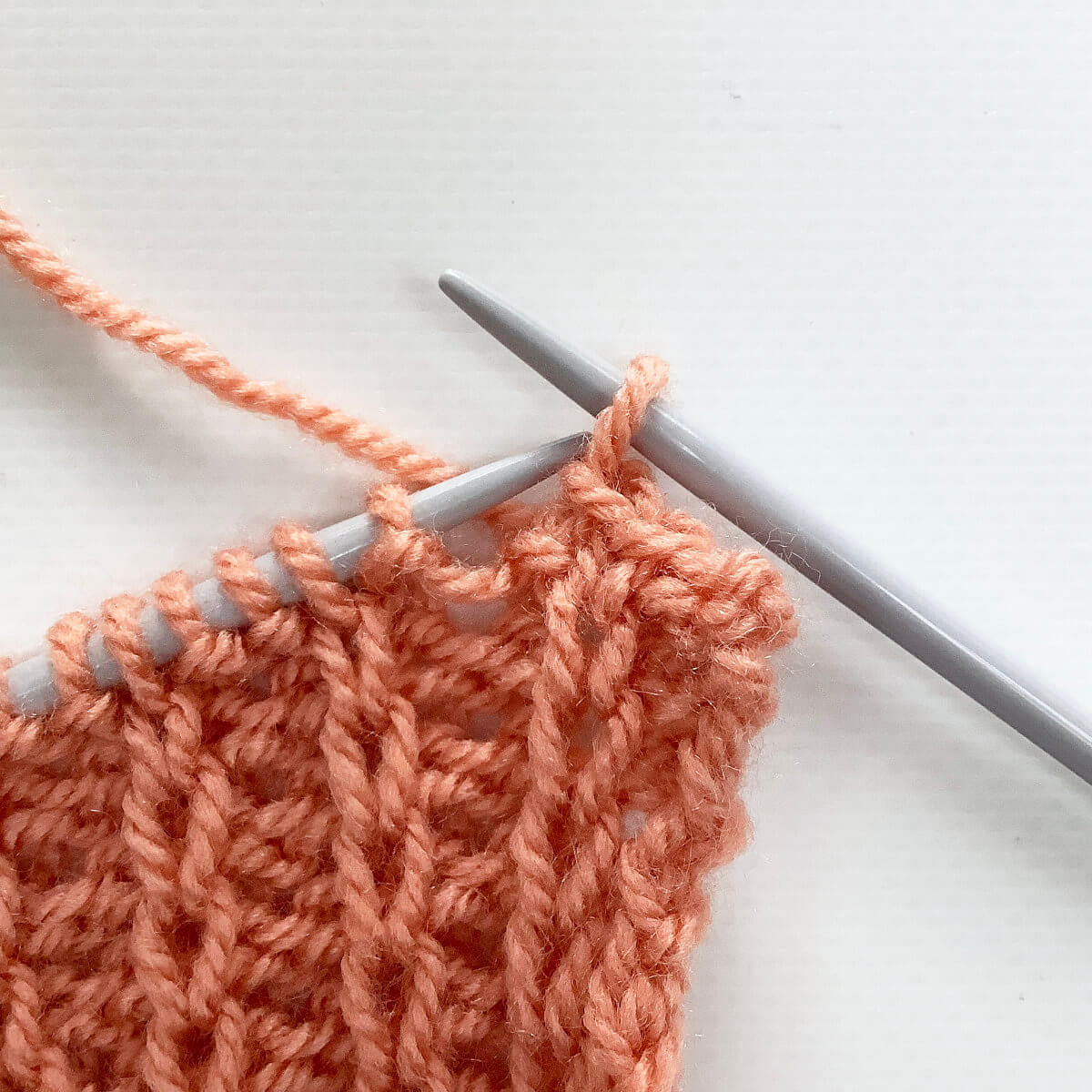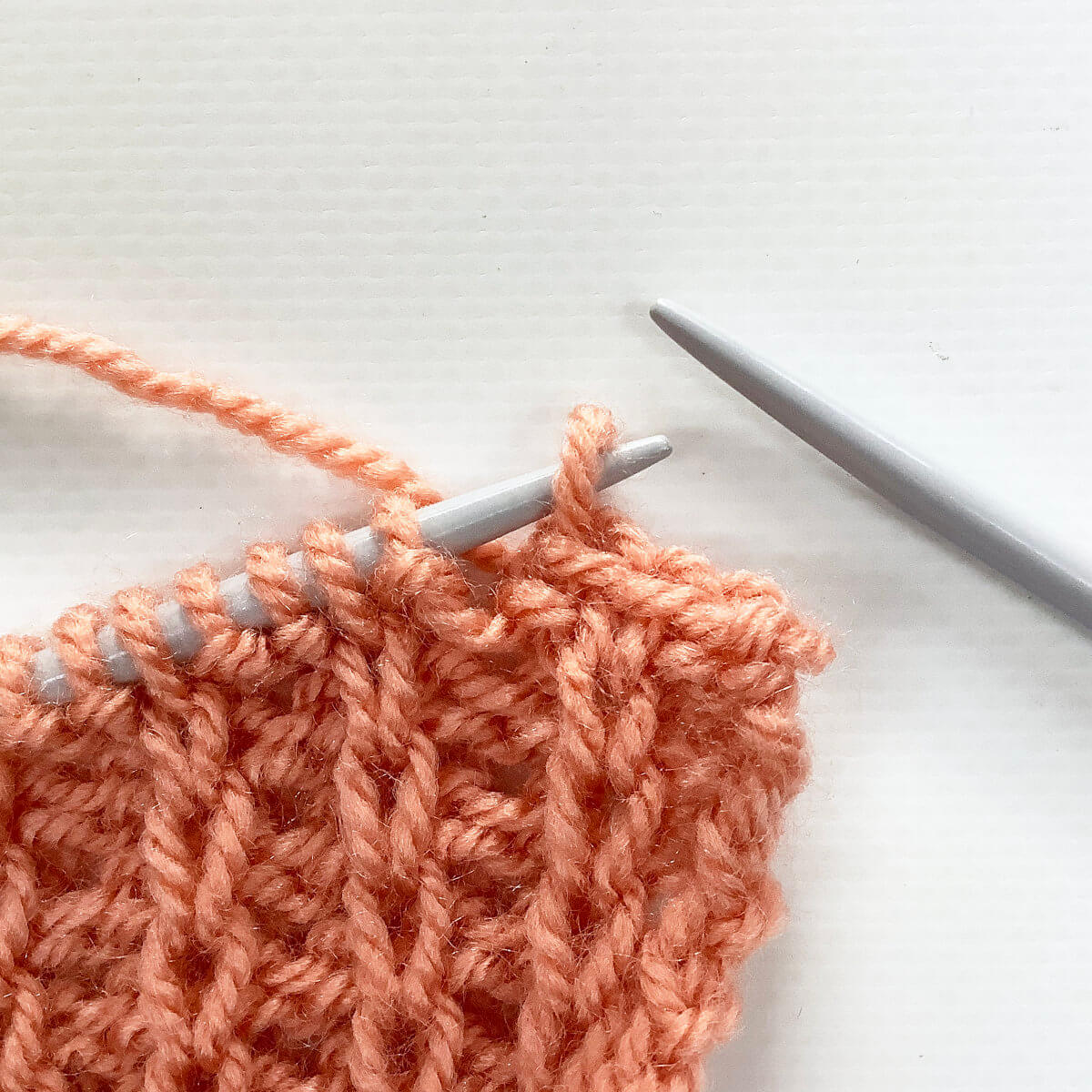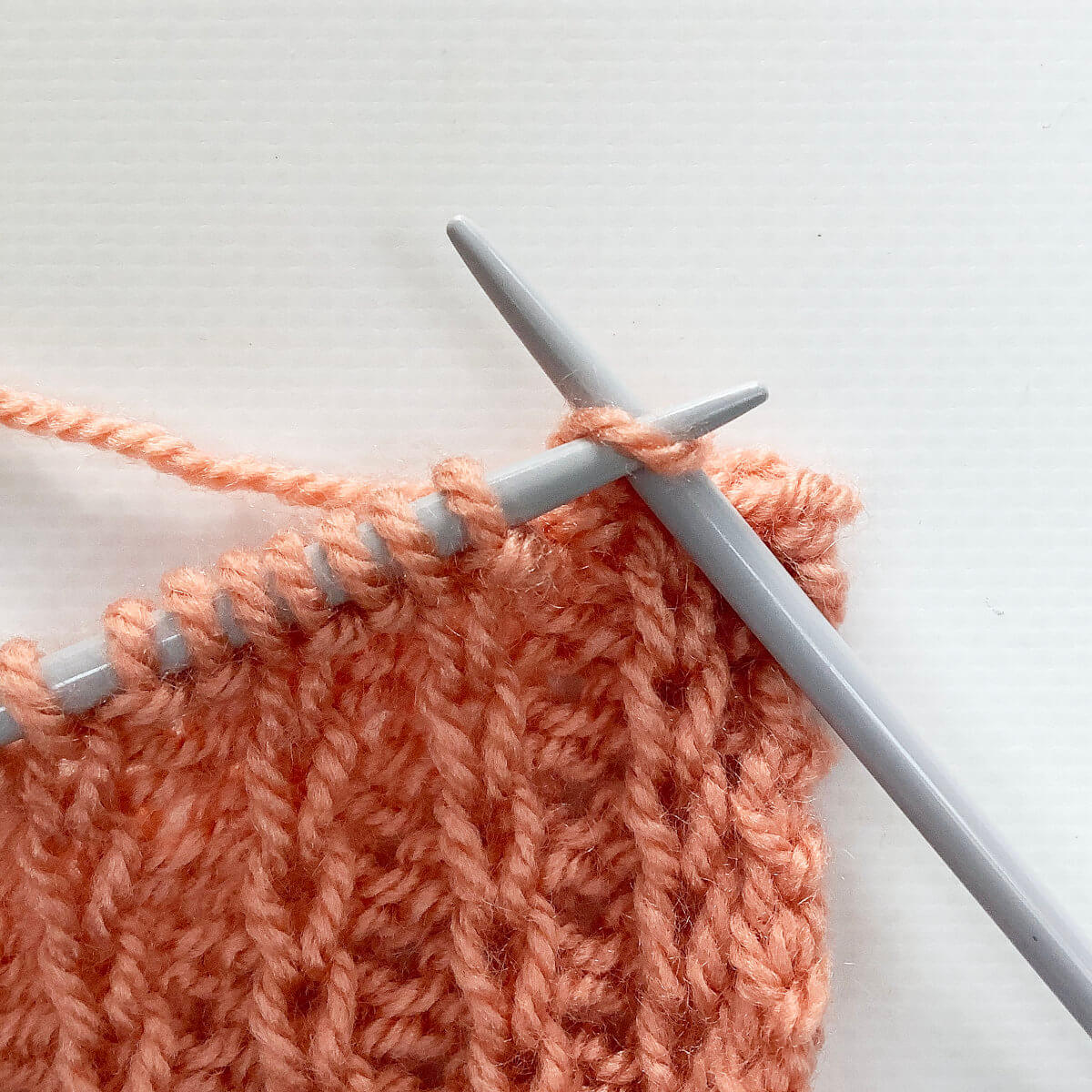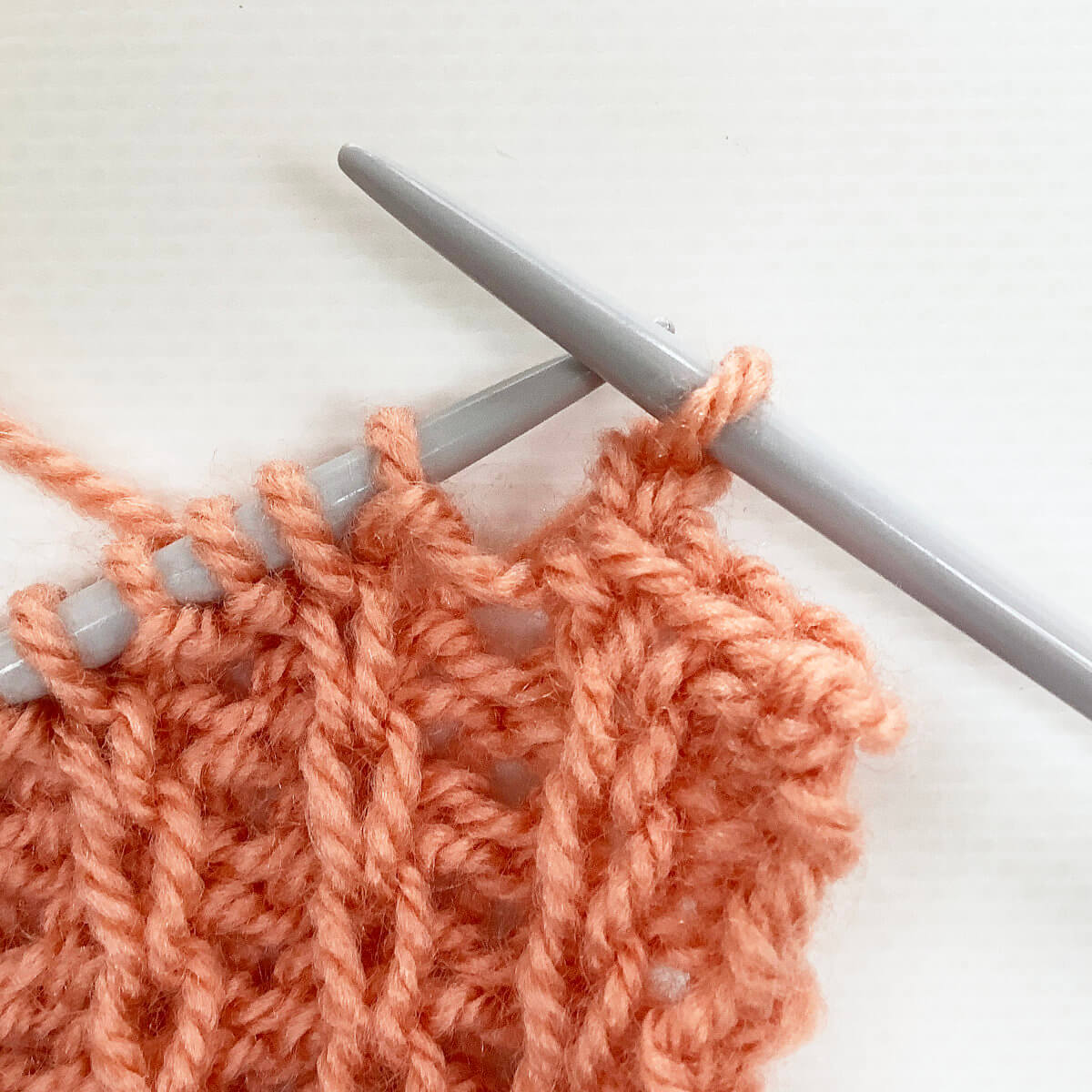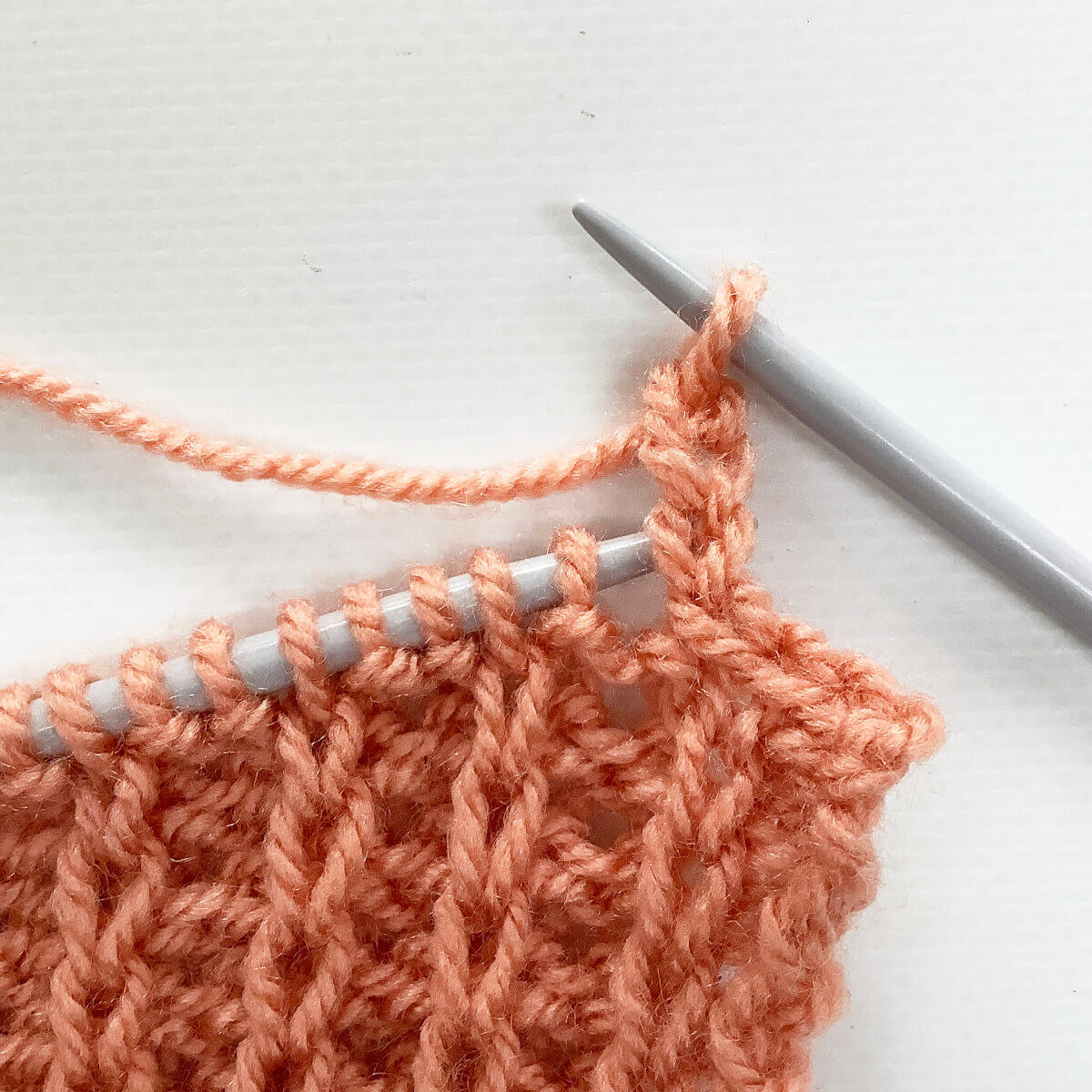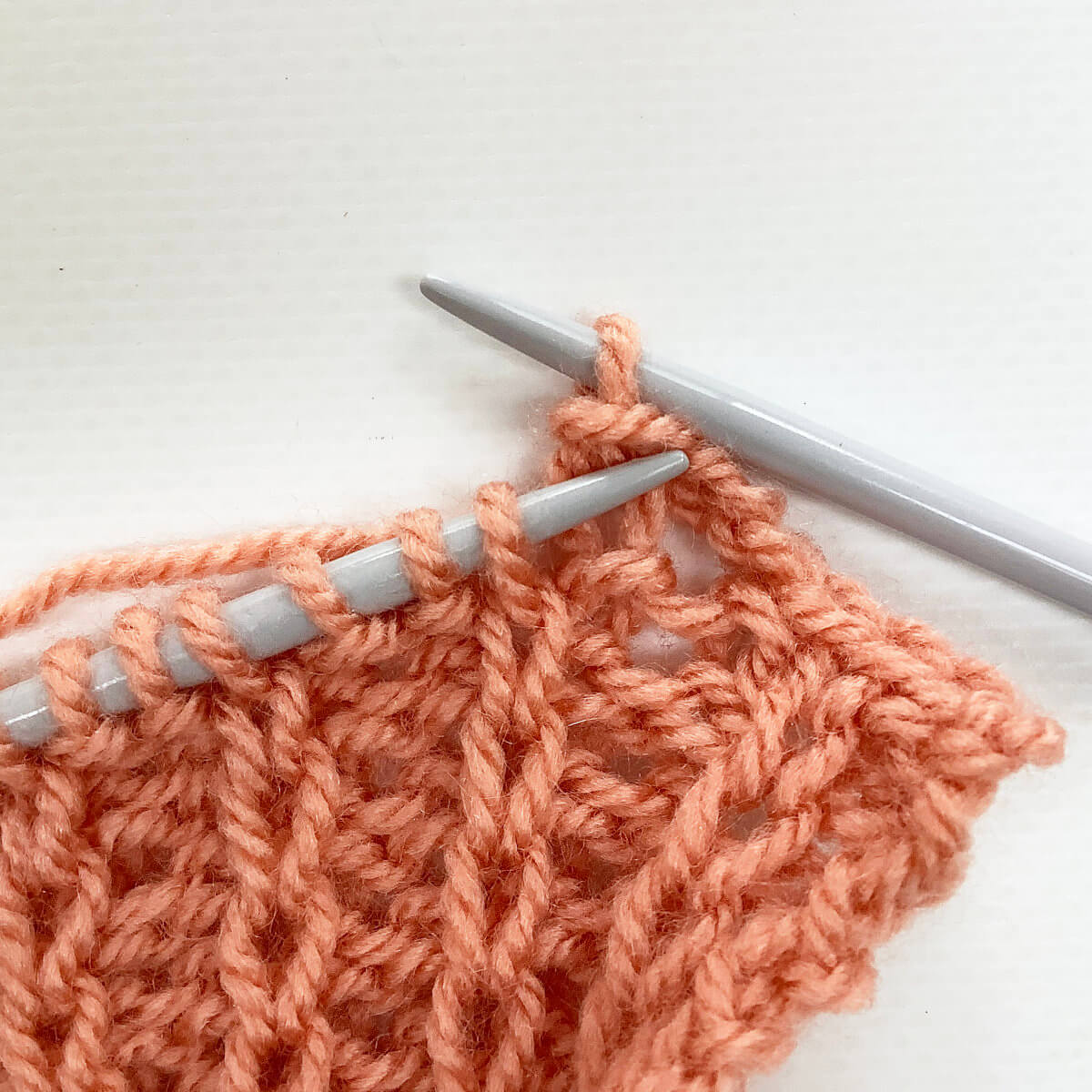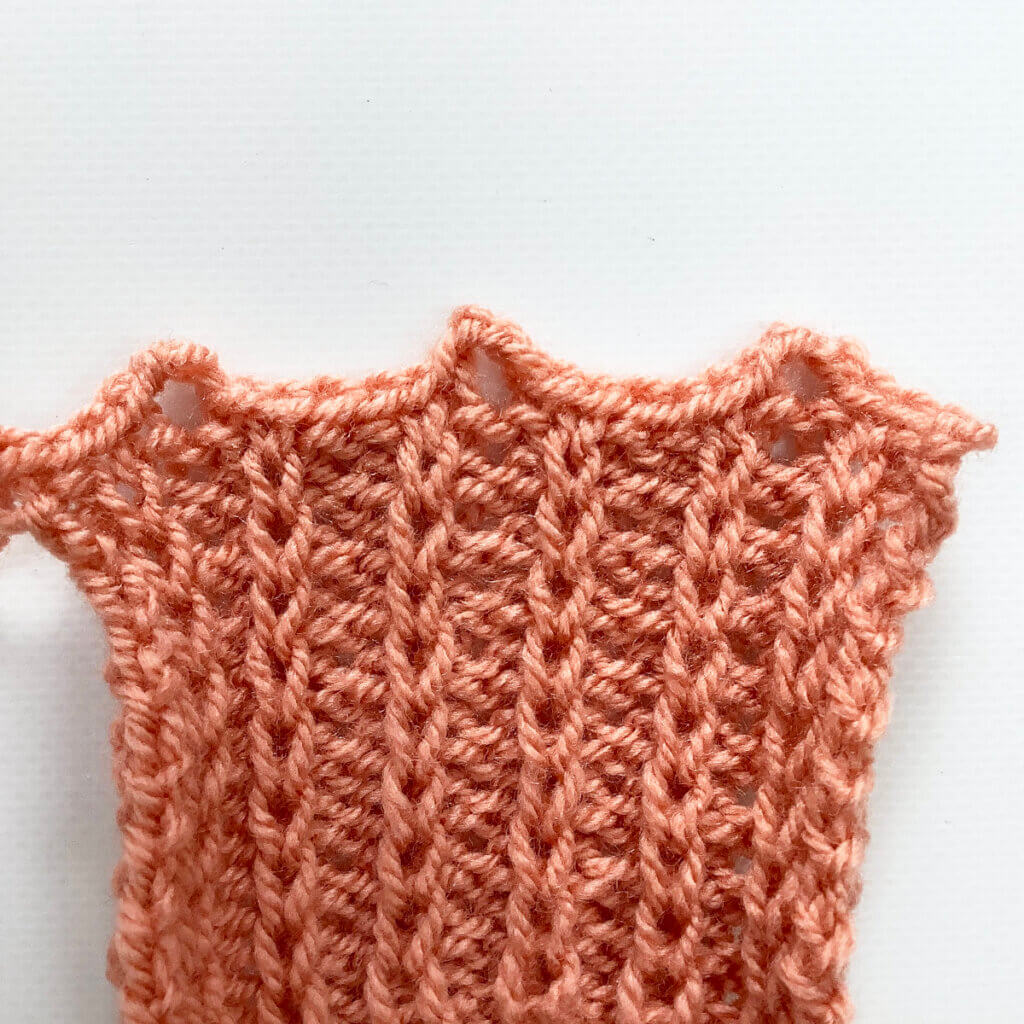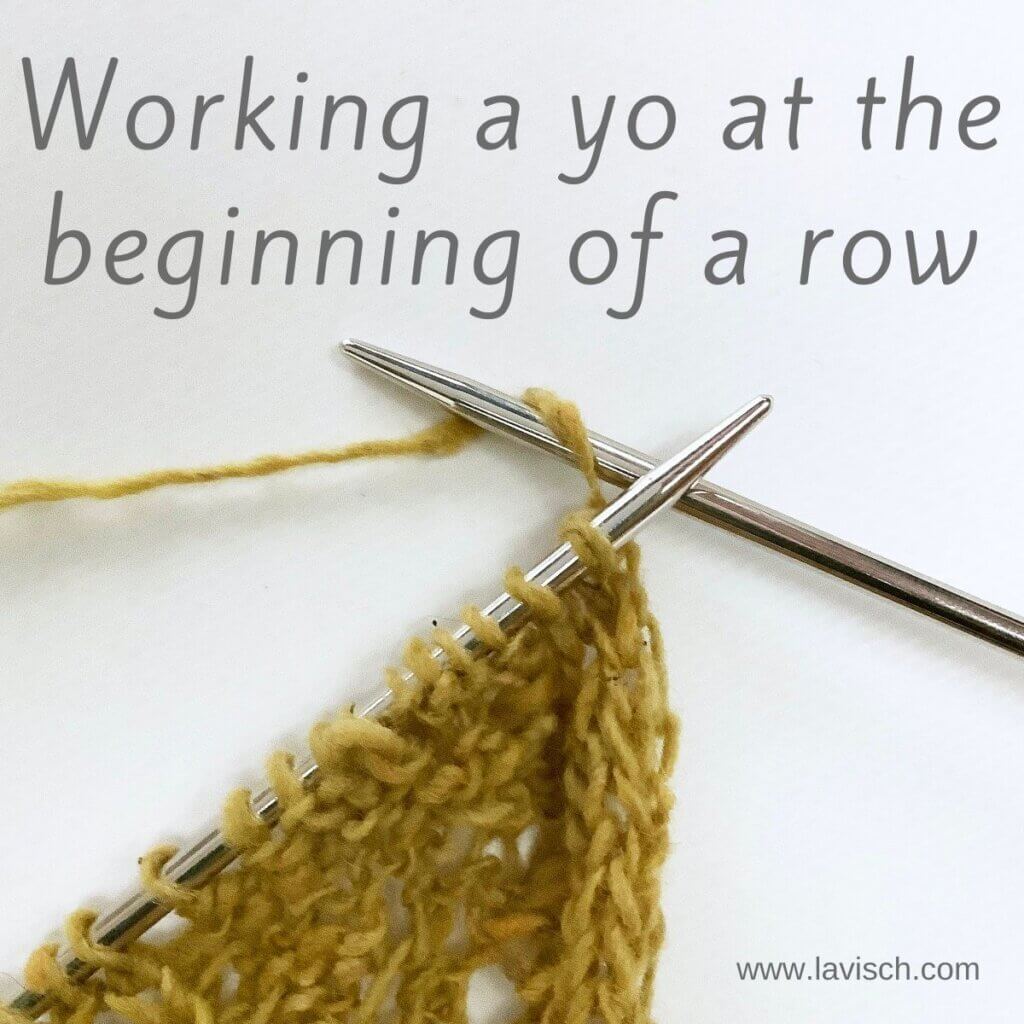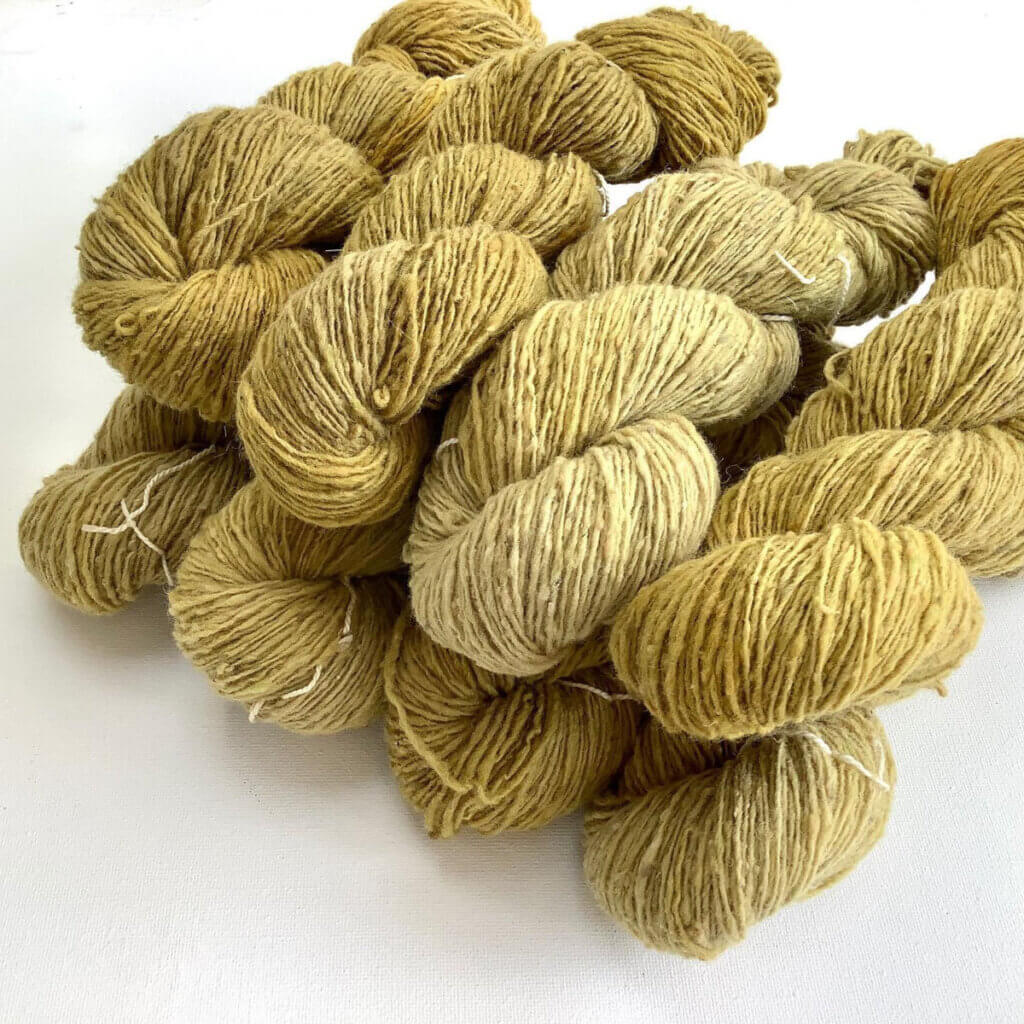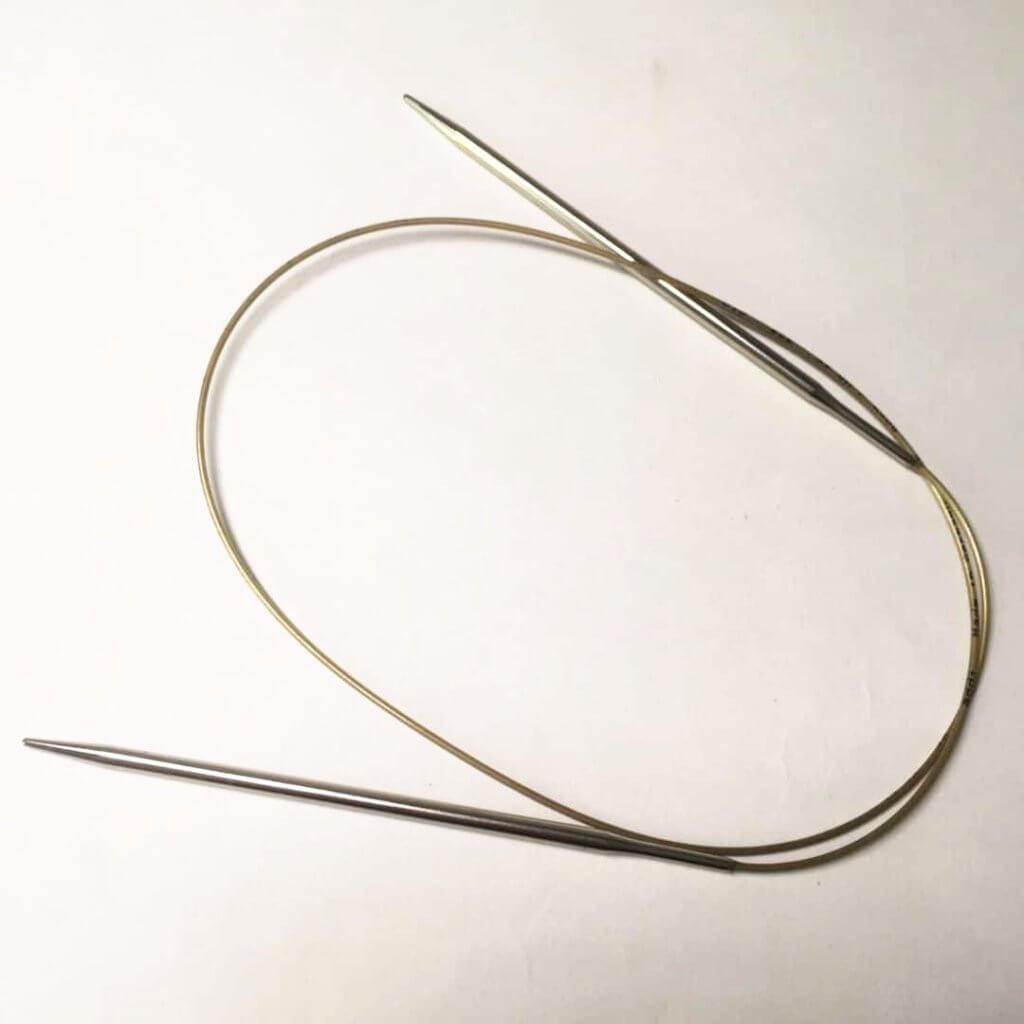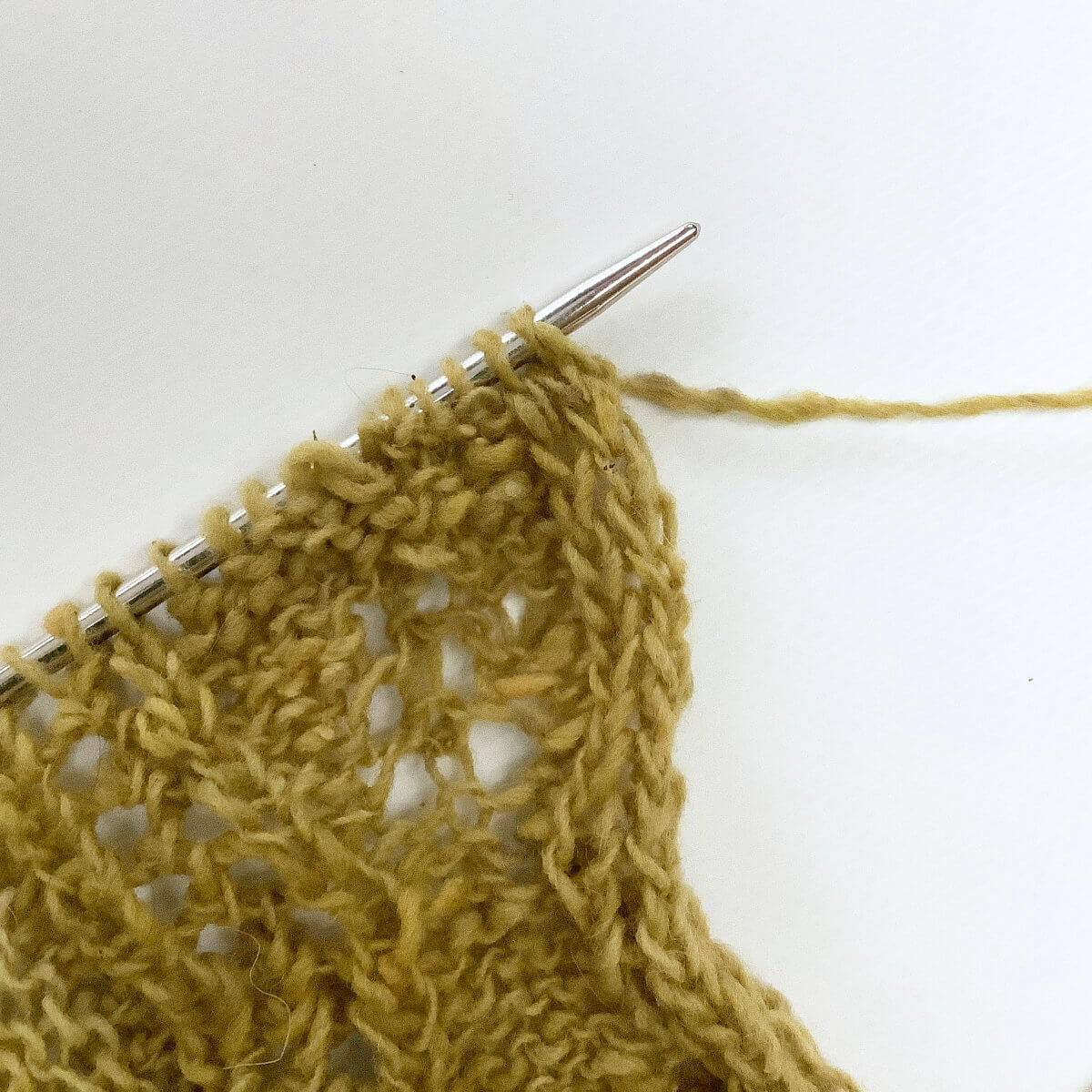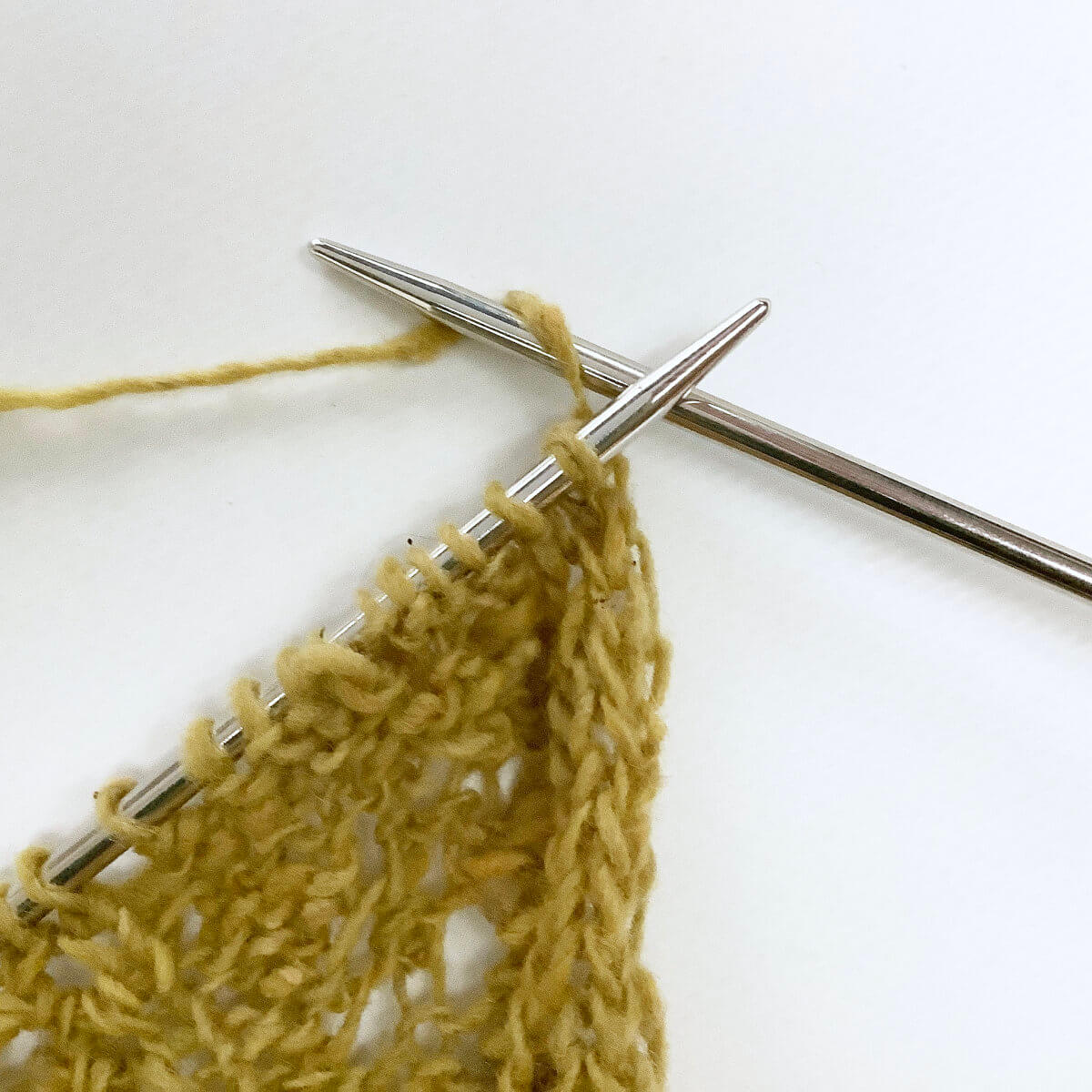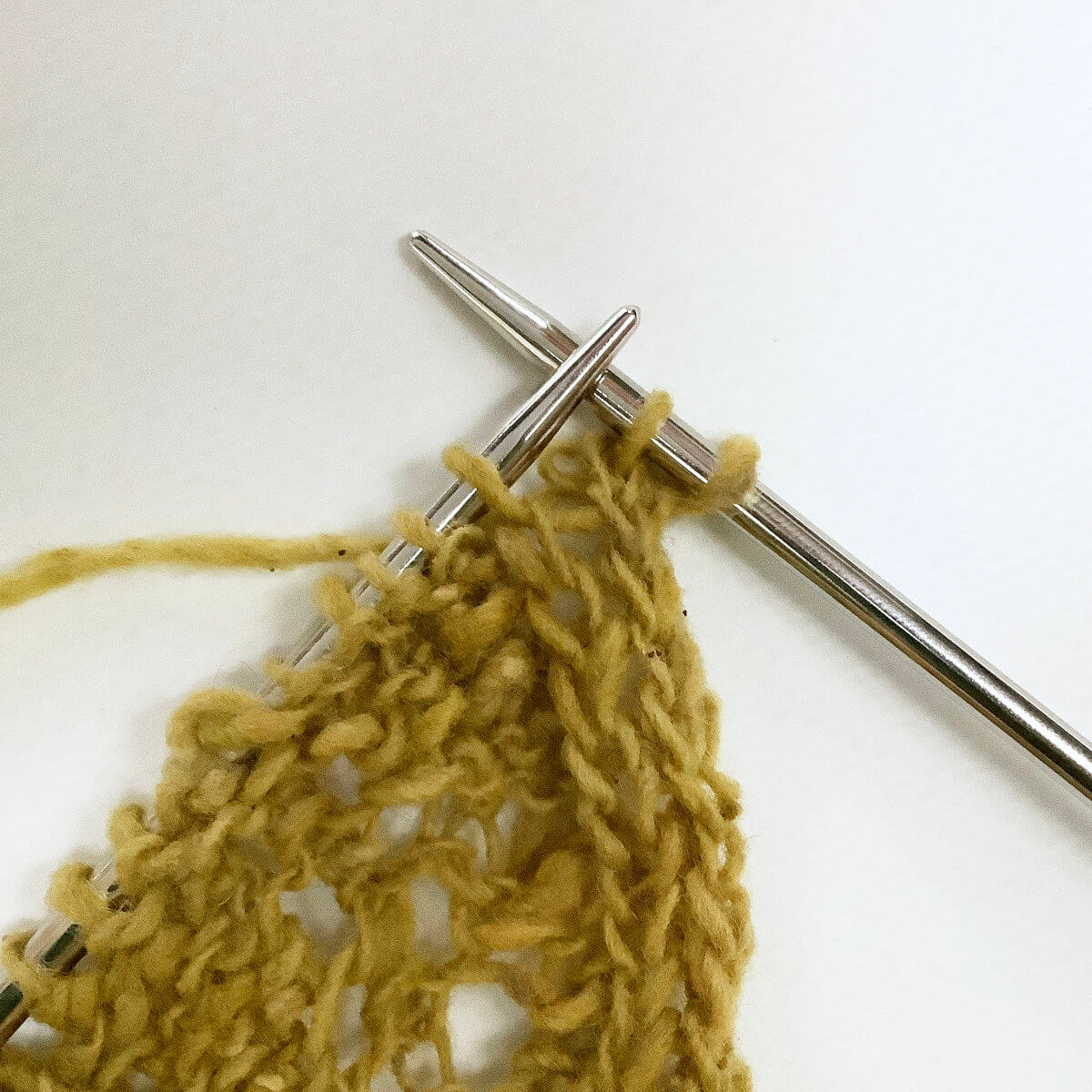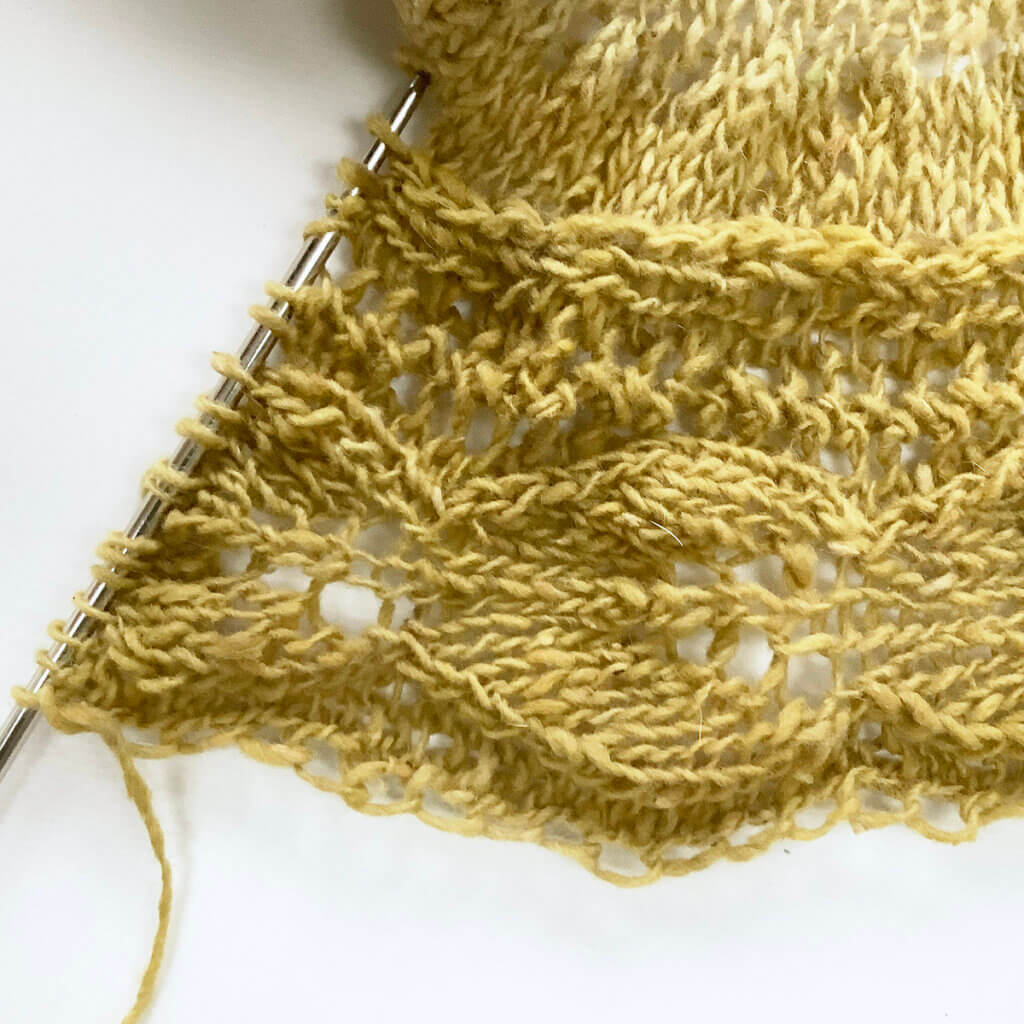tutorial – working the stretchy yo bind-off for 2×2 rib
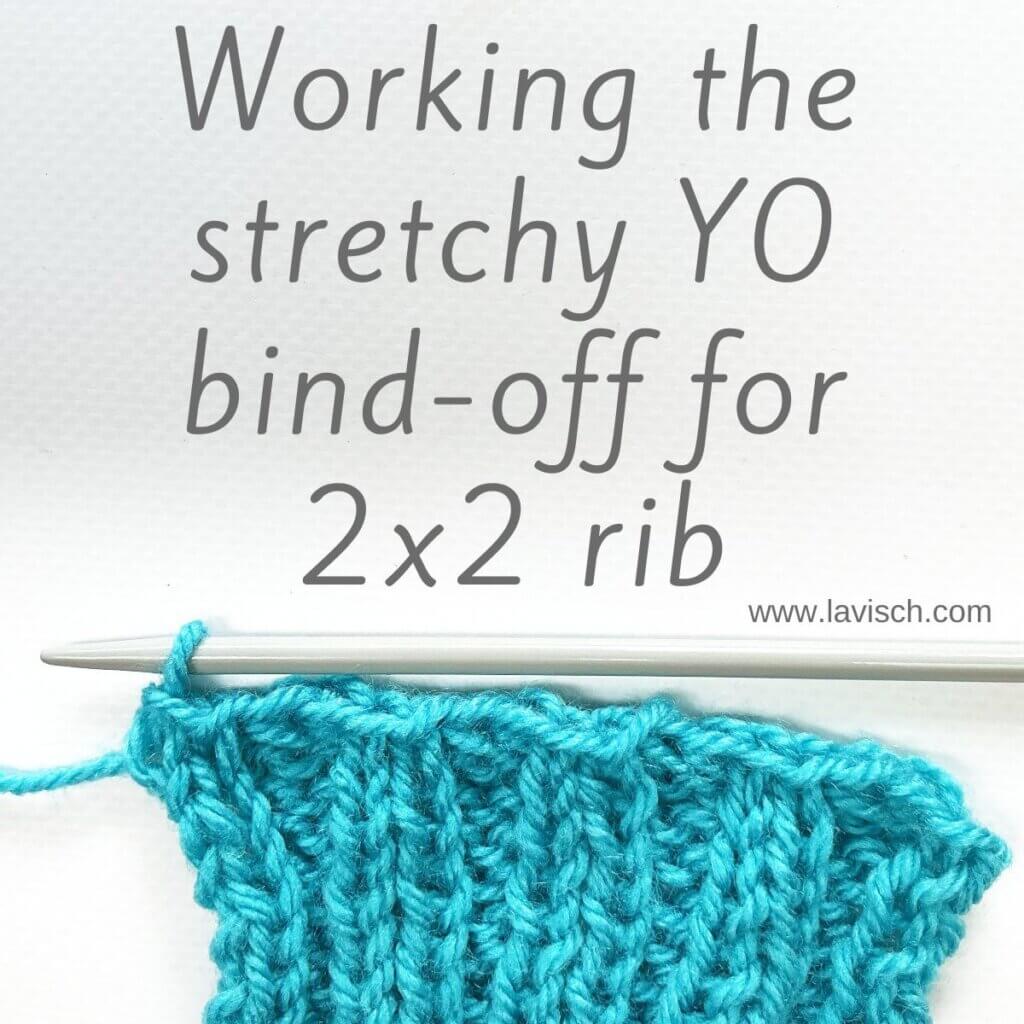
This bind-off is very similar to regular “binding of in pattern”. I don’t have a tutorial about one showing this for 2×2 rib, but I do have one for 1×1 rib that shows you the principal of it. The main difference with the stretchy yo bind-off, is that it adds a yarn over for every purl stitch of the ribbing. As such, it’s less stretchy than a bind-off that includes a yo after every stitch, but much more stretchy than a regular ribbing bind-off that doesn’t include one. I really like to use this one for toe-up socks, and ribbing on sleeve cuffs. It doesn’t flare out as much as, for example, the Russian bind-off does.
Let’s get started!
Materials used
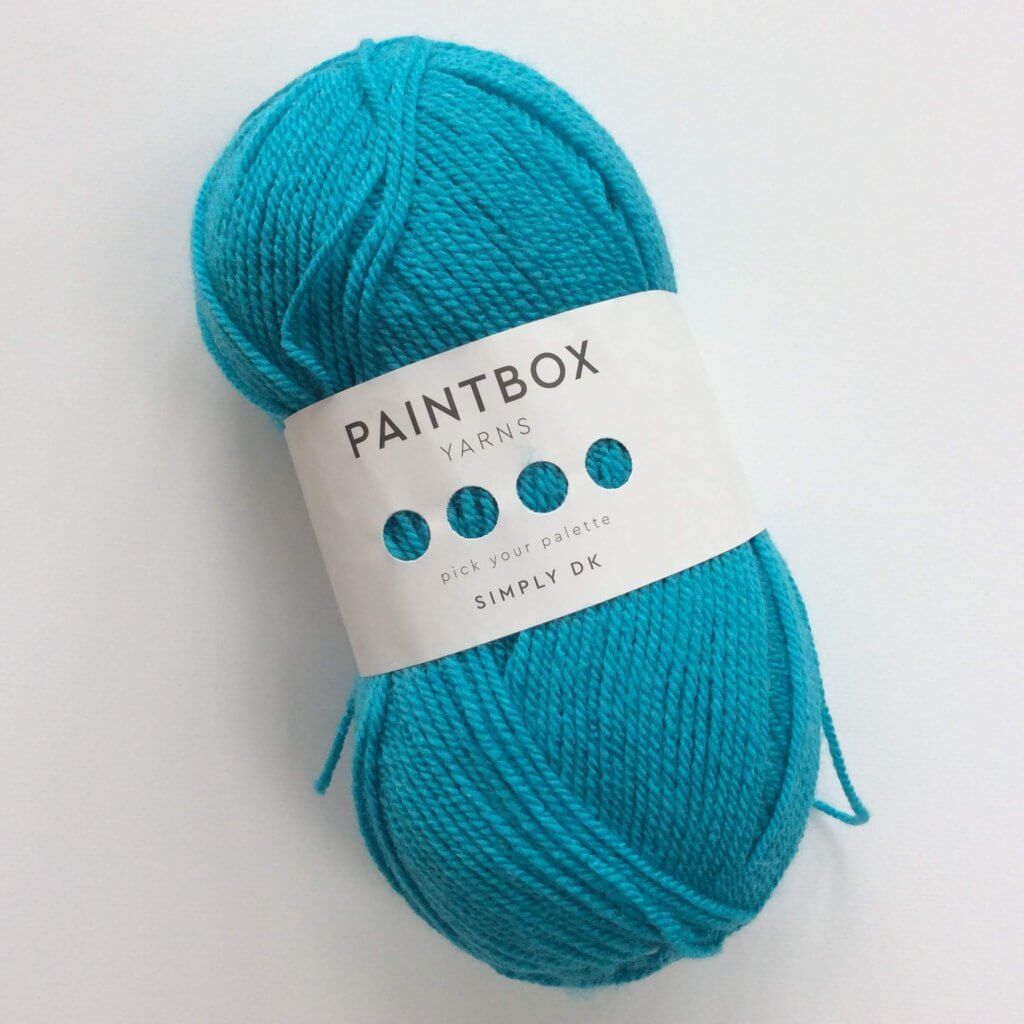
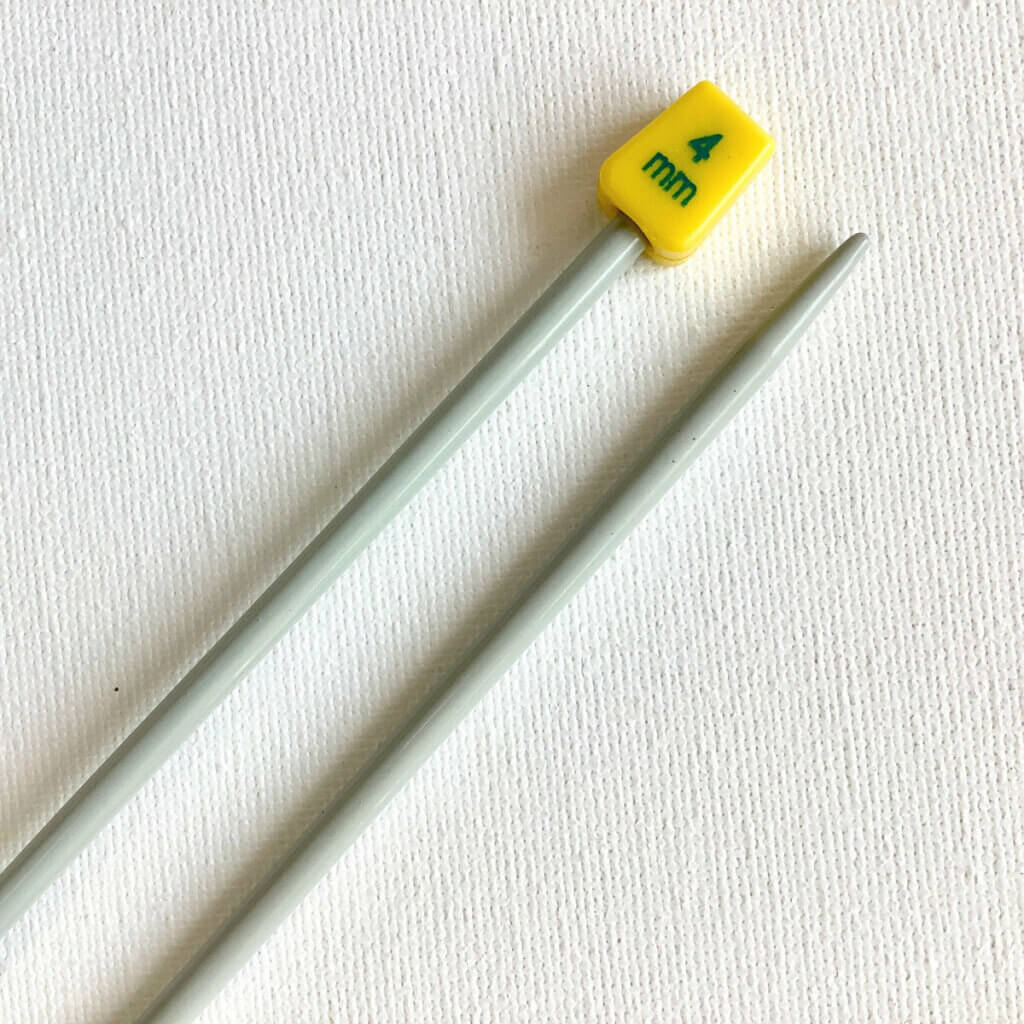
Yarn: Paintbox Yarns Simply DK, a good value, good quality 100% acrylic yarn, here in the color Marine Blue
Knitting needles: This is a pair of straights that I picked up at the second-hand store when I started knitting, brand unknown.
The stretchy yo bind-off for 2×2 rib step by step
In patterns, you may see the following instruction for this bind-off:
K2, insert tip of the left-hand needle into first stitch on the right-hand needle, pass this stitch over the second stitch, (yo, p1, then grab the 2nd and 3rd sts, and pass them both over the st just purled) twice, *(k1, insert tip of the left-hand needle into first stitch on the right-hand needle, pass this stitch over the second stitch) twice, (yo, p1, then grab the 2nd and 3rd sts, and pass them both over the st just purled) twice*; repeat *-* to end.
Below, I’ll show you step by step how this looks like in knitting!
- To start, take the piece of knitting you want to bind-off.
In this case, I’m using a swatch in 2×2 rib.
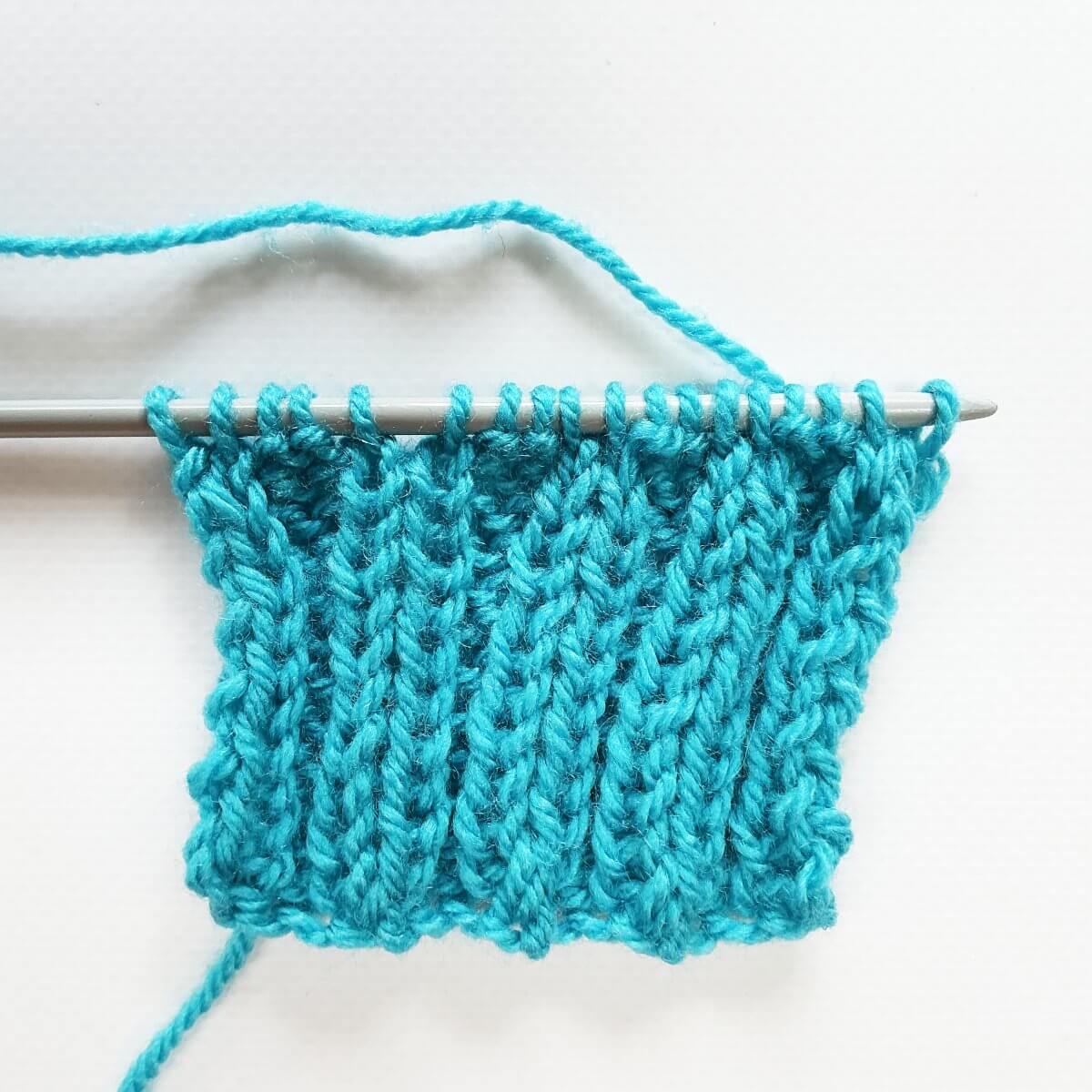
- Knit the first stitch on the left-hand needle.
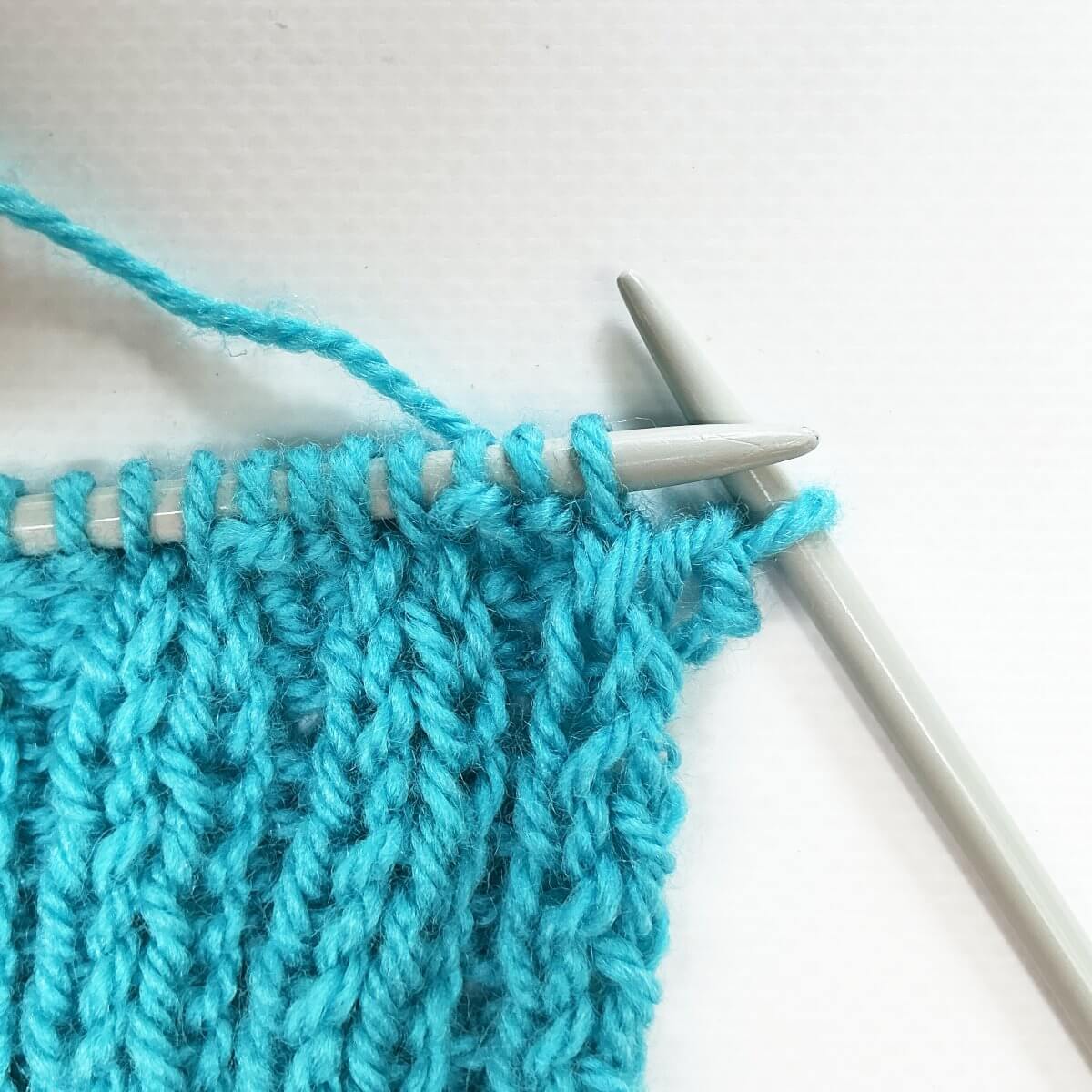
- Next, knit the new stitch nearest to the tip of the left-hand needle.
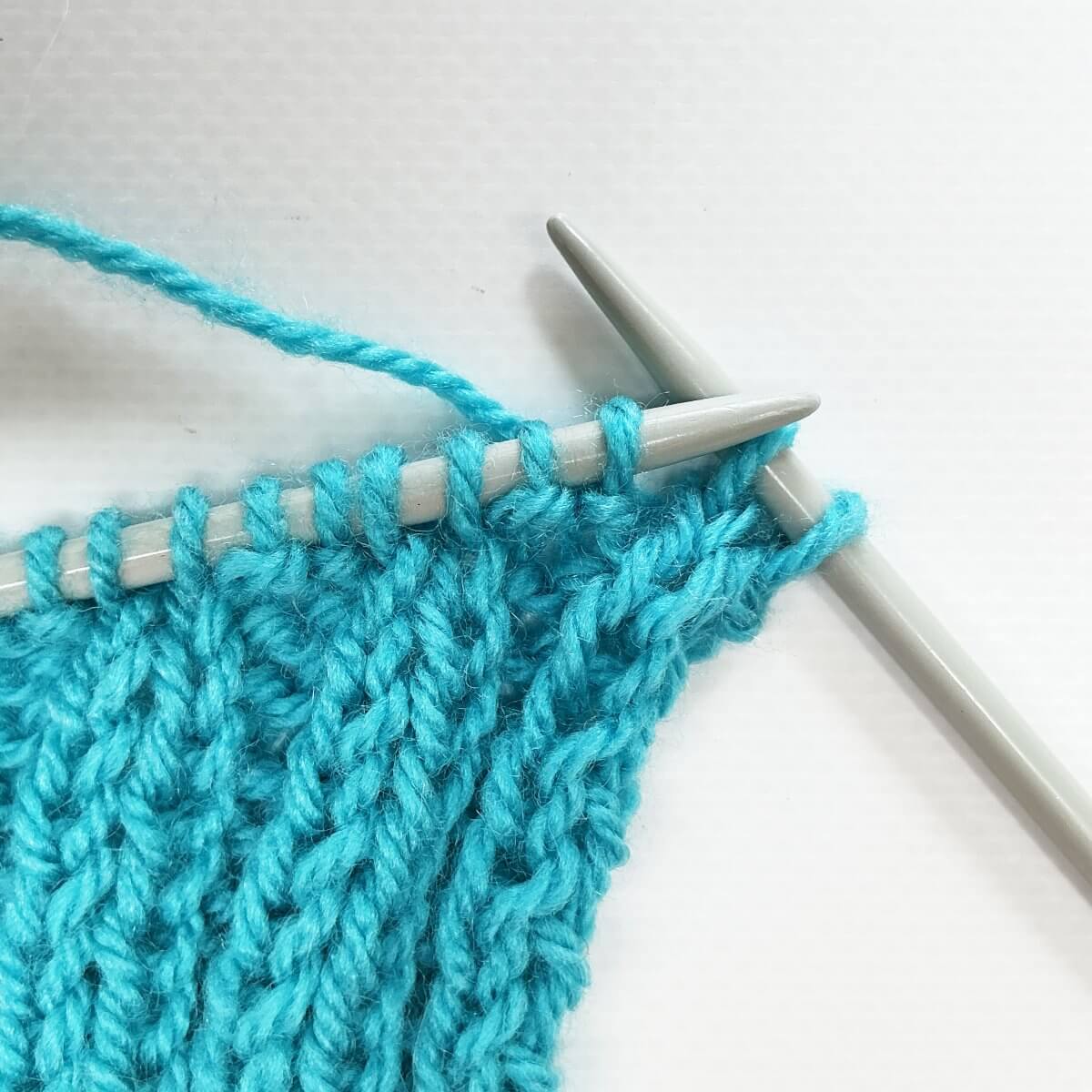
- Insert the tip of the left-hand needle into the second stitch on the right-hand needle….
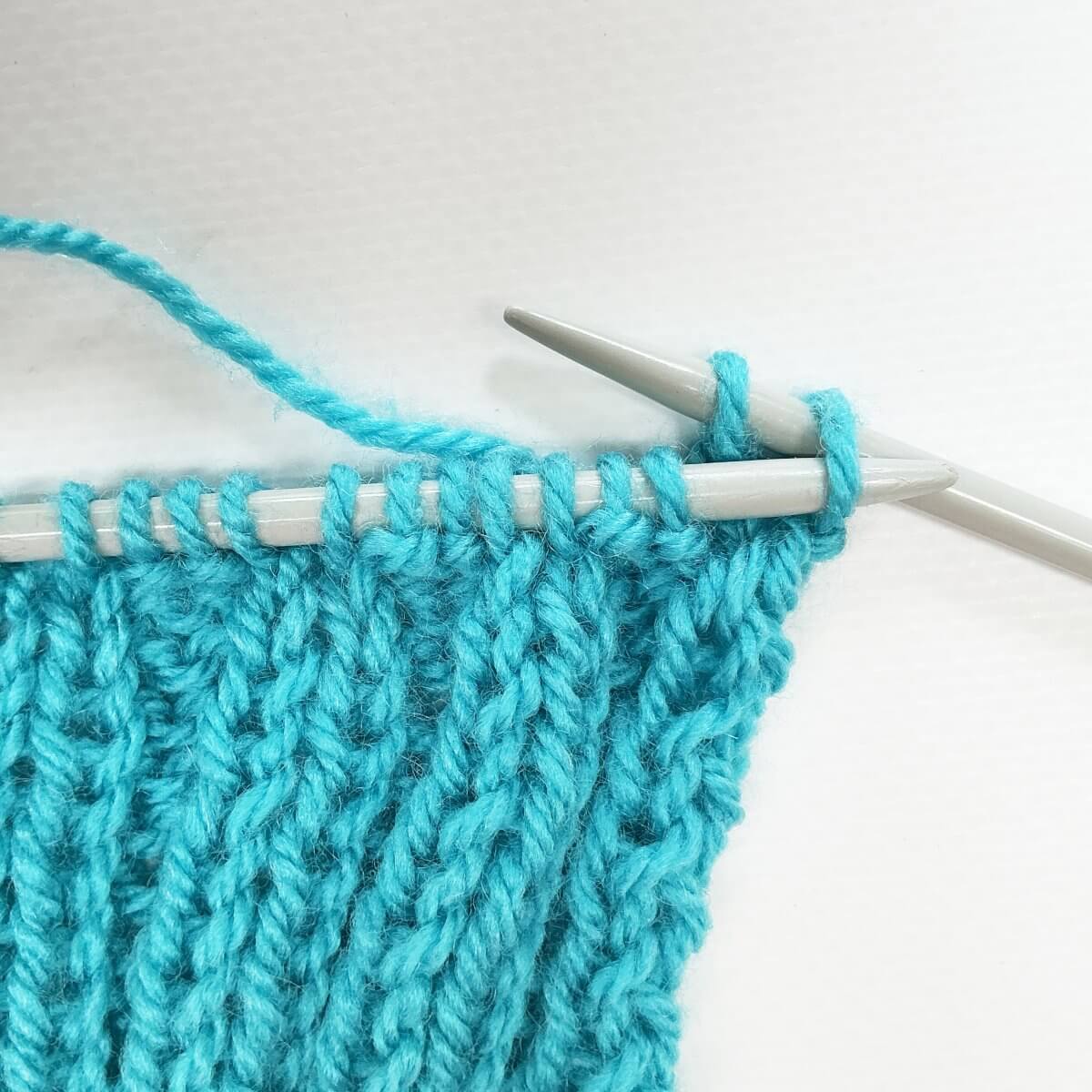
- …., and pass this second stitch over the first one.
You have now bound-off a stitch!
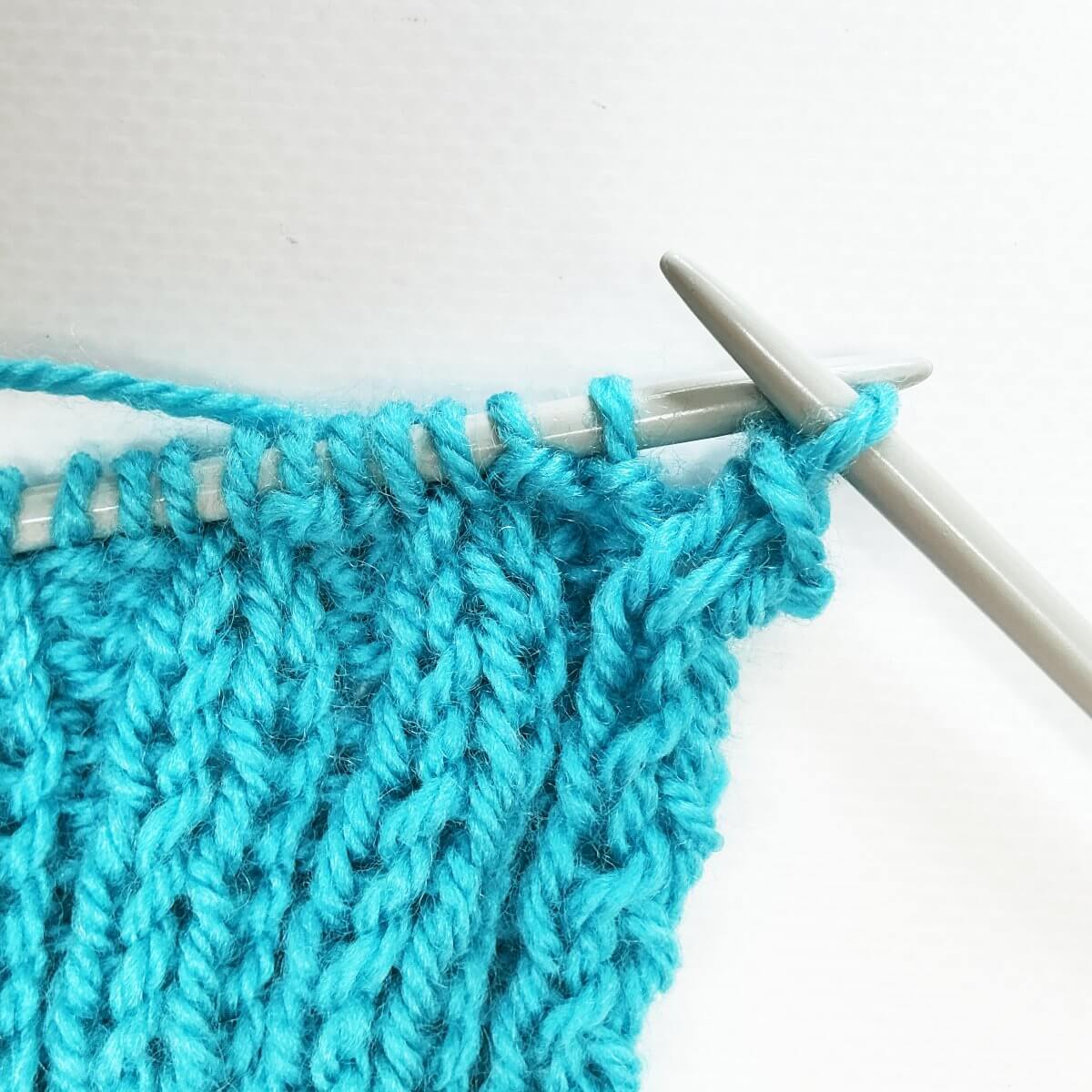
- Next, work a yarn over by wrapping the yarn around the needle.
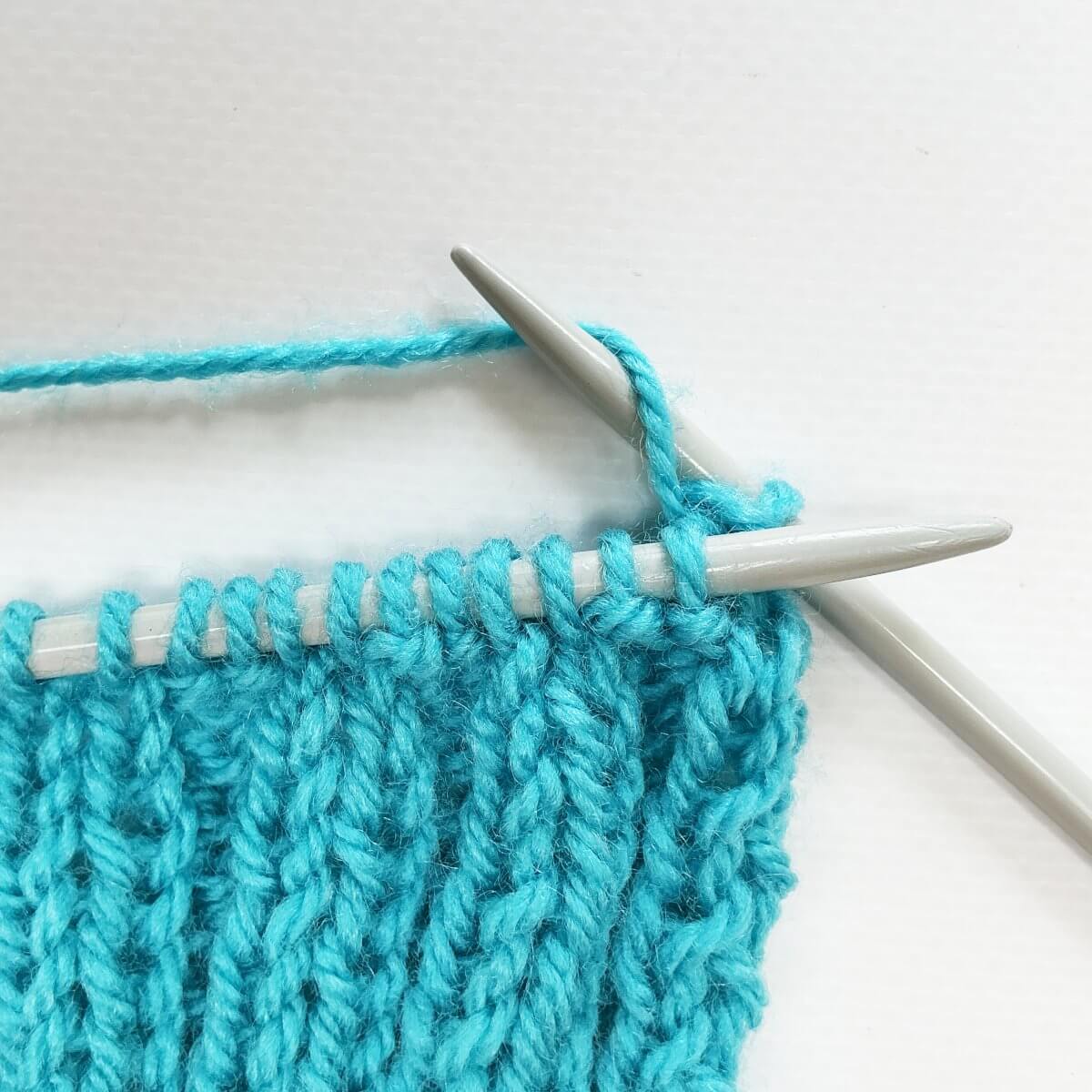
- Next is working a purl stitch.
Depending on your knitting style, it may help to secure the yo of the previous step with your right index finger while you work the purl stitch.
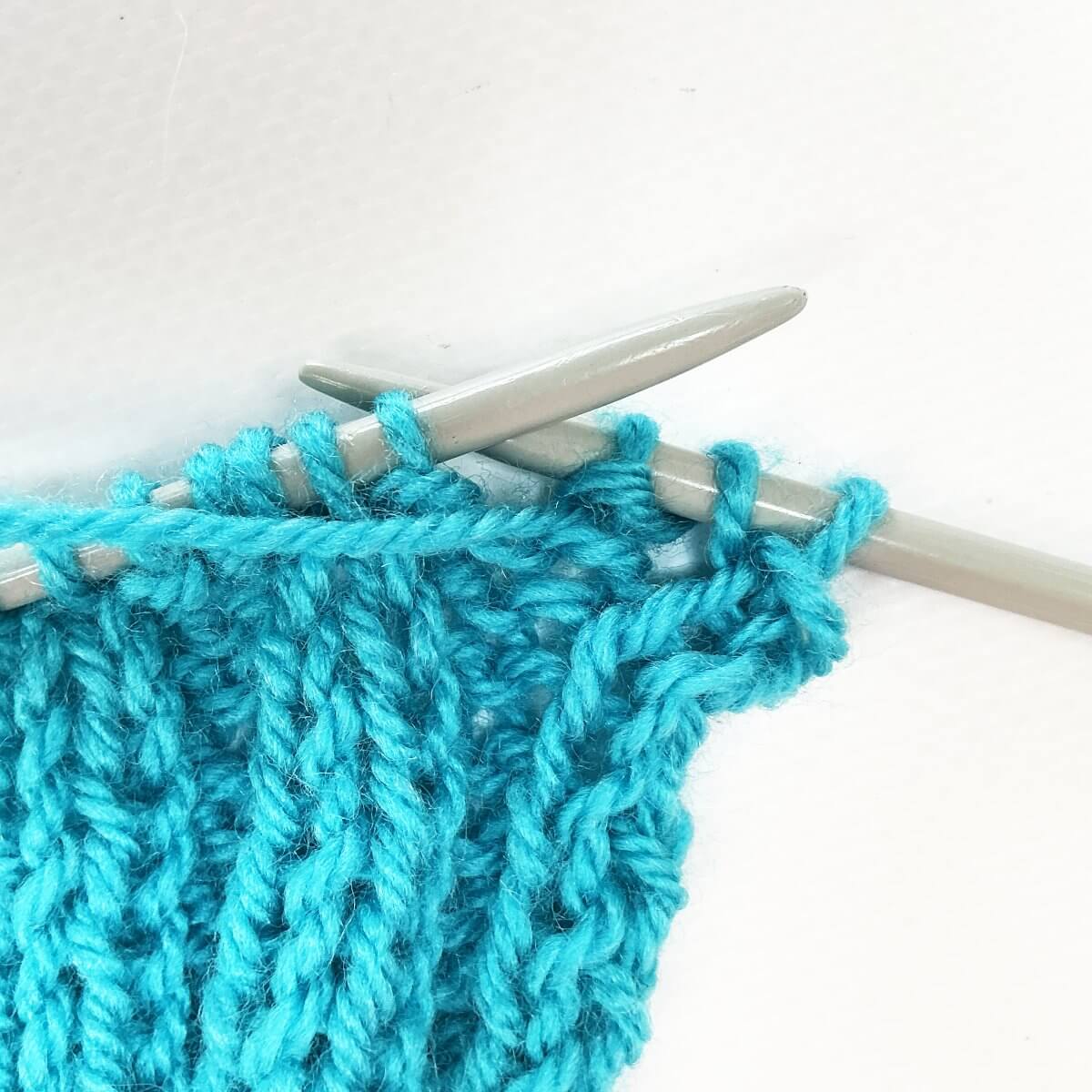
- Insert the tip of the left-hand needle into the second and third stitches on the right-hand needle….
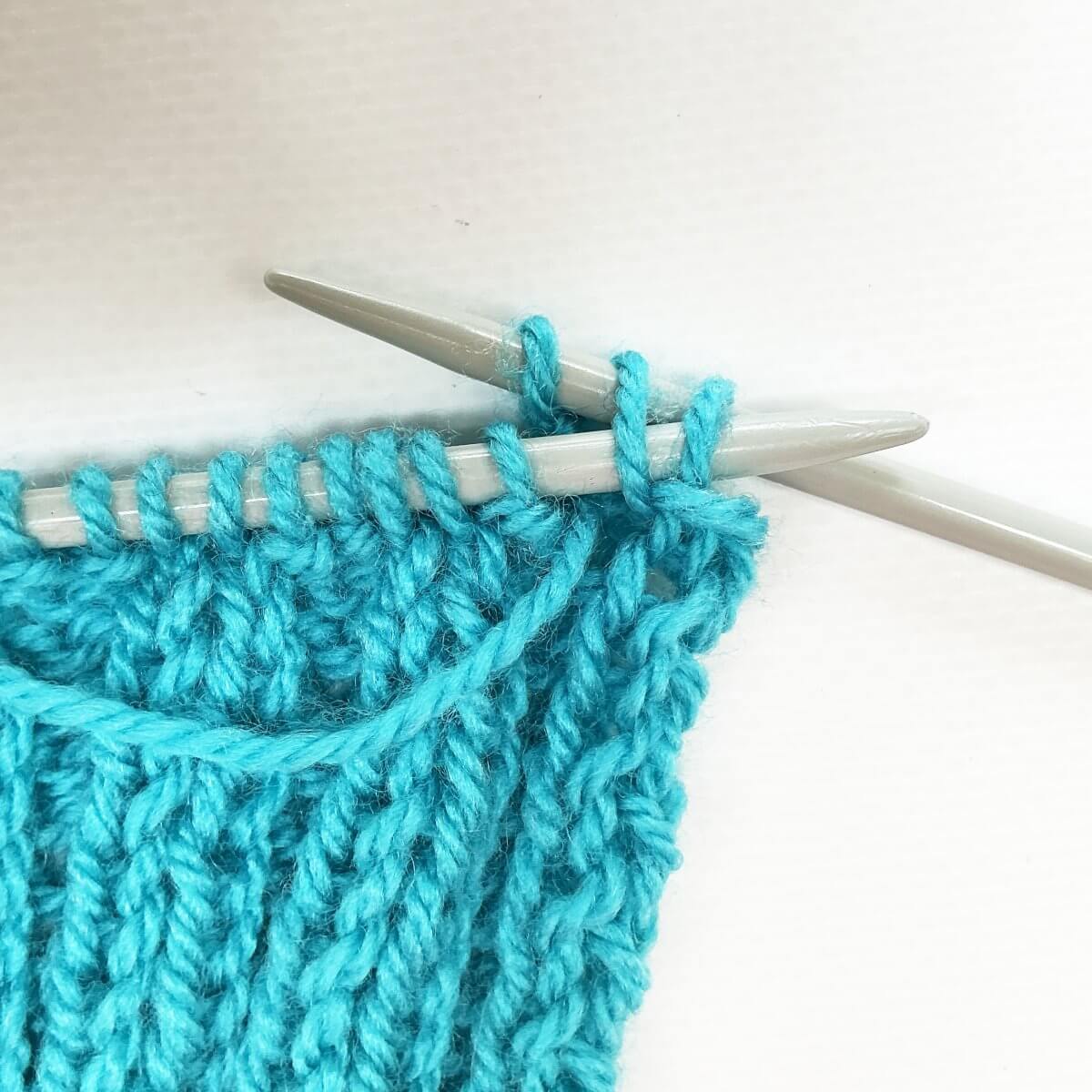
- … and pass them over the purl stitch.
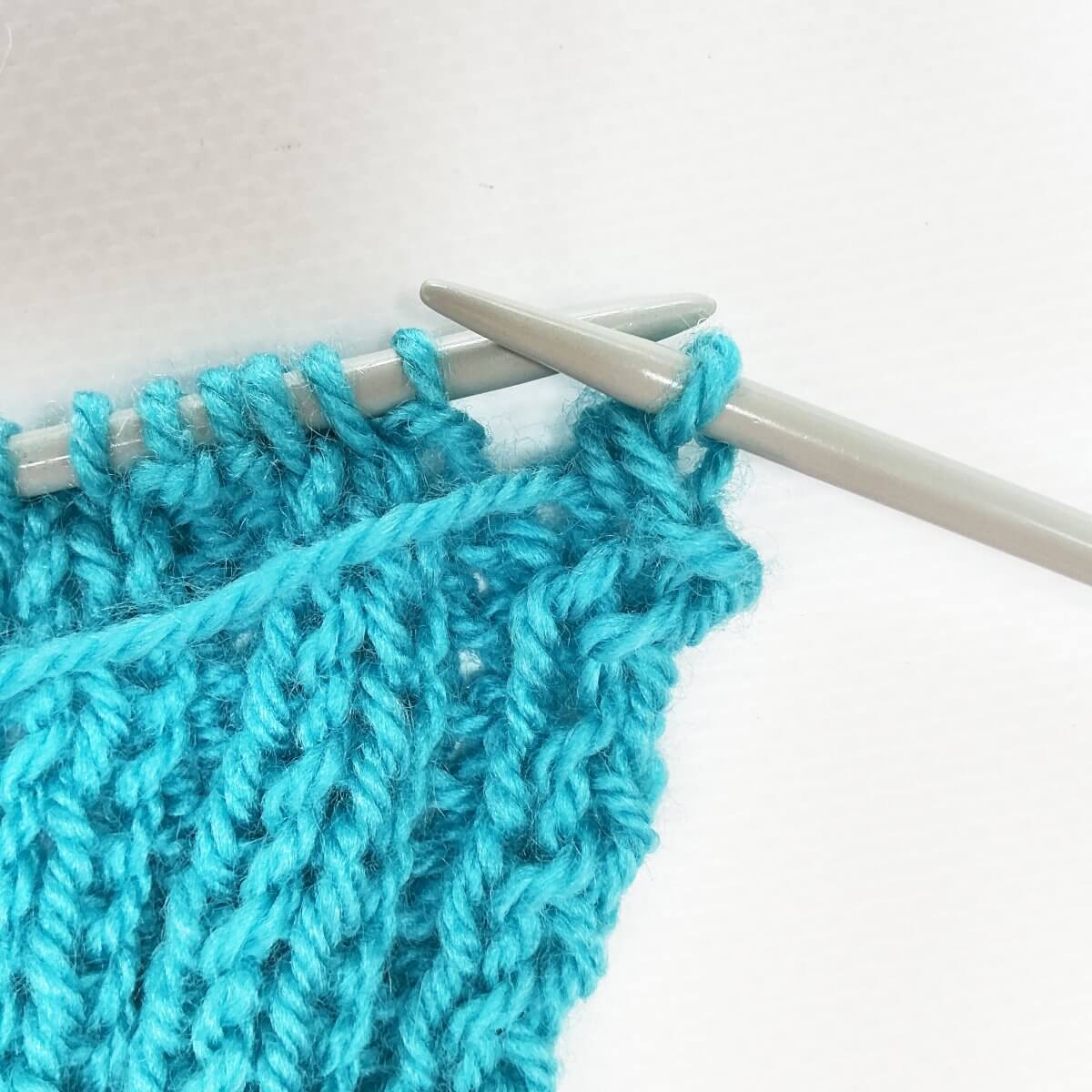
- Repeat steps 6-9 for the second purl stitch to be bound off for the ribbing.
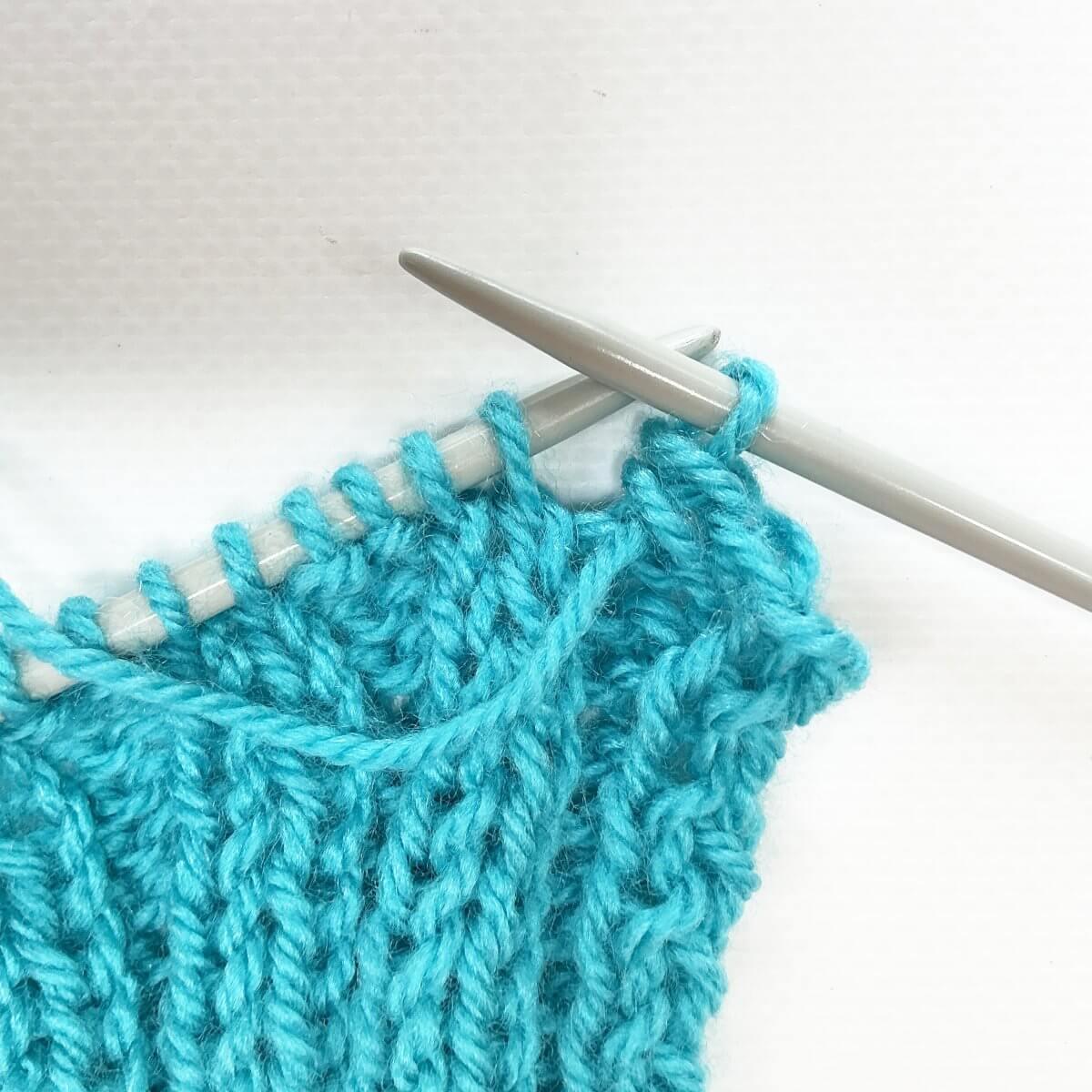
- Continue working steps 3-5 for every knit stitch you encounter, and steps 6-9 for every purl stitch.
To bind-off the last stitch you end up with, just break your yarn, and pull it through.
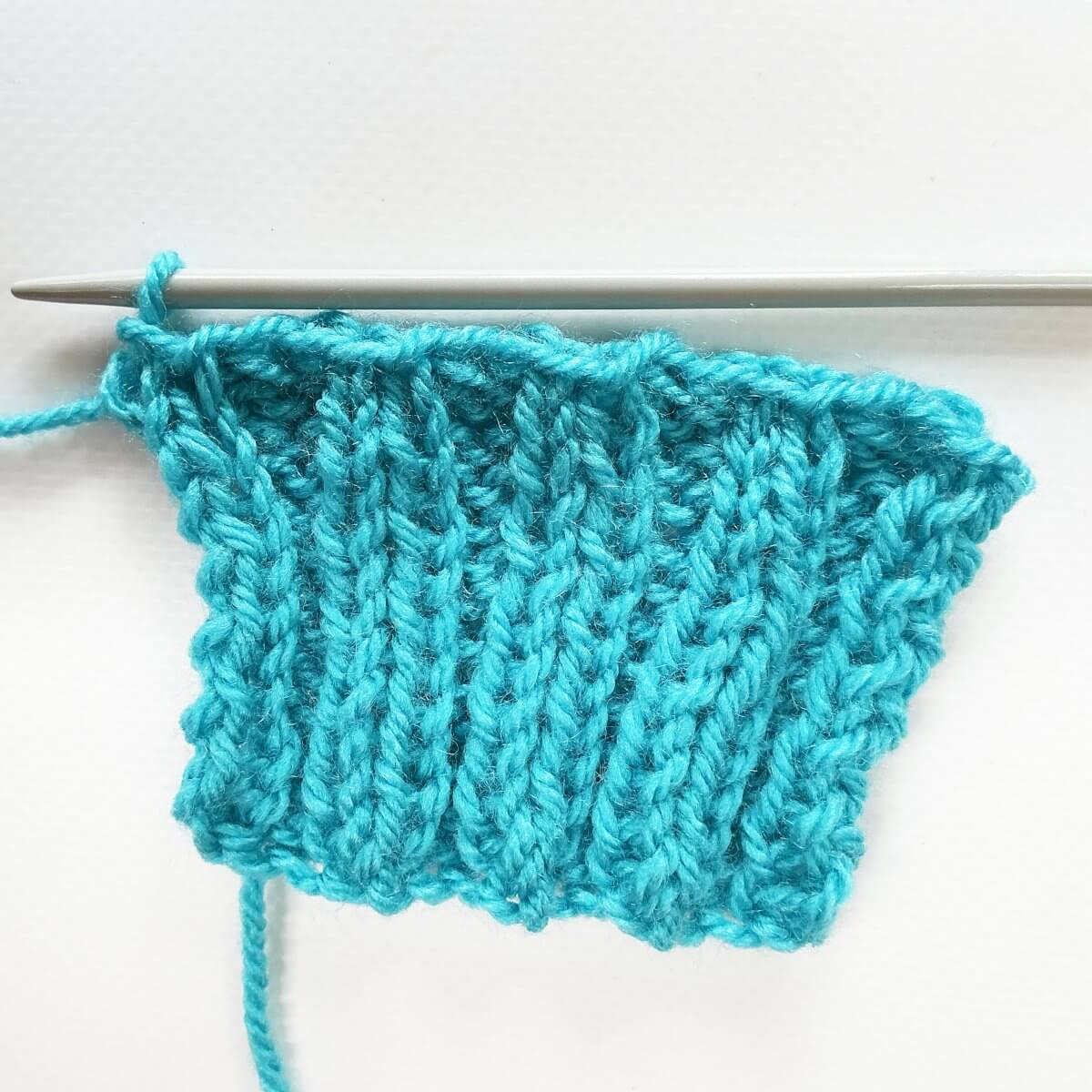

Thanks to my Patreon supporters for bringing you this freebie! Creating quality patterns and tutorials is a lot of work and resource-intensive. However, I find it important to give you free content like this tutorial. Thanks to the generous support of my Patreon supporters, I can make it happen. Thank you, patrons! Click here to join, or click here to read more about La Visch Designs on Patreon.
tutorial – working the stretchy yo bind-off for 2×2 rib Read More »

